My Activity Tracking
127
kms
My target 50 kms
Walk 50K in September
I’m taking part in this challenge to support The Royal Marsden Cancer Charity. They ensure The Royal Marsden’s world-leading nurses, doctors and research teams can provide the very best care and develop life-saving treatments, which are used across the UK and around the world.
By donating to my page, you’re helping to make a significant difference to the lives of cancer patients and their loved ones. Please support me today!
My Achievements

Received First Donation

Added Blog Post

Has Created Team Page

Self Donated

Reached Fitness Target

Uploaded Profile Pic

Has Shared Fundraising Page

Received 5 Donations

Reached 50% of Fundraising Target

Reached Goal
My Updates

Beyond the Challenge!
Thursday 2nd OctWhat started as a simple 50km challenge quickly ran away with me (and my legs!) and turned into a full-blown Norfolk-meets-London adventure - 13 walks, 127km, and a hunt for hidden stories in lanes, ruins, and riversides.
I began with a golden-hour stroll in rain-washed air, but soon found myself time-travelling on foot - past Roman ruins and Saxon burial grounds, round-towered churches and lost chapels, through tangled woods and along the fading trail of Norwich’s medieval city walls. There were flint towers nestling beside busy roads, wounded WWII radar masts, rumours of UFO sightings, and ruined churches said to shelter moonlit angels. Village signs whispered centuries of history, and a 4:30am start under a star-scattered sky made me wonder how many sunrises others have watched over millennia.
London added its own layers - from the old pleasure gardens of Battersea to the iconic chimneys of the power station, and a zoo where pigs now roam underneath flocks of wild parakeets.
Each walk peeled back more than just miles - they revealed the hidden past in places I thought I knew. I came for the challenge, but stayed for the stories.
The best part? With your help, I’ve raised £227 for the Royal Marsden! ✨
This fundraising page is open until 10th October if you’d like to help give this wandering even more meaning. I honestly can’t thank you enough - your support kept me going, come rain, shine, or thunderstorm!
Share
Walking the Line: A Flinty Love Letter to Norwich’s Medieval Walls
Tuesday 30th SepIf you’ve ever found yourself meandering through Norwich and noticed a stubborn chunk of flint wedged between red-brick terraces, alongside a busy road or coyly peeking out from behind a pub car park, you’ve had a brush with the ghosts of the city’s medieval defences. Most people stroll by without a second glance, but once you tune in, these weathered survivors start whispering stories. For my final walk of the month’s challenge, I decided to follow those whispers and trace Norwich’s old city walls - or at least what’s left of them.
Back in the day, a proper English city wasn’t official until it had wrapped itself in stone. Think of it as medieval branding: “We’re wealthy, important, and very difficult to sneak into after dark.” Norwich went big on this. Starting in 1294, the city embarked on a building spree that produced over two miles of stone and flint walls, complete with forty towers, ditches as wide as swimming pools, battlements for the archers, and gateways that were both formidable and intimidating. By the 1340s, the circuit was complete: twenty feet high, bristling with arrow loops, and occasionally upgraded to handle the terrifying new technology of the age - gunpowder.
Of course, Norwich had been dabbling with defences long before this. As far back as the 10th century, when the city was Anglo-Scandinavian and buzzing with trade, the first earthen banks and ditches marked its territory. By 1253, they’d probably added timber palisades - medieval equivalents of putting up a fence and a Ring doorbell camera. But the 14th century stone walls were on a whole new level. Norwich wasn’t just protecting itself; it was showing off…
The gates weren’t just doors in the wall. They were full-on bureaucratic machines. Want to bring in a cartload of grain? Toll, please. Delivering livestock? Toll. Passing through a bit too cheerily? Possibly another toll. Gates enforced curfews too: after sunset, they clanged shut. Arrive late and you were out of luck - find a hedge and risk the robbers, who prowled nearby…
And then there were the public service announcements. Criminals could find their heads displayed on gate spikes, a not-so-subtle reminder that Norwich took law and order seriously. Meanwhile, traders sometimes clustered around just outside the gates to avoid city taxes, creating informal markets that were lively and chaotic.
Fast forward to the late 18th century, and Norwich’s fortifications had outlived their usefulness. The city was expanding, carriages needed wider roads, and residents were fed up with bottlenecks every time they wanted to deliver bricks or beer. One by one, the gates came down. St Stephen’s Gate went in 1793, Ber Street Gate in 1807, Magdalen Gate - the last of the big ones - in 1808. By the 19th century, much of the wall itself had been pilfered for stone, buried under railways, or recycled into terraced housing. If you walk Queen’s Road today, you’ll spot flintwork stitched into Victorian walls - the city quite literally built its new identity from the rubble of the old.
I started my own walk at Norwich bus station, not exactly glamorous but, as it turns out, right next to a surviving part of wall. I’d passed it countless times, but on this unseasonably warm, blue-skied day it was the perfect scene-setter. This section even boasts the remains of a tower, one of the forty that once punctuated the circuit. Open to the sky, roofless, flinty, and pigeon-haunted, these towers weren’t just pretty turrets. They were multi-purpose machines: lookout posts, flanking defences, storage sheds, and guard shelters - with the added job of silently shouting, “We are wealthy and well-armed.”
Heading east, I spotted the Victorian knack for recycling. Along Queen’s Road, red brick rubs shoulders with medieval flint, as if the 19th century builders couldn’t quite resist plundering the past. Archaeologists have confirmed this: whole terraces along Queen’s Road, Bracondale, and Carrow Hill incorporate wall fragments, either standing in situ or rebuilt into back gardens. At 216–222 Queen’s Road, the medieval remnants are quite literally someone’s back wall. Imagine living with that kind of history propping up your shed!
Onwards to Ber Street, where one of Norwich’s main gateways once stood. The Ber Street Gate was pulled down in 1807, but the pub nearby - The Berstrete Gates - keeps the memory alive with a mural of the vanished structure. Fittingly so, since “ber” is Old English for “barley,” and this road once funneled in cartloads of the stuff for Norwich’s breweries. Picture the scene: farmers trundling in from the countryside, merchants haggling, toll collectors rubbing their hands together.
Carrow Hill brought me to the looming Black Tower, a moody 14th-century flint relic guarding a vulnerable point in the walls. Its dark stones explains its name - though standing there in the shade of trees, it’s hard not to feel a gothic shiver. This tower saw action during Kett’s Rebellion in 1549 (more about that later), fell into a picturesque ruin for centuries, and now sits Grade I listed, watching modern Norwich rush past below.
Just downhill lurks the Wilderness Tower, less well known but equally fascinating. Built into steep ground, it gave medieval defenders a perfect angle to shoot at anyone trying to sneak up. By the 18th century, the tower and surrounding slopes were reinvented as “The Wilderness,” a pleasure garden where genteel Georgians strolled, admiring the scenic views. From arrows to afternoon promenades - talk about a career change. I only managed a glimpse from afar - a silhouette perched above the rooftops, still lording it over the city as if the centuries hadn’t passed. Even at a distance, it knows how to work the skyline.
Crossing Koblenz Avenue, I came face to face with the remains of a boom tower. Once upon a time, two of these supported a chain or timber barrier across the River Wensum, effectively turning the river into a checkpoint. No medieval customs declaration? No entry. One tower survives, standing in all it’s crumbling atmospheric majesty, while the other clings on as a half-buried base across the river.
Following the water, I soon reached Bishop Bridge - Norwich’s last surviving medieval river crossing, dating back to 1340. It once had its own fortified gatehouse, part traffic management, part bishop’s VIP entrance, but that was demolished when it started damaging the bridge. The bridge itself witnessed plenty of drama, most notably during Kett’s Rebellion. In 1549, Robert Kett led 20,000 Norfolk rebels against land enclosures, even seizing Norwich before the Earl of Warwick’s troops crushed them. Kett was executed, but the uprising showed just how fiery Norfolk could be. Today it’s serene, with swans gliding underneath, but the stones remember.
From here, the walk turned golden - literally, as the leaves along Riverside Park began to turn a russet orange. And there, among the trees, rose Cow Tower: Norwich’s round, brick-and-flint artillery tower, built in 1398–99 as one of England’s earliest purpose-built gunpowder defences. Its name actually comes from a nearby meadow called Cowholme - not, sadly, from some epic medieval bovine fortress. And no, it’s not named after Zak’s Riverside diner either - despite the delicious irony of Cow Tower standing next to a burger restaurant! It’s solid, scarred, and roofless, its five-foot-thick walls a reminder that Norwich once nervously upgraded for cannons and handguns. I peered through the barred gate at the hollow interior, imagining defenders clattering up the spiral staircase. It felt like stepping into a time machine - minus the pigeons, who have since moved in with gusto.
Every Christmas Eve, just before midnight, Cow Tower is the setting for a spooky local legend. People say an undead coachman shows up, arriving in a ghostly carriage pulled by phantom horses, after making his way alongside the misty river. No jingling bells or sacks of presents here - just the sound of eerie hooves and enough goosebumps to make you think twice about sticking around. Definitely not your typical festive guest!
Onwards along the Wensum, I found more walls stitched into modern housing areas, before reaching Barrack Street’s beautifully arched ruins, and then Magdalen Gate’s former site. Once one of Norwich’s busiest gates, conveniently next to the gallows, it was demolished in 1808. Along nearby Wall Lane, the old wall hasn’t vanished - it’s just gone undercover, blending seamlessly into garden walls, because nothing says ‘home sweet home’ like a bit of ancient fortification sheltering your begonias!
The northern arc of my walk was thick with survivors: arrow loops, crumbling towers, walls that rise proudly then crumble into rubble, marking out the flinty footprint of it’s foundations. By the time I reached Barn Road and the site of Benedict’s Gate (demolished in 1808), I was weaving between history and daily life - wheelie bins on one side of me, medieval towers on the other. Chapelfield Gardens offered a leafy breather, flanked by yet more stretches of wall that line the dual carriageway like reluctant spectators of the city traffic.
Finally, I arrived at the site of St Stephen’s Gate, demolished in 1793 but remembered with a mural on the wall of the Coachmakers Arms pub. This was the one Queen Elizabeth I passed through when she entered Norwich in 1578. I bet the flint was extra shiny that day!
No walk tracing Norwich’s defences is complete without paying respects to the jewel in the crown: Norwich Castle. Built by William the Conqueror after 1067, it was as much a statement of dominance as a fortress. Today, its chunky Norman keep houses a museum and art gallery, but standing on its mound, sandwich in hand, I couldn’t help but feel the city’s heartbeat.
By the time I slumped onto the bus back to my car, I’d clocked up over 12km - pushing my September challenge total to 127km. I’d started the month aiming for 50. But curiosity (and perhaps a few ghost stories) led me further, into the alleyways, ruins, and rabbit holes of history. Norwich’s walls may be fragmented, but they’re everywhere once you start looking - stitched into the bricks of houses, standing stubbornly by busy roads, or whispering through legends of phantom coachmen at Christmas.
They’re not just old walls. They’re Norwich, in stone and flint. And as you lace up your trainers, they promise to take you on an adventure…
Pics in gallery!
Share
Whitlingham: Where Lost History Meets Sparkling Waterways
Thursday 25th SepFeeling that familiar itch to clock some more distance for my September challenge, I knew exactly where I needed to be. The sun had decided to grace us with its presence, the sky was sprinkled with those picture-perfect fluffy clouds, and a brisk, chilly wind was doing its best to remind me it was soon to be sweater weather. So, I laced up my trusty trainers, threw on my fleece, grabbed my sunglasses, and headed out the door - ready to chase those kms!
Just a stone’s throw from the fine city of Norwich lies a curious little slice of everything: nature, history and a church ruin that may or may not host ghostly statues as the rest of us see in the new year to Big Ben’s chimes…
Welcome to Whitlingham, where the broads are new-ish, the ghosts are old, and the ducks seem permanently surprised you’ve turned up! Whitlingham is just outside Norwich, tucked onto the south bank of the River Yare. You get there via Whitlingham Lane from Trowse and this is no ordinary country park. This is a place where flint-knapping Neolithic people once chopped rocks into shape, monks had royal sleepovers, and mysterious stone angels allegedly go on moonlit winter strolls. Today, it’s all part of Whitlingham Country Park, a Local Nature Reserve (since 2009, if you like your nature official), managed under the watchful eye of the Broads Authority.
First up on the walk: the eerie, crumbling remains of a church perched atop a hill, hidden away in the woods above the River Yare like something out of a gothic fairytale. St Andrew’s Church is so hidden you might miss it entirely: Just a handful of ivy-clad walls poking through the undergrowth, quietly spilling centuries-old secrets if you’re willing to listen. Built in Saxon or Norman times (historians still can’t agree), it once proudly sported a classic East Anglian round tower, but by 1630 it was already doing its best impression of a slow-motion collapse. The final curtain call came in 1940 when the tower finally gave up and crumbled - Nature: 1, Architecture: 0.
Determined to get a closer look, I clambered up the steep, leaf-strewn slope, collecting a few choice nettle stings along the way. The ruins themselves are structurally unsound, so no dramatic entry shots, but I managed to get almost to the top and could spot bits of the old church wall still bravely clinging on. Picking my way back down (very carefully - those nettles were still nipping at my ankles), I stepped into the clearing below, where parts of the ruins lay scattered across the forest floor like a huge jigsaw puzzle. Time, gravity, and a few overly enthusiastic landslides have clearly been having a field day here, leaving behind moss-covered chunks of church casually strewn about like the aftermath of one hell of a party. Dramatic? Definitely. Atmospheric? Off the charts!
What really gives these ruined remains their deliciously spooky edge is the local legend that clings to them like all that ivy. Four stone statues of angels once stood atop the tower and supposedly, at midnight between Christmas and New Year’s Eve, something is said to have taken place… Some say the angels would mischievously swap places, while others insisted they would actually come to life, shake hands, before settling into their stony poses again. Was it a ghostly occurrence, or just a creepy little cautionary tale, whispered to keep starry-eyed Victorian sweethearts from sneaking off here for a romantic tryst? Married folk, by the way, were supposedly unable to see any of it – which all feels rather convenient… Truth or tall tale, it’s the kind of legend that fires up the imagination – and if there’s even a grain of truth to it, do those angels still sneak back for a late night festive get-together?
The church isn’t exactly a tourist hotspot - it’s hard to find, tangled in undergrowth, and very much not maintained - but if you do stumble across it, the views are dramatic, the vibes are mysterious, and the whole place hums with a beautifully eerie, forgotten history.
I made my way back to the country lane that snakes toward Whitlingham Country Park, crunching through autumn leaves and dodging the countless conkers, while the wind whipped through the trees like it had urgent business elsewhere. My destination? The Great and Little Broads - two lakes so sparkly they look like someone’s gone over them with a giant glitter brush every time the sun breaks through. But don’t let their serene, timeless ambiance fool you - these broads aren’t as old as you might think. Unlike the ancient, peat-dug waterways Norfolk is famous for, Whitlingham’s lakes are the surprisingly scenic byproduct of late 20th-century gravel extraction. Around 220,000 tonnes of gravel were hauled out each year to help build local landmarks like Castle Mall, The Forum, and the Nestlé site redevelopment. Once the digging stopped, nature got to work: groundwater filled the empty pits, ducks moved in, and just like that, the broads at Whitlingham were born. Now they’re watery playgrounds, complete with wobbly kayakers, graceful swans, and a whole host of other creatures (including The Birdwatcher - easy to identify that particular species as they’re the ones carrying binoculars). The surrounding meadows, woods, and marshes might sound like standard country park fare, but here the whole thing feels like it’s been turned up to eleven - wild and completely wonderful!
Back to the wildlife - it’s basically a BBC nature documentary waiting for the cameras to roll. You’ve got regal swans gliding past, nosy Egyptian geese photobombing shots of waddling mallards, great blue herons striking awkward yoga poses, red admiral butterflies dancing around the wildflowers and seldom seen shy otters working the reed beds. The air is alive with birdsong and if you're lucky, you might spy orchids in bloom or fungi quietly arranging a fairy circle under the trees. But there’s also something else that lays here…
Lurking on the fringes of the park, are the ruins of Trowse Newton Hall - a delightfully crumbled slice of history that’s far easier to stumble across than you’d expect. This was once a luxurious countryside retreat for the priors of Norwich Cathedral, and in 1335, it played host to King Edward III and Queen Philippa, who stayed there whilst visiting the area. Sadly, the hall’s royal credentials didn’t protect it from the wrath of the 18th-century mob. During the Norwich food riots of 1766, it suffered serious damage. These riots weren’t just your standard rowdy outbursts – they were about bread, survival, and what people saw as a moral duty to keep food prices fair. By the mid-1800s, the hall had been reduced to a humble farmhouse. Now, it's a haunting, vine-draped shell with traces of gothic windows and an aura that feels as though it should have a few ghostly stories attached to it (even though there are no documented tales of any spooky goings-on).
Whitlingham isn’t just a pretty park on the edge of Norwich - it’s where deep history, industrial grit, and natural beauty all collide in the best possible way. Whether you’re here for the wildlife, the quirky stories, or just a solid stomp followed by a well-earned coffee, this place ticks every box. These days, Whitlingham Country Park perfectly blends wild adventure with welcoming charm. You’ve got a buzzing adventure centre for sailing, windsurfing, canoeing, or stand-up paddleboarding, plus a scenic 3km path looping around the Great Broad that’s partly wheelchair-friendly. Add in a beautifully converted flint barn housing the visitor centre and café, and you’ve got yourself the ideal spot - whether you’re after a picnic, a paddle, some birdwatching, or even a gentle ghost hunt. There’s truly something for everyone.
I ended my stroll way beyond the edges of neighboring Trowse - in fact, I was almost venturing on Arminghall territory! When I finally glanced at my watch, I saw I’d walked over 15km! And I’d even stopped at a bench to eat my sandwich and rest my legs for ten minutes halfway through! Today’s little wander pushed my monthly total up to a solid 114km - well past the 50km goal I set at the start. Talk about smashing expectations! With a few days of September still to go, I’m pretty confident I can squeeze in a couple more walks and finish the month off in style!
Pics in gallery!
Share
Chasing Sunrises: From Stonehenge to School Run
Tuesday 23rd SepI was up and out again before the birds had even started to stir - trainers laced by 4:50am, hoodie zipped up, and hands tucked up into my sleeves like makeshift gloves. It was one of those cloudless mornings that look pretty but feel icy, and as I padded around the still-sleeping village, the stars were dazzling against the inky sky. With nothing but the sound of my footsteps for company, my mind drifted to how humans, across the ages, have gazed at this same sky and waited for that first streak of light.
Back in the Neolithic period, sunrise wasn’t just pretty - it was survival. Early farmers relied on the sun to tell them when to plant, when to harvest, and when to hunker down. And they didn’t just glance at the dawn; they built monuments to it. Think Newgrange in Ireland, where the winter solstice sunrise beams into a dark tomb like a heavenly torch, or Stonehenge, aligned perfectly to midsummer’s first light. For them, dawn wasn’t just a new day—it was rebirth itself, proof that life and light still had the upper hand over deathly darkness.
Fast forward to ancient Egypt, and sunrise became a full-blown cosmic drama! Each morning, the god Ra was reborn after battling the monsters of the underworld all night long. Dawn was his victory parade, spilling golden light across the land, bringing fertility and balance - what they called ma’at. Temples like Karnak and Abu Simbel were built so the sun’s first rays would pierce their sanctuaries, as if the gods themselves were clocking in for work. Pharaohs, naturally, tied themselves to the sunrise too—what better PR than aligning your rule with the eternal rebirth of the sun?
The Romans, never ones to miss a good story, adopted and adapted these solar ideas. For them, Aurora threw open the gates of heaven each morning so her brother Sol could charge across the sky in his fiery chariot. Later, they saw Sol Invictus - the “Unconquered Sun” - as a symbol of victory, empire, and eternal power. Sunrise became not just a fresh start, but a kind of celestial pep talk: light beats dark, order beats chaos, Rome beats everyone!
The Vikings saw sunrise in a harsher light. To them, the sun was the goddess Sól, racing her chariot across the sky with the wolf Sköll forever snapping at her heels. Every dawn meant she’d escaped another close call - but one day, at Ragnarök, the wolf would win. Until then, the sunrise was resilience embodied, and also a handy navigation tool. Viking sailors even used “sunstones” to find its hidden glow on cloudy days. Dawn wasn’t just a mythic drama - it was a compass and a lifeline.
Then there were the Maya, who really went all-in on their sun worship. Their sun god Kinich Ahau was basically the cosmic powerhouse, reborn every morning to fuel the universe. The Maya were astronomers par excellence, tracking every shift in the sun’s position to build calendars and design temples. At Chichén Itzá, the sunrise on the equinox makes a shadow serpent slither down the pyramid steps - talk about theatrical! For the Maya, every dawn was a divine performance, the universe itself on stage.
By the medieval period, the sunrise had settled into a blend of old and new meanings. For Christians, it mirrored Christ’s resurrection. Monks rose at dawn to pray the office of Lauds, farmers rose to plough, and churches were often built facing east, literally toward what they saw as the light of God. For ordinary folk, the sunrise was both a clock and a sermon in the sky: a promise of mercy, hope, and a brand-new start.
And today, the sunrise still has us under its spell. For many, it’s a moment of calm before the hustle bustle begins, a mindfulness pause, or simply a daily reminder that the Earth keeps on turning. Science tells us it’s our planet rolling back toward the star that keeps us alive, but in poetry, art, and Instagram posts, it’s still all about new beginnings and beauty.
By the time I made it back home—fingers numb but feet gloriously warm—I’d clocked up 6km. That puts my September total at 99km, which means my next walk will tip me over the big 100! Not bad for a morning’s wondering wander under a sky that’s been inspiring awe for thousands of years. For me now though, it’s less Ra and Ragnarök, and more the school run and a day at work - all under the same sun I watched rise.
Pics in gallery!
Share
From a Full English to Feathered Friends: A Wild Day in the Wetlands!
Sunday 21st SepWe woke up bright and early in our South London hotel, lured down by the promise of a full English breakfast. Eggs, sausages, beans, black pudding, hash browns – the works. After fuelling up like champions, we checked out and set off to meet friends at the London Wetland Centre - a great place to squeeze in a few more kms!
And what a place it is! It really does feel like you’ve slipped through some sort of magical wardrobe: one minute you’re in Barnes, the next you’re in a nature reserve that could be miles from London. Kingfishers darting across the water, the reeds rustling as though in conversation with one another, fluffy clouds piled up high and gorgeous blue sky perfectly mirrored in the lakes… and yet, just up the river, double-decker buses are rumbling past Big Ben.
The wetlands are teeming with life. Over 180 bird species have been spotted here – from the shy bittern (a bird so elusive it makes Bigfoot look sociable) to kestrels hovering like feathery helicopters. Migrating flocks swoop in each year (think Heathrow, but for feathered travellers), while water voles, dragonflies, frogs, bats, and even the odd grass snake keep things interesting.
Hard to believe this was once just a bunch of disused Victorian reservoirs. Thankfully, the Wildfowl & Wetlands Trust, founded by Sir Peter Scott (son of the Antarctic explorer), swooped in to transform it. By 2000, it had become a 105-acre wildlife haven – with none other than Sir David Attenborough cutting the ribbon.
We spotted a swan wandering across the path in front of us, her almost fully grown beaky babies in tow – total postcard moment! Our own little “cygnets” made a beeline for the adventure playground and vanished into tunnels and onto the zip line, soon rosy cheeked from all the climbing, crawling and clambering!
Then it was off on the Wild Walk – and it didn’t disappoint. Forget neat little gravel paths; this is part jungle gym, part nature trail. Swaying bridges tested our balance, reedbed walkways whispered on the breeze that almost toppled us off wooden beams, stepping stones had us wobbling close to the water’s edge, and every so often something – frog, bird, or dragonfly – would leap out and remind us who really lives here. The children channelled their inner explorers, and truth be told, so did we!
Clemency and our friends’ three-year-old particularly loved the pond-dipping. They fished out sticklebacks, snails, and even a water boatman, all while being carefully supervised by a frog sitting in the reeds like some kind of pond lifeguard.
As much as I loved the birds, the wildlife, and the wobbly bridges, the best part was being able to catch up with our friends. Over the past 16 years, together we’ve explored different places around the world, toasted weddings, rung in new years, and shared more late-night bottles of wine than I care to count. And now we get to see our children playing together, shrieking with laughter as they chase each other around, and it warms my heart so very much. An ice cream on the decking rounded off the day perfectly, the sunshine sparkling across the water.
By the time we finally tore ourselves away from the wetlands, my tracker smugly informed me we’d clocked up another 5km – nudging my month-to-date total to a rather satisfying 93km! Even better, all this strolling, stomping, and adventuring has now helped me raise £208 for the Royal Marsden! Absolutely over the moon! And September’s not done yet!
Pics in gallery!
Share
Parakeets, Pigs, Pizza & Power Stations: A South London Adventure!
Saturday 20th SepThis weekend saw us swap our usual haunts for a change of scenery – South London! We came to visit some wonderful friends, but don’t worry, walking shoes were firmly packed. And yes, we definitely racked up the steps!
We kicked off the day in Surbiton, where the sun obligingly peeked through the clouds and the air was surprisingly mild for September. A stroll to the train station later, and we were off – a quick hop via Clapham Junction, and suddenly Battersea Park was our playground.
First stop: Battersea Children’s Zoo. And what a gem it is! Picture this: adventure playgrounds galore, a retired fire engine you can clamber inside, a decommissioned helicopter (because why not?), an old tractor, and a whole menagerie of animals. Lemurs? Yep! Meerkats? Absolutely! And otters, tamarins, sheep, and plenty more besides! One of the highlights was feeding Ruth, a rare-breed pig with a serious penchant for beetroot and sweet potatoes. Ruth polished off her food like a ravenous diva at an all-you-can-eat buffet, while we nibbled our sandwiches – less theatrical, but still pretty satisfying.
As if all this wasn’t enough excitement, we also spotted one of South London’s most colourful residents: a wild green parakeet. With their bright plumage, long tails and jungle-worthy squawk, they look like they’ve flown straight out of the rainforest! These exotic looking birds have, however, made London their home. How they got here is still up for debate – runaway pets? A rogue film set escape? A whole gang of them hitching a lift to Heathrow? No one knows for sure, but what we do know is there are now around 30,000 of them across the UK, mainly in South London. If you’re in a London park and hear tropical sounds particularly around Zone 3 – it’s probably not your imagination…
Next on the itinerary: Battersea Power Station. One of London’s true icons, this beast of a building has lived several lives. Built in two halves (1930s and 1950s), it once kept a fifth of London’s lights on – including Buckingham Palace’s. Architect Sir Giles Gilbert Scott gave it that striking mix of Art Deco elegance and industrial muscle, not to mention the four iconic towering chimneys. He also dreamed up those famous red phone boxes – proof that good design can be monumental, regardless of the structure’s size.
But the real fun starts with its quirky history. Pink Floyd fans will recognise it from the Animals album cover, when it was pictured with an inflatable pig hovering between the stacks. Said pig promptly escaped, drifted into Heathrow’s airspace, and nearly caused mayhem! Over the years, the station has cameoed in everything from The Dark Knight to The King’s Speech. And in the 80s, there were actual plans to turn it into a Disneyland-style theme park. Sadly, the dream collapsed faster than a circus tent in a thunderstorm…
Today, Battersea Power Station has had its glow-up. Inside, you’ll find shops, restaurants, cafés, bars – and, in our case, a good 30 minutes exploring the LEGO store. Outside, the grassy park along the Thames is the perfect chill-out spot. We stood watching a street performer conjure enormous rainbow bubbles, while Clemency and our friend’s three-year-old chased them with glee.
To round things off, we sipped a well-earned glass of wine at Vagabonds (juice and water for the little ones), before hopping on the tube to Waterloo and then back to Surbiton. Dinner was a feast of pizza, tapas, and another cheeky glass (or two) of wine at ExCellar.
A magical day with magical friends. My tracker clocked 6km of walking (bringing me up to 88km this month so far), though I swear my legs insist it was double that! Time for some well-earned sleep, because tomorrow, London has even more adventures waiting for us!
Pics in gallery!
Share
Sweet Treats, Big Impact!
Saturday 20th SepYesterday was no ordinary Friday at Nationwide in Norwich – oh no, it was Bake Sale Day! The kind of day that makes the whole branch smell like Mary Berry has moved in and set up camp. All in aid of the Royal Marsden Cancer Charity, we pulled out all the stops (and all the sprinkles)!
The spread was spectacular. Think Unicorn cakes dazzling with pastel frosting, sticky toffee slices topped with curls of caramel, salted caramel squares so moreish they should come with a warning, and that was just the shop-bought glamour! Our home bakers got busy too: red velvet cookies, chocolate brownies, dainty fairy cakes, chunky Rocky Road bites, and of course Ria’s legendary sausage rolls (imagine sausage meat hugged in smoky chorizo before being tucked up in golden puff pastry – divine). I threw my hat in the ring with the lemon curd cupcakes and extra-chocolatey cookies that I had made the day before. The whole lot was displayed proudly near our waiting area, looking so good it was practically begging to be photographed!
As soon as the doors opened, the cakes worked their magic: a whiff of sugar here, a hint of butter there, and suddenly customers were gliding toward the table like contestants to a Hollywood handshake. For a donation of their choice, they could take their pick from our smorgasbord of treats – and they certainly did! Some even donated without nibbling a single crumb (how they resisted I’ll never know)! The generosity was incredible, and the conversations even more moving. One person told me the Royal Marsden had saved a family member’s life – a reminder of exactly why all this cake-baking and calorie-consuming really matters.
By 4:30, we’d raised over £75! A brilliant total, and the leftover goodies didn’t go to waste – we shared a plate with the lovely team at the electronics shop across the road, as a thank you for always lending us their table when we put on events like this! Judging by their smiles, I’d say that was a hit too.
All in all: cake was eaten, money was raised, and hearts (and tummies) were very full!
Pics in gallery!
Share
Whisks at the Ready: Baking for the Royal Marsden!
Thursday 18th SepBig news: tomorrow is bake sale day at Nationwide Building Society in Norwich — my workplace and the perfect venue for a sugar-fuelled fundraising frenzy! We’re rolling out the sweet treats in aid of the amazing Royal Marsden Cancer Charity, so every bite goes to a brilliant cause. Calories don’t count when it’s for charity, apparently!
This morning, powered by an early walk and a few very necessary coffees, I tied on my apron, grabbed my trusty hand mixer, and launched into what can only be described as a full-blown baking extravaganza.
First up: Zesty Lemon Curd Cupcakes – think fluffy lemon sponge, citrusy buttercream, and a scandalous amount of gooey lemon curd hidden in the middle. Tangy. Bright. Slightly dangerous. The kind of cupcake that slaps you awake and then gives you a hug.
Then came the Night & Day Chocolate Cookies, because why choose between milk choc chip and double chocolate when you can have both in one cookie? Half-and-half, beautifully swirled, and deeply indulgent – perfect for the indecisive chocoholic!
Just as I was pulling the last tray out of the oven, Clemency burst through the door after school. She gave the cookies a very serious taste test, by which I mean she gobbled down three in quick succession — so, I’m taking that as a thumbs up!
I’m so excited to see what delicious delights my colleagues have whipped up too — I’ve got a feeling it’s going to be a bake sale to remember! Wish us luck!
Fancy the recipes? Well, they are top secret… But since it’s all in the name of a good cause, I suppose I can be persuaded to spill the baking beans…
🍋🍋 Zesty Lemon Curd Cupcakes 🍋🍋
A sunshine-filled treat with a surprise lemony punch inside. Because why settle for a plain old lemon cupcake when you can fill it with lemon curd and slap on a zesty buttercream crown? These cupcakes are bright, fluffy, and just bougie enough to make you feel like a baking genius (without the stress).
🛒 What You’ll Need
🧁 The Cupcake Base:
- 120g plain flour (sifted, like it’s going to a fancy party)
- 150g caster sugar
- 1½ tsp baking powder
- Zest of 2 lemons (yes, get your grater ready)
- 40g unsalted butter (room temp, not fridge rock)
- 120ml milk
- 1 egg, lightly beaten (give it a whisk like you mean it)
- Lemon curd — from a jar is fine, don’t worry!
🎀 For the Lemon Frosting:
- 350g icing sugar (sifted)
- 80g unsalted butter (again, room temp so it’s spreadable, not stubborn)
- Yellow food colouring — as much or little as your lemon-loving heart desires
- 3 tsp lemon essence (not extract, we’re going for a citrusy slap across the taste buds, not a dainty little chin tickle).
- 25ml milk (just a splash to loosen things up)
🔧 Let’s Bake Some Joy
- Preheat your oven to 170°C and line a muffin tray with 9 cases. Nine. Not twelve. These are deluxe cupcakes…
- In a large bowl, chuck in your flour, caster sugar, baking powder, butter, and lemon zest. Mix it all up — freestanding mixer with a paddle attachment or go old-school with a wooden spoon and some elbow grease.
- Slowly drizzle in your beaten egg and milk like you’re making a potion. Stir until just combined. Don’t overmix! You’re making cupcakes, not golf balls!
- Divide the batter evenly between the cases — about two-thirds full. Pop into the oven and bake for 20 minutes. Boom.
- Let the cakes cool down (impatience will burn your fingers and blister your tongue, trust me).
- Once they’re cool, grab a small spoon or cupcake corer (ooh get you, if you have one of these…) and scoop a little nugget out of each cake top. Not too deep — you’re not mining for gold. Just enough to make a cosy home for a spoonful of lemon curd.
- Fill each little hole with lemon curd. Try not to eat it all while doing this.
🍋 Frosting Time!
While your cupcakes chill (literally), let’s whip up that lemony fluff on top:
- In a bowl, beat together the butter, icing sugar, and lemon zest. Gently at first, unless you enjoy the feeling of being snowed in by sugar dust.
- Add a few drops of yellow food colouring — go soft and pastel or full-on sunshine. Your cakes, your choice.
- Splash in the lemon essence and milk to loosen it up. You're looking for smooth and pipe-able, not soup.
- Set it aside until your cupcakes are ready to be frosted. Try not to “taste-test” half of it…
- Frost your cupcakes however you like — with a palette knife for that rustic homemade look, or pipe it all fancy if you're feeling showy.
🍪🍪 Night & Day Cookies 🍪🍪
Ever torn between a classic chocolate chip cookie and a rich, double chocolate delight? So let’s stop choosing and just smoosh them together into the cookie hybrid of your dreams.
👩🍳 You’ll Need:
💛 For the Classic Chocolate Chip Dough:
- 126g unsalted butter, melted (but not scorching hot, please)
- 150g caster sugar
- 150g brown sugar
- ¾ tsp salt
- 1 large egg
- 1 large egg yolk (yes, just the yolk)
- 1 tbsp vanilla extract
- 1 tsp baking powder
- ½ tsp bicarbonate of soda
- 284g plain flour
- 150g milk chocolate chips
🤎 For the Double Chocolate Dough:
- 130g unsalted butter, melted (again, not lava)
- 150g caster sugar
- 150g brown sugar
- 50g cocoa powder
- ¾ tsp salt
- 1 large egg
- 1 large egg yolk (yep, another one)
- 1 tbsp vanilla extract
- 1 tsp baking powder
- ½ tsp bicarbonate of soda
- 213g plain flour
- 150g white chocolate chips
🛠️ Dough-ing It Right:
💛 For the Chocolate Chip Dough:
- In a big mixing bowl, whisk together your melted (but not hot) butter with the caster sugar, brown sugar, and salt. Think of this as the base of all cookie joy.
- Add in your egg, the extra yolk, vanilla, baking powder, and bicarb. Whisk like you mean it.
- Stir in the flour. Arms getting tired? You’re doing it right.
- Chuck in those chocolate chips and stir. If they’re playing hard to get, don’t be afraid to get in there with your hands.
🤎 For the Double Chocolate Dough:
- Basically do all of the above, but this time add the cocoa powder when you mix in the sugars and salt. That’s where the magic (and the mess) happens!
🎯 Cookie Assembly Mission:
- Preheat that oven to 170°C (middle rack, please) and line three baking trays with parchment paper.
- Scoop out a tablespoon-ish of each dough (choco chip and double choco) and smush them together like they’re soulmates.
- Make the dough into balls, being careful not to mix the colours up - you want that definition there!
- Space 5 cookie balls per tray — they like their personal space as they’ll spread out as they bask in the heat of the oven..
- Bake one tray at a time (patience, please) for 12–13 minutes.
- Let them lounge on the tray for 5 minutes, then transfer to a wire rack to cool.
Pics in gallery!

Moonless Streets to Foodie Thoughts
Thursday 18th SepToday, I was up and out just before 5am, lured into another early-morning wander while most sensible people were still tucked up in bed. The breeze was still hanging around, though less bossy than yesterday, and the temperature had softened too. With the clouds blotting out the moon and stars, the darkness felt thicker than it had on Tuesday’s walk — proper “turn-on-your-phone-torch” kind of dark.
I made my way onto The Street, heading south towards All Saints’ Church, weaving past a surprising number of dog walkers. Clearly the locals were cashing in on the dry spell before the forecast rain gatecrashed the day. Then, up ahead, the glow of a familiar sign: Win Lee Chinese Takeaway. Ah, Win Lee — our go-to for takeaway nights, and for half the village too! Famous for its generous portions, friendly service, and that cheeky free bag of prawn crackers that always sneaks into the order. Even at silly o’clock, my stomach started staging a protest as I pictured their golden prawn toasts, zingy lemon chicken, and fire-cracker Singapore fried rice. Breakfast suddenly seemed a poor substitute.
Clearly my brain had flipped into food-tour mode, because my eyes slid next door to Zak’s Diner. All neon signs, booths, and Americana galore, with rock ’n’ roll tunes usually humming in the background — even when silent, the place feels like it’s full of music! The menu is pure comfort food: wings, ribs, hot dogs and loaded fries. But Zak’s true calling card is burgers, and lots of them. You’ve got the crowd-pleasing De-Luxe, layered with tomato, onion, pickle, lettuce and mayo. The sticky-sweet Rock House with BBQ sauce and cheese. The spicy Chilli Burger, complete with beef chilli and diced onions. And then there’s the gloriously bonkers PB, topped with peanut butter, maple and red pepper glaze, bacon and crispy onions. For the brave (or the ravenous), there’s The Big Un, a double-stack foil-wrapped beast that tips its hat to Zak’s beginnings in a Norwich burger caravan back in the 1970s. From that little trailer by the old cattle market, Zak’s grew into a Norfolk institution, with diners springing up across Norwich and eventually landing in Poringland in 2005.
As if my hunger pangs weren’t bad enough, a pop-up stall in the car park was getting ready for business, proudly advertising Cromer crabs. Norfolk’s shellfish superstar, these little brown crabs are caught in the chalk reef waters on the north Norfolk coast. Smaller, sweeter and more delicate than their cousins elsewhere, Cromer crabs have been reeled in for centuries — once from beach-launched boats, now from a modest but hardworking fleet. They’ve fed Victorian holidaymakers, inspired chefs in Michelin-starred kitchens, and still find their way into simple seaside sandwiches. Seeing the stall made me smile; it’s a living link between Norfolk’s food heritage and today’s hungry wanderers like me.
I eventually looped north again, still under that stubbornly dark grey sky, until I reached The Royal Oak and its faithful sidekick, The Fish Inn. Another classic Poringland landmark — and another pang of hunger. On Friday nights, the queue snakes out the door, everyone waiting for cod, haddock, or plaice, wrapped up with chunky chips, mushy peas, and maybe a dollop of curry sauce. Throw in fish goujons, chicken nuggets, or a chip butty, and you’ve got a menu built for hearty appetites. Fish and chips has earned its place in Britain’s heart: born in the 1800s, never rationed during the wars, and still the Friday night ritual for countless families. The Fish Inn is keeping that tradition alive right here in the village.
By the time I turned homeward, the sun had lifted just enough to bring a dull morning light. I’d clocked up 7km, nudging my month’s total so far to 82km — but all I could think about was breakfast. After all that temptation, yoghurt and honey hardly seemed fair…
Pics in gallery!
Share
Stars Above, Stories Below
Tuesday 16th SepI’ve got a busy week ahead — the kind where your to-do list rattles around your head before your alarm even thinks about going off! So, naturally, I set my alarm very early, and by just after 4:30am, I was lacing up my trainers and heading out into the inky blackness for a head-clearing, kilometre-boosting walk.
And when I say blackness, I mean it — the sky was pitch, with only the moon and stars providing any sort of light. The wind was properly showing off too, whipping through the trees and reminding me that autumn is creeping in. With the streetlights taking a break (to save electricity and cut down on light pollution, I’m guessing), I played it safe and headed for the main road.
Despite the hour, I wasn’t entirely alone — the odd dog walker shuffled by, a jogger padded past with AirPods in, and a few early-bird drivers zoomed through. But generally, Poringland was still deep in slumber. Perfect.
I wandered up The Street (yes, Norfolk keeps it simple), and soon found myself crossing over into the neighbouring village of Framingham Earl. There, sitting quietly at the roundabout, was The Railway Tavern pub — which made me stop mid-stride. “Hang on,” I thought. “What railway?!”
You might be wondering — as I did — why on earth there’s a Railway Tavern in Framingham Earl when there isn’t a single track or toot within earshot of the place. Well, curiosity got the better of me (as it usually does), and down the rabbit hole I went. It turns out the pub’s name harks back to a very ambitious but ill-fated idea from the 1840s: the South Norfolk Light Railway. The grand plan was to link Norwich with Beccles, stopping off at Trowse, Poringland, Seething and Loddon along the way. It all sounded marvellous… until the directors discovered that dreams cost money, and unfortunately they couldn’t raise nearly enough. The project was shelved, the tracks never laid, and like many charming rural tales, it quietly faded into history. But the story didn’t vanish completely — the Railway Tavern keeps the memory alive, a little acknowledgement to a railway that never was.
Carrying on, I paused again at the Framingham Earl village sign. It’s beautifully detailed — a knight in full armour stands proudly in the carved doorway of St Andrew’s Church, shield in hand, representing the village’s noble heritage and the “Earl” part of its name. Surrounding him, lush woodland, a nod to the efforts of Dr Edward Rigby — a local landowner and physician in the 18th–19th century who planted a forest here. A village benefactor and tree planter extraordinaire!
By this point, the sky had begun to shift — that gorgeous deep indigo that hints at sunrise. I pointed my camera skyward to capture the moment, and without realising it, snapped a picture of The Morning Star (massive thanks to Bev, one of my wonderful sponsors, who helpfully pointed this out via Facebook)! The Morning Star is a term most often used for the planet Venus, showing up fashionably early in the eastern sky before sunrise. It’s also the brightest planet in our night sky, giving the moon a run for its money! Despite Mercury being closer to the Sun, Venus is hotter—thanks to a runaway greenhouse effect that traps heat like a solar sauna. The surface - hot enough to melt lead! It’s about 41 million km away from Earth on average and rotates so slowly that one day lasts longer than a year. And also, it spins backwards, so the Sun rises in the west. Ancient cultures clocked its glow way before telescopes—Babylonians, Greeks, Egyptians, you name it. Often called Earth’s twin, Venus proves that even twins can take wildly different paths. One got oceans, the other got acid clouds.
With the wind still pushing against me, I turned and headed back. The main road was slowly waking up — a few more cars, a bus or two, and signs that the world was rubbing its eyes and shuffling into gear.
I crossed the road that leads to Upper Stoke (home to the iconic masts I’ve written about before, at this hour all lit up in red), and walked some more until I found myself at what might just be Poringland’s most poetic bus stop — the one by the pond near All Saints’ Church. Once just another shelter from the rain, it's now a quiet memorial. On one side: two WWII planes soaring in silhouette. On the other: a vivid poppy. A reminder of the immense sacrifices made during the world wars. Norwich suffered particularly in the devastating Baedeker Raids during WWII, which, along with other such attacks on the city, claimed over 300 lives. Rural Norfolk wasn’t entirely spared either — one bomb dropped on Octagon Farmhouse, just up the road. The farmer’s wife sadly lost her life, and while a new farmhouse was later built, it abandoned the unique eight-sided shape of the original. The old barn, however, still stands — now home to a lovely little ethically-sourced shop, a coffee spot, and a pottery painting studio. From tragedy to community hub — there’s something deeply hopeful about that. My husband grew up in the 80’s and 90’s, in a delightful old house in a nearby village and in the garden was something remarkable: an original Anderson shelter. A simple, corrugated steel reminder of how life once was here — when the threat of air raids meant taking cover was part of everyday reality. It’s strange and humbling to think just how close history sits around us… sometimes, quite literally in the back garden.
Next to the bus shelter is Poringland’s village sign — another treasure. It celebrates the artist John Crome, founder of the Norwich School of painters, who painted The Poringland Oak around 1819. It’s a striking piece showing a towering oak by a pond, with people bathing nearby. It’s thought the oak in question once stood on Carr Lane, where “Cromes Oak Close” now quietly commemorates the scene. The painting itself has been hanging in the Tate Britain in London since 1960 (back when it was simply called The Tate Gallery).
With the sky now turning a gentle mid-blue and the first real signs of day stretching across the village, I made my way back home — 6km under my belt, cheeks windswept, and spirit officially ready to tackle the day.
So, here’s to early mornings, abandoned railway plans, bright planets, village signs that tell stories, and bus shelters that ensure we will always remember.
Pics in gallery!
Share
Wellies, UFOs & Mustard: A Very Norfolk Stroll!
Saturday 13th SepMy trainers took the day off today. My feet? Not so much... With rain on the cards and mud on the menu, the wellies got the call-up for this afternoon’s 12km stomp. Spoiler alert: wellies may have seemed like a good idea, but they do not double as walking boots…
I set off from home in Poringland, a thriving village just five miles south of Norwich where we’ve got more than 4,000 friendly residents — and at least double that in dogs and cats! The village name first pops up in the Domesday Book (1086) as Porringhelanda, which sounds like a medieval magic spell, but probably means something like “poor spring land.” (Bit rude, if you ask me.)
Despite gloomy weather predictions, the skies were playing nice — blue, breezy, and dotted with clouds that looked like someone had just fluffed up the sky’s pillows. So off I went, bouncing down Shotesham Road, past hedgerows, trees, and fields with just enough nettles to keep my wellies on full alert.
Soon I turned into Chapel Lane, named after a handsome red-brick Methodist chapel from 1879, now renovated into a charming home. From there, I wandered into The Street and climbed up to All Saints Church, perched proudly on Church Hill with views across the Tas Valley. There’s been a church here since before the Normans knew how to build one — in fact, parts of it predate some bits of Norwich Cathedral! The tower and nave date from the 14th–15th century, and the chancel had a major facelift in the late 1800s. It did suffer some damage though, from a V-2 rocket, which dropped in uninvited during WWII, when Norwich was a target for such attacks, including multiple devastating air raids. As I crunched through golden autumn leaves, I congratulated my wellies on surviving nettles, climbing hills, and uncovering some history before the rain set in.
I continued along The Street through Shotesham, with its chocolate-box houses and its pub, as Shotesham Common opened up to my left. This beautiful spot is actually a Site of Special Scientific Interest (SSSI), thanks to its wet meadows and marshes that are basically a bug’s paradise. Fun fact: locals still whisper about UFO sightings around here, mostly from the 1950s–70s. One involved a gardener who swore he saw glowing things zipping over the fields on Christmas night. Today, the only thing of note in the sky was the cloud cover, which was starting to thicken…
Next, the winding hill into Stoke Holy Cross. I paused to let a few vintage cars pass — because Norfolk Saturdays are just built differently — before reaching the gorgeous Church of the Holy Cross, dating back to the 13th century. It overlooks the confluence of the River Tas and one of its tributaries, which sounds like something from a fantasy novel but is actually just a fancy way of saying it’s got a great view. Despite a heavy Victorian makeover in 1879, the church still shows off its medieval flair, and is now a Grade II listed building — because of course it is. Norfolk churches don’t do things by halves!
From there, I turned onto Norwich Road, wandering past more lovely homes as I edged deeper into Stoke Holy Cross — which, by the way, gave the world Colman’s mustard. Yes, the spicy yellow stuff that’s blown out more nostrils than we care to admit. It was first made here in 1814 by Jeremiah Colman, who ran his mustard and flour operation out of Stoke Mill on the River Tas. These days the mill is a restaurant, but the mustard legacy lives on.
I headed into Long Lane, where the village began to thin out, fields took over, and in the distance, I spotted the two radio masts at Upper Stoke, looming like curious giants against the skyline. The older, more slender of the two dates back to WWII — the last of four Chain Home radar towers built in the 1930s as part of Britain’s early warning defence system. It even has a bullet hole from a German aircraft, four metres up one leg. It’s now Grade II listed and, amazingly, still working — not as radar these days, but supporting the telecommunications networks. Next to it stands the more modern mast, built in 1969 on the site of one of the original towers. Still in service, still bristling with tech, still watching over the countryside like a very tall sentry.
As the masts faded behind me and Poringland came back into view, I spotted a big grey cloud skulking over my shoulder. Five minutes from home, it hit! That classic Norfolk rain: big chunky drops, landing loudly on the pavement. Thunder clapped just as I reached the front door! I was rather wet and my feet ached, very unimpressed with my footwear choices! But I did it — another 12km in the bag, taking my monthly total to 69km. Not bad for a stroll that featured mustard empires, UFOs, rocket strikes, and a cheeky thunderstorm.
Now… where to wander next?
Pics in gallery!

Churches, Horses, and a Mission Accomplished!
Thursday 11th SepI set off from Poringland under one of those surprisingly summery September skies — bright, blue, and with the sun just warm enough to make you forget autumn is lurking around the corner. My mission was simple but satisfying: tick off the last few kilometres to reach my 50km walking goal for the month!
Heading north and swinging east past The Railway pub, I ambled along a leafy lane towards Framingham Pigot. It’s a tiny parish — under 200 people live here — but it has a history far bigger than its size suggests. The name comes from Old English, meaning Fram’s homestead, with “Pigot” tacked on in the Middle Ages after the de Piggott family moved in. Even the Domesday Book gave it a nod back in 1086. Not bad for somewhere you can stroll across in minutes.
The Street was exactly as you’d want a Norfolk village lane to be: fringed with trees, meadows stretching away on one side, and cottages on the other, so charming they could moonlight as postcards. My reward at the end was St Andrew’s Church, which never fails to stop me in my tracks. The version we see today was built in 1859 thanks to George Henry Christie (yes, of Christie’s auction house fame), who inherited the estate through marriage. It took the place of an earlier Saxon—or possibly early Norman—church that had fallen into disrepair. The church is a bold Gothic number with rich flintwork and an off-centre steeple that gives it a special charm. The bells, cast in 1737 and 1859, fell silent for over fifty years before ringing out again at a wedding in 2015 — imagine being the couple who brought their voices back! And in case that wasn’t enough sparkle, the church even had a cameo in the 2016 film Bridget Jones’s Baby (external aerial shots of it were used as the venue where she - spoiler alert - finally marries the dashing Mark Darcy!).
From there I strolled along Chapel Lane, where the hedgerows are so high you feel as though you’re tucked into a green tunnel, before spilling out onto Gull Lane, a sleepy rural road lined with fields and woodland edges. Turning left onto Yelverton Road, I wandered into Framingham Earl to visit its own St Andrew’s Church — one of Norfolk’s famous round-tower churches. Its tower and nave are Norman, dating back to the 12th century, and you can still see the stonework beneath later restorations. A Gothic porch was added in the 13th century, and a heavy Victorian makeover tried to neaten things up, but enough ancient character lingers to remind you that people have been worshipping here for nearly a thousand years.
I carried on past Aldis & Son’s Farm Shop (my willpower deserves a medal for resisting popping in!), and then along Burgate Lane, weaving through countryside that feels wonderfully timeless. Eventually the route curved me back into Poringland, where I ended up at All Saints’ Church. This one is particularly special to me: it’s where my daughter Clemency was christened, and where she attended her very first Christingle service. Hard to believe she’ll be ten soon! The church itself is Grade I listed, with a 12th-century round tower, an unusual octagonal belfry added later, and even an octagonal font inside. The Victorian restorers replaced a lot, but they left the carved pew ends with their decorative “poppy heads” — a detail that always makes me smile, since Poppy is one of Clemency’s middle names. And tucked alongside is “The Octagon,” a modern meeting room and hub for community events, proving that even ancient churches can adapt.
The final stretch led me down the rural charm of Shotesham Road, into the hush of Carr Lane, and then came the meadowside footpaths. And there they were: a small herd of horses, clearly living their absolute best countryside lives. By the time I wandered back home, my watch told me I’d clocked 12km! That took my month-to-date total to 57km — target smashed!
But I’m not hanging up my trainers just yet… I’ve got a sneaking suspicion they’ve got a few more miles in them before the month is out!
Pics in gallery!

My 18km Norwich Pub Pilgrimage!
Tuesday 9th SepSome people go for a run. Some people go for a country ramble. I go for a long trek around Norwich to snoop on its pubs.
The weather was glorious – blue skies, warm sun, and that perfect not-too-hot temperature. I packed a sandwich, filled my water bottle (this was an educational walk, not a pub crawl!), and put on my trainers.
The route began in the picture-postcard village of Trowse, wound its way into the heart of Norwich, and eventually looped back into the countryside, my step count absolutely massive by the end! Along the way, I passed by some of the city’s most iconic pubs – from medieval inns to quirky cocktail bars – and picked up nuggets of history, spooky stories, grisly tales and fun trivia about each of them.
So, let’s begin this very thirsty walk…
The first stop: The White Horse, the village local that felt like the perfect spot to begin my trek. The pub itself is Victorian, but the site has long been a resting spot for travellers heading into Norwich. During the 19th century, railway and quarry workers from Whitlingham would pour in here for the cheapest pint around. Local legend insists a phantom horseman rides through the village at night – clattering hooves, but no actual horse. Presumably heading for last orders…
Moving into Riverside and there she is: The Queen of the Iceni. Big, bold, and basking in riverside sunshine like she owns the place (because, technically, she kind of does). This modern pub palace is all about terraces, pints, and prime sunset views. Named after Boudicca, the warrior queen of the Iceni tribe who didn’t take any Roman nonsense back in the 1st century — the pub brings a little rebel energy to Norwich’s waterfront. Long before the flashy bars, cinema, and international chains popped up, Riverside was a gritty hub of trade, smuggling, and river traffic. Picture barrels, boats, and the occasional contraband crate — not juicy burgers and cinema nachos! As for the pub’s early days? Let’s just say the karaoke was enthusiastic. Rumour has it the singing was so wild, the local swans packed up and glided upriver for a bit of peace and quiet!
Head past the railway station, swing left at Foundry Bridge, and right at the bottom of Prince of Wales Road you’ll find The Complete Angler — a pub with riverside views and a name that tips its hat to The Compleat Angler (1653), Izaak Walton’s legendary ode to fishing and lounging about by the water. Back in the day, when money was scarce and the fish were biting, local boatmen supposedly paid for their pints with whatever they’d just pulled out of the river. One fisherman even nodded off in the snug, his catch of fish by his feet — only to wake up and discover the landlord had cooked the lot and served them up for lunch. Pub tab: cleared. Dinner: sorted. Everyone happy (except maybe the fish!)
Just a short wander down Riverside Road and I landed at Lollard’s Pit — a pub with a name that sounds like a heavy metal band but actually has some seriously dark history. It’s named after the Lollards, a group of rebellious thinkers who dared to question the church in the 15th century... and paid for it with their lives. This very spot was where they were executed — conveniently just outside the city walls. Rumour has it there are old underground tunnels snaking from the pub to the cathedral. And just to crank up the spooky vibes, staff have reportedly seen a hooded monk lurking near the fireplace. Grab a pint, sit by the fire, and maybe ask the monk if he wants one too.
Next stop: The Red Lion on Bishopgate — a riverside gem that’s been kicking around since the 1600s. Perfect views, historic vibes, and a backstory with a bit of drama. During the Civil War, this place was a known haunt for Royalist sympathisers, probably plotting over pints and keeping one eye on the door. Oh, and keep an eye on the carving above the entrance — it looks like someone tried to sculpt a lion crossed with a sheep… Depending on your mood (and maybe how many ales you’ve had), it’s either adorable… or nightmare fuel!
Just a short stroll along the cathedral walls and you’ll hit the legendary Adam & Eve — said to be Norwich’s oldest pub, with parts of it dating all the way back to 1249. That’s right, it was pouring pints when knights were still clanking around. Originally built as a brewhouse for the cathedral’s stonemasons (who were literally paid in beer), it’s also got its own friendly ghost, who apparently kindly tops up the drinks instead of finishing them.
Not far off, tucked into St Martin’s Palace Plain, is the charmingly named Wig & Pen — once the go-to watering hole for Norwich’s lawyers. Word is, when legal debates got a bit heated, they'd settle them the old-fashioned way: with mock trials fuelled by real ale. More recently, the star of the show was Wiggy the pub dog, who patrolled the bar like a four-legged landlord. He’s now immortalised in a framed photo on the wall — local legend status officially achieved.
Next up: The Maid’s Head Hotel — not just a pub, but a full-on slice of royal history, as legend has it Queen Elizabeth I stayed here in 1578. Parts of the building go all the way back to the 13th century, and it still watches grandly over Tombland. Down in the cellars, staff whisper about a ghostly servant who’s apparently still on shift…
Right across the road, look for the building with timber beams: it’s The Louis Marchesi, named after the man who founded the Round Table movement — which, despite sounding medieval, actually started here in Norwich in 1927. The purpose behind the movement was to give the under-40s a place to drink, socialise, and do some good for the community, under the motto “Adopt, Adapt, Improve.” That one group in Norwich grew into a global movement, with hundreds of Round Tables across Britain and beyond. The pub’s actual building is much older, with cellar beams that may date back to the Middle Ages. There’s also talk of a shadowy figure near the piano, possibly Louis himself, back to check on the place…
Also on Tombland is The Edith Cavell, proudly named after the heroic nurse who helped over 200 Allied soldiers escape German-occupied Belgium during WWI. Born just outside Norwich in Swardeston, she was executed in 1915 and has since been buried in the Catherdral grounds. She’s now immortalised in history and in one of Norwich’s most iconic pubs.
Not far off, down Upper King Street, is Mr Postle’s Apothecary — a cocktail bar that feels like you’ve wandered into a time-travelling chemist’s lab. Some sources claim that it’s named after a real-life Norwich pharmacist, but sadly he’s not lurking in any of Norwich’s history books. There is no record of a Victorian chemist or famous local figure ever going by that name. He’s more of a theatrical invention, a charming persona the bar cooked up to sprinkle a bit of old-school Victorian whimsy all over your cocktails. Think of him as the friendly ghost of an apothecary that never actually existed—but I’m fine with that, because he makes the place delightfully magical. The bar is filled with vintage-looking potion bottles and medical oddities — some of which genuinely came from a 1970s chemist shop!
Heading away from Tombland onto Wensum Street, you’ll find The Glasshouse — your classic Wetherspoon’s hangout, ideal for cheap pints and people-watching. The building used to be a Victorian glassworks, hence the name. Transparent origins, you might say…
Just over the road by Fye Bridge, a medieval crossing point that’s seen centuries of trade, you’ll hit The Ribs of Beef — a riverside favourite with one of the best terraces in town. The name harks back to the days when this patch of the city was a bustling medieval meat market. Cattle were herded across Fye Bridge and butchers set up shop along nearby Magdalen Street. Fye Bridge also hosted the city’s ducking stool, where unlucky women accused of witchcraft (or simply for being “too mouthy”) were dunked into the Wensum for a public spectacle. Thankfully, those days are long gone now. Fast-forward a few centuries, and the pub is more about quizzes, charity nights, and live music than livestock and witch trials – though it still proves that Norwich pubs have always been the beating heart of city life. Sit by the water with a glass of wine, and perhaps you might spot the ghost of a child playing by the edge…
Next door is The Mischief Tavern, which has been flaunting its cheeky name for over 200 years. This pub has to have one of the best names going! It comes from an old phrase about what happens after one too many – you “make mischief.” And plenty of it was probably made within those beams! The building itself dates back to the 16th century and started life as an Elizabethan house. Upstairs, in centuries past, Jacobite sympathisers would gather for secret political meetings. These days it’s cosy and friendly, but scratch the surface and you’ll find its ghostly side: footsteps where no one walks, cold spots where no draft exists, and the occasional glimpse of a woman in old-fashioned dress drifting through upstairs rooms.
Over on St Andrew’s Street, beer fans make a beeline for St Andrew’s Brewhouse. Relaunched in it’s present form in 2015, it’s a Grade II-listed gem with that effortlessly cool “distressed industrial” vibe — think exposed brick, steel beams, and enough character to make your Instagram pop. Oh, and did I mention it brews its own beer downstairs? Your pint probably didn’t just wander in from a van; it was likely to have been created right here! It also has cavernous vaulted cellars that feel like you’ve wandered into an underground beer cathedral. Back in the day, the city was awash with breweries, malt houses, and alehouses (it was once said Norwich had a pub for every day of the year — though knowing Norwich, it was probably every day plus a couple of leap years). St Andrew’s Brewhouse keeps that tradition alive, with tanks bubbling away and brews named after local legends.
Not far away is The Rumsey Wells, named after an 18th-century brewer but more famous today for its creative crowd and legendary beer mat art wall. Visitors scribble poems, doodles, or questionable life advice on beer mats and stick them up — it's basically a boozy gallery of local genius! The cellars around this part of Norwich aren’t just your average beer store cupboards – oh no. Some of them are said to tap straight into the city’s maze of undercrofts and hidden storage spaces that have been lurking beneath our feet for centuries. Naturally, this has sparked endless chatter about smuggling routes and secret tunnels.
Tucked into Charing Cross, The Strangers Tavern is all exposed beams, warm lighting, and friendly faces. It’s named after the Flemish “Strangers” — weavers who settled in Norwich in the 16th century. They brought with them cloth, culture, and pet canaries, which later inspired the nickname of the local football team. Also: Belgian beer. Lots of Belgian beer. The menu here reads like a love letter to the Low Countries.
Next on the trail: The Ten Bells on St Benedict’s Street. No one knows exactly which bells its name refers to… Maybe those of St Gregory’s, possibly St Margaret’s, St. Laurence’s, St. Peter Mancroft, or even, perchance, the Cathedral itself. It could be a shout out to the chimes of nearby St Benedict’s, whose bell has since been rehung in Lowestoft after a 1942 air raid reduced this ancient church to just its 11-century tower. Perhaps it’s a reference to all the bells that could be heard from this part of the city… It’s worth noting that the pub has a rich bohemian past, once being a hub for radical thinkers and with its warm interior, combined with historic quirks, it gives that “old pub you hope never changes” vibe. Set on one of the city’s oldest streets, this spot makes the perfect stage for a chilled glass of Sauvignon as you see if you can you actually name ten churches whose bells this pub might be nodding to…
Now for The Drawing Rooms on Upper St Giles Street. Once a Victorian gentleman’s club, it’s now a plush cocktail spot where the drinks are as dramatic as its appearance. The name nods to the classic “drawing room” — a fancy space for entertaining guests — and legend has it, a 19th-century debating society still haunts the upper rooms, probably arguing over who’s paying the bill! Like much of Norwich, it blends old and new — 18th-century core, 20th-century style, and 21st-century purpose.
And of course, everybody knows The Belgian Monk on Pottergate! It’s a shrine for beer lovers — famous for its massive Belgian beer list and housed in a centuries-old timber-framed building that dates back to the 15th or 16th century. Originally a merchant’s house, it’s full of wonky floors, creaky beams, and character that just can’t be replicated in modern buildings. The Belgian Monk draws inspiration from the deep-rooted monastic brewing traditions of Belgium. Those monks knew a thing or two about brewing! The food keeps the continental vibe going, with moules-frites, hearty Flemish stews, and other dishes that make you feel like you’ve wandered straight into a cosy Belgian kitchen. Whether you’re a hardcore beer nerd or just someone hunting for a snug, history-soaked pub, The Belgian Monk delivers with a hint of medieval monk magic.
Tiny but mighty, The Garnet is tucked right into a corner of the Market Place, proving that good things really do come in small, beer-filled packages. It’s one of the smallest pubs in Norwich, but don’t let the size fool you — it’s got serious character. Some of the interior beams are rumoured to be salvaged from old ships, giving the place a salty, seafaring twist. Before it was a pub, it was a jeweller’s shop back in the 18th century — so technically, it's always been full of treasure!
Heading up Orford Hill, the first stop is The Lamb Inn — your textbook classic coaching inn, with roots going back to at least the 1700s. Though if local legends are to be believed, the site may have hosted even earlier alehouses — and possibly even Charles Dickens himself. Whether he stayed here or just popped in for a pint is up for debate, but either way, he’s said to have visited the inn. Oh, and don’t be surprised if you see a ghostly black cat darting through the bar — several drinkers have spotted it, which either means the place is haunted or they’ve had one too many…
Keep climbing Orford Hill and you’ll reach The Bell, dating all the way back to the 15th century — making it one of Norwich’s real historical heavyweights. It’s played host to dignitaries, officials, and various notable people over the centuries, though ironically, it’s not even named after a bell. It was once called “The Bluebell”, but somewhere along the line, the name got trimmed down — maybe they ran out of paint for the sign… Despite a few fires, refurbs, and a lot of lively nights, the charm remains intact. Just don’t go poking around the cellar after dark — staff say you can hear footsteps echoing when nobody’s down there. Could be ghosts... Could be their wild imaginings... Could be both…
The Gardener’s Arms stands on Timberhill, just up from the previous pub. This location has some serious mileage — the building dates back to at least the 17th or 18th century, though chances are people were knocking back ale on this spot long before that. The name? It follows a classic English pub tradition — probably a nod to the market gardeners and tradesfolk who kept Norwich fed and watered back in the day. But here’s where it gets juicy: why on earth is it also called “The Murderers”? Well, back in the 18th and early 19th centuries, the Timberhill area had a bit of a... let’s say reputation. Think dodgy taverns, sketchy back alleys, and a criminal underworld that wouldn’t be out of place in a Dickens novel. The pub supposedly picked up its ominous nickname thanks to a mix of grisly incidents — stabbings, brawls, and general mayhem either inside the pub or just outside it. Some claim that condemned prisoners from Norwich’s old City Gaol (just down the road) might’ve stopped in for a final pint, or that locals gossiped about their fates over a beer — either way, the name stuck. Over the years, tales of ghostly goings-on, mysterious deaths, and bar fights that went way too far only added to the pub’s gory legend. Is it all true? Maybe some of it. Probably not all of it. But like most good pub stories, it’s part history, part creative license, and 100% great for scaring tourists. These days, “The Murderers” wears its spooky nickname with a wink — it’s actually a cosy pub, full of character, good ales, and locals who know their beer and their ghost stories.
Tucked just off King Street, down Crown Road, you'll stumble across The Steam Packet — a cosy little spot named after the steam packet boats that once puffed their way along the river in the 1800s. It’s been a pub since the early 19th century, and according to local whispers, the bar occasionally hosts some ghostly sailors who apparently never made it to their final port of call…
Back on King Street, it’s time for a pit stop at The Last Pub Standing. Yes, really — that’s its name! It’s a cheeky nod to the fact that this spot King Street has somehow survived when its neighbouring pubs weren’t so lucky. By 2014, it was literally the last pub standing on a street that once boasted 58, hence the moniker. Once known as The Nags Head, it’s been pouring pints since the 17th century — so you could say it’s seen a fair few Norwich nights! The building itself is Grade II listed, and in 2017, it got a makeover: many of its original 17th-century features were lovingly restored, but the place now has all the modern comforts you need (plus some extra charm). If you’re into a peek beneath the surface, there’s an open-floor viewing window in the cellar, giving a rare glimpse at the pub’s foundations — perfect for feeling like a history detective while nursing a pint. And yes, of course it’s said to be haunted! Meet Mr. Harris, a former drayman (someone who delivered barrels of beer from the brewery to pubs), who apparently enjoys lingering in a corner with his pipe and pint, usually appearing around the time he would have finished his shift. So if you hear footsteps or a faint “clink” of a glass when no one’s there… maybe he’s just making sure your beer has been poured properly…
Over on Bank Plain, you’ll find Be At One — Norwich’s stylish outpost of the national cocktail chain. The building started off as The Royal Hotel, becoming Norwich’s old glamour spot when it opened in 1897 for Queen Victoria’s Diamond Jubilee. With its red brick, terracotta flourishes, and proximity to the railway station, it was the first stop for wealthy travellers stepping off the train. Everyone who was anyone stayed there – even Edward VII, before he took the crown. Its cocktail bar and ballroom were legendary, a swirl of chandeliers, polished wood, and sophistication. But luxury hotels have their ghosts too. The Royal closed in 1977, though not before staff and guests whispered about strange noises in its corridors and a ghostly maid lingering upstairs. Even after it shut, Norwich taxi drivers claimed to pick up phantom fares asking to be dropped at the Royal. Some say the building’s “soul” still stirs at night – proof that Norwich never quite lets go of its stories. This place is now all sleek lighting, upbeat music, and mojitos by the dozen. Sometimes, you just want neon and espresso martinis! No judgement here!
Now, wander down London Street and veer into Bedford Street, and you’ll spot The Wildman — a pub with a name as odd as its backstory. It’s believed to be inspired by Peter the Wild Boy, a feral child found wandering the woods in Germany in 1725, who was brought to England by King George I and later turned up in Norwich (naturally). After being arrested here as a vagrant in 1751, he was returned to his guardians in Berkhampstead. There’s even a blue plaque near the pub to commemorate this strange little chapter of Norwich history. Wild indeed.
Time for one of Norwich’s best-kept secrets: the Cinema City Bar on St Andrew’s Street. This place isn’t just a bar — it’s basically a medieval mansion moonlighting as an art-house cinema. Housed inside Suckling House, a 14th-century Grade I-listed gem, the building has vaulted ceilings, stone arches, ancient timber beams, and a glass-roofed beer garden that feels like a secret courtyard from a historical drama. Originally a merchant’s house, it was later owned by Robert Suckling (mayor, sheriff, and general VIP). By the 1920s, the place had seen better days — until the powerhouse Colman sisters (yes, the mustard family) stepped in, restored it with flair, and gifted it to the city for “the advancement of education.” Fast forward to 1978, and it reopened as Cinema City, becoming a cultural landmark for indie films, deep discussions, and a pint before the film starts. It’s the perfect mashup of medieval charm and arthouse cool — plus, that beer garden is an absolute stunner.
And finally, we land at The Pig & Whistle on All Saints Green — a solid 1930s beauty that’s Grade II listed and full of old-school charm. This place has had more than a few names changes over the years, but keeps coming back to its fan-favourite title — The Pig & Whistle — which it's now worn proudly (for the third time!) since 2013. It previously popped up under the same name in 1971 and 1991, so clearly it’s a crowd-pleaser. Where does the name come from? No one knows for sure. One theory links it to “piggin” (a small drinking cup) and “wassail” (a drink used to raise a toast), which kind of makes it the medieval version of “cheers.” Either way, it’s a classic pub name with a bit of mystery. A big refurb in 2017, thanks to a partnership with Craft Union Pubs, gave the place a proper glow-up — a fresh new look, but still plenty of character. And when COVID-19 hit, operator Simone Knight turned the pub into something even more impressive: a community hub, serving up support instead of pints. From baby hampers to food donations, the pub became a lifeline for local families — proof that sometimes, pubs are about way more than just beer.
Around halfway, I sat myself down in the grounds of Norwich Castle for my packed lunch. A sandwich never tastes better than when you’re sat in the sun, underneath the castle. I’ve seen it described as “a Norman cake, covered in Victorian icing”, it has a rich history – dungeons, sieges, and centuries of intrigue.
I wound my way back through the edge of the city, out toward Trowse. The pavements thinned, the air smelled faintly of grass, and by the time I reached the countryside just beyond the village, my legs were beginning to ache but I felt a sense of achievement!
18km, lots of history, countless stories, one very tasty cheese, salami and spinach sandwich, and a new appreciation for Norwich’s unbeatable pub culture.
Would I do it again? Absolutely! And maybe next time, I’ll actually stop for a glass of wine…
Pics in gallery!
Share

Tree-Lined Trails & Tower Tales
Sunday 7th SepThis morning I put on my trainers again, slapped on my sunglasses, and set off on a gorgeous 7.5km walk – and what a morning it was!
Starting out in lovely Poringland, I headed over to Framingham Earl, where I stopped to admire the stunning St Andrew’s Church - it dates back to the 12th century and with it’s Norman tower, is one of the 124 round tower churches still standing in Norfolk.
From there, I wandered down Long Road – and it most definitely lives up to its name! It’s lined with beautiful old trees that offered the perfect mix of shade and dappled sunshine. The lovely old water towers peeped out from behind the trees. They were built in the 1940’s and 50’s, during a time when Norfolk villages were beginning to transition from private wells to mains water supply and continued to serve the area until the late 20th century. Then it was on past The Dell, a little wooded patch, with the birds chirping and leaves crunching underfoot.
I looped around to visit Poringland Lakes, which started off as sand and gravel pits in the 1800’s and has since been transformed into a conservation and fishing area by the community.
Then it was back home, feeling refreshed. The weather couldn’t have been better – bright blue skies, sunshine galore, and just enough breeze. Absolute walking perfection.
7.5km down – feeling great and ready for the next one!
Pics in gallery!

14km, Romans, Saxons and Sheep!
Saturday 6th SepThis morning I set out for a long walk and ended up covering just over 14km! I started in Poringland, wandered through Upper Stoke, headed down to Caistor St Edmund and then looped back home. The sun was shining, the sky was bright blue, and it was one of those days where it just felt good to be outside.
One of the best parts was stopping at Venta Icenorum, the old Roman town that still lies in the fields just outside Caistor. Nearly 2,000 years ago it was a bustling place and the capital of the Iceni tribe after they were taken over by the Romans. Now it’s peaceful open ground where you can still see the shapes of streets and walls if you look closely. Standing there, it’s amazing to think of all the history under your feet.
Nearby is another hidden gem – an Anglo-Saxon burial site that archaeologists uncovered in the last century. They found graves filled with jewellery, weapons and pottery. You can’t see it as you walk past, but just knowing it’s there makes the area feel even more special.
The countryside along the way was beautiful – wildflowers still hanging on, fields rolling into the distance, and a few sheep grazing who stopped to give me a curious look as I passed. Norfolk does that thing so well where everyday life and deep history sit side by side.
By the time I got back to Poringland my legs were tired, but I felt great – a proper mix of fresh air, exercise and a little bit of time-travelling through history. Not a bad way to spend a sunny Saturday morning!
Pics in gallery!

First walk done!
Friday 5th SepGot out for a quick 5km walk before dinner yesterday, and it was just what I needed. Clemency joined me for the first half, rolling along on her skateboard and keeping me company.
The evening was gorgeous — that soft golden sunshine you only get at the end of the day, with big cotton wool clouds drifting slowly across the sky. The rain had only just cleared, so the air felt fresh and the grass still glistened with little drops of water. Everything smelled so clean and earthy, like the whole village had just been washed down. A lovely walk!
Pics in gallery!
Thank you to my Sponsors

£35
Team Johnson

£21.84
David & Lorraine Crane
You’ll smash it!!

£21.84
Leanne 🤩

£21.84
Richard Chambers

£21.84
Anonymous

£21.84
Jackie Jones

£21.84
Rosheen Crane
Good luck!

£20
Bev Lawton

£20
Stuart
Great cause and great pics and blog post about your Norwich walls walk.

£18.68
Anonymous
Well done! You’ve worked really hard and have had us all entertained with the details of your walks

£11.33
Jane Primmer
Inspirational

£6.11
Anonymous
From Clemency xxxx Get walking

£5
Rachel And Alba
Well done!

£5
Amy Newell
Well done Leanne! X
Our Team

Ria Vann (C)
£10.00

Stacey Kemp
£132.94

Imogen Doe
£20.00

James Phillips

George Storry
£21.84
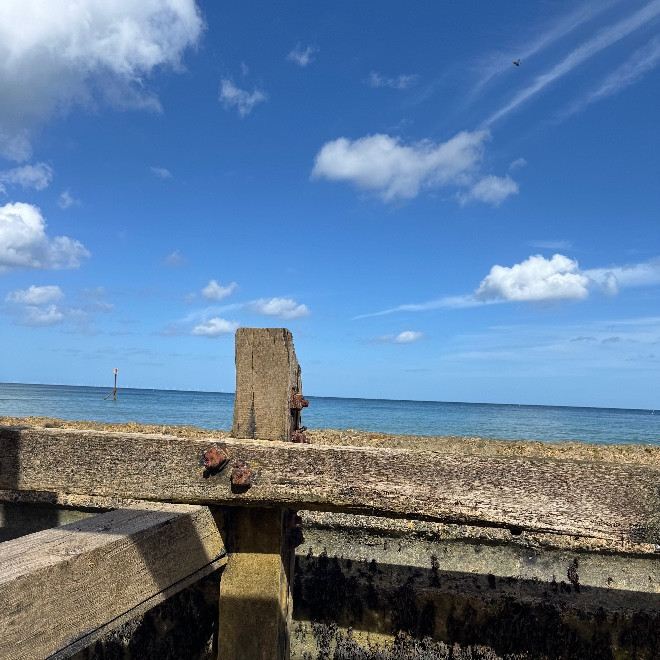
Beth Inman
£47.89

Leanne Chambers
£252.16

Angela Welsh

Jenny Bircham
£91.84




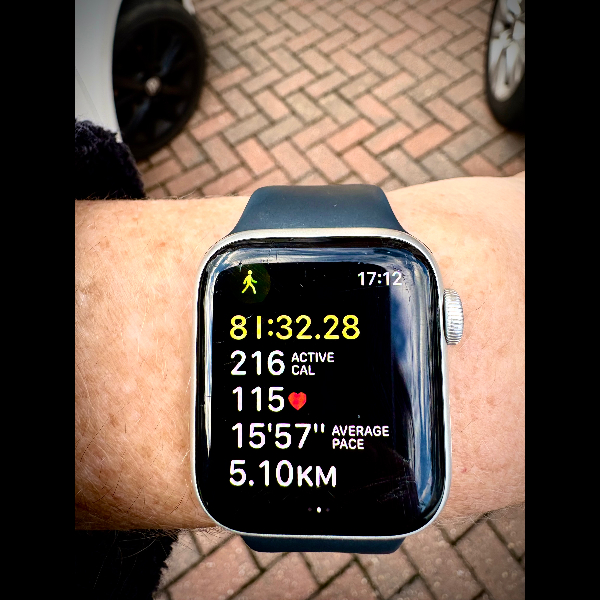
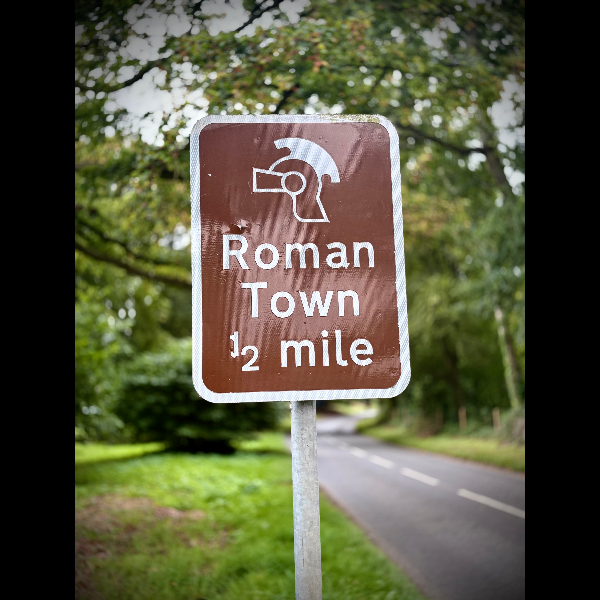

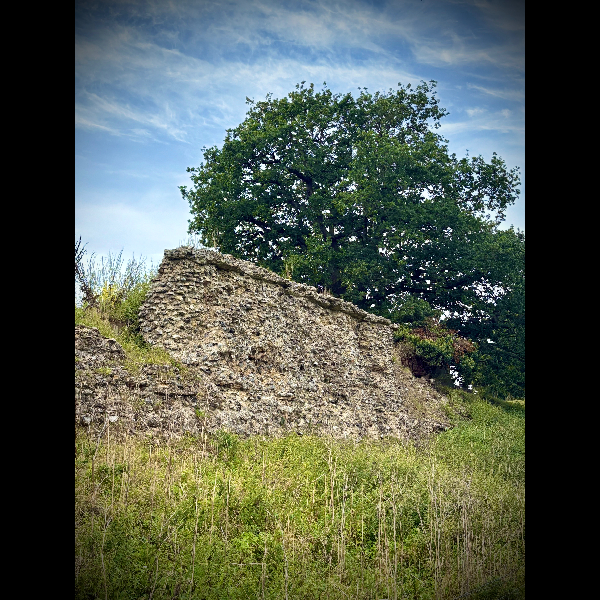
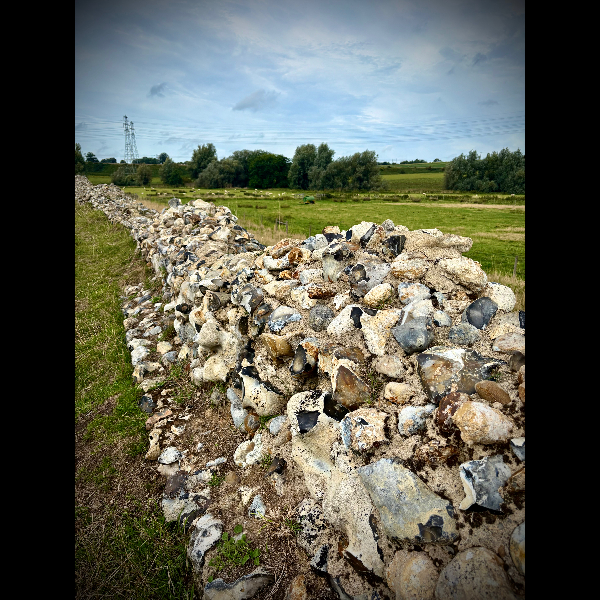
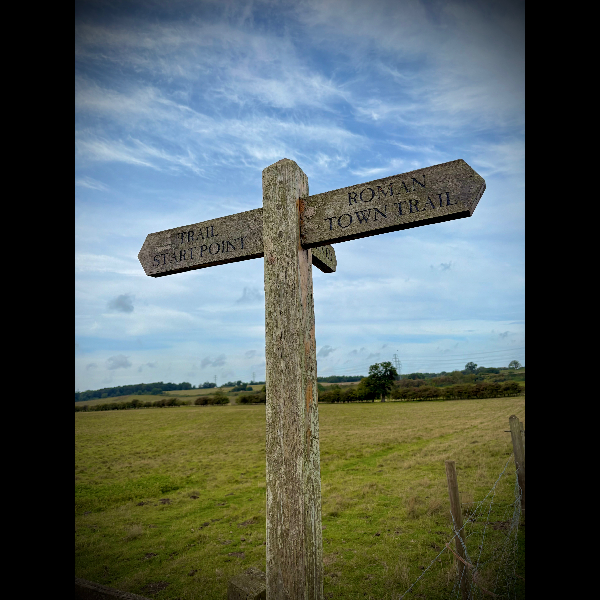
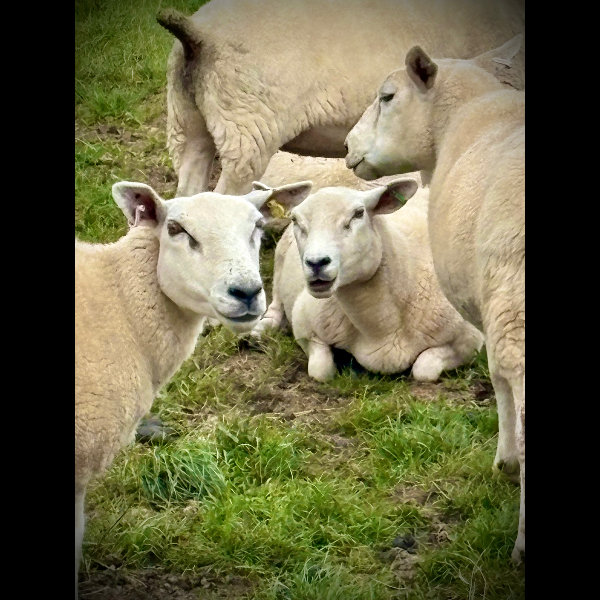
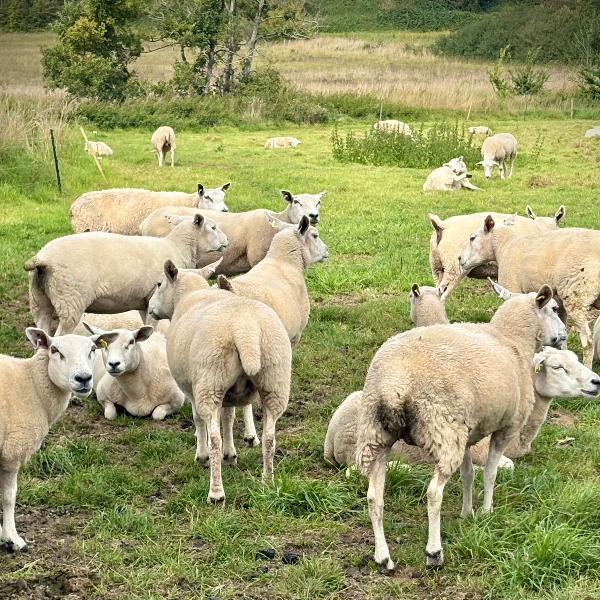
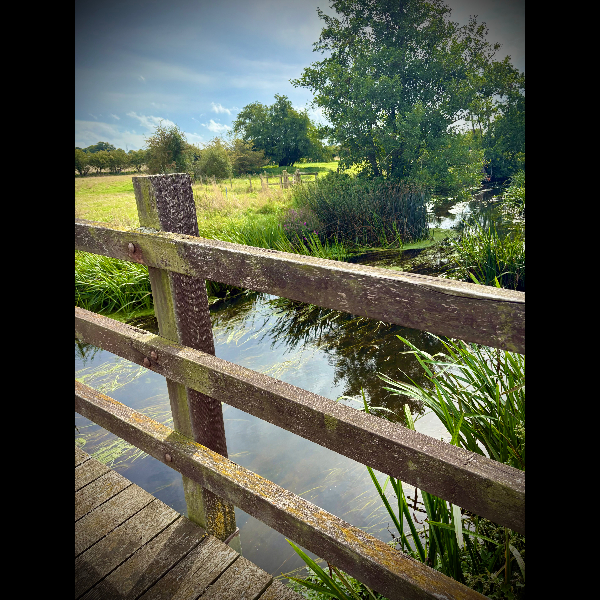
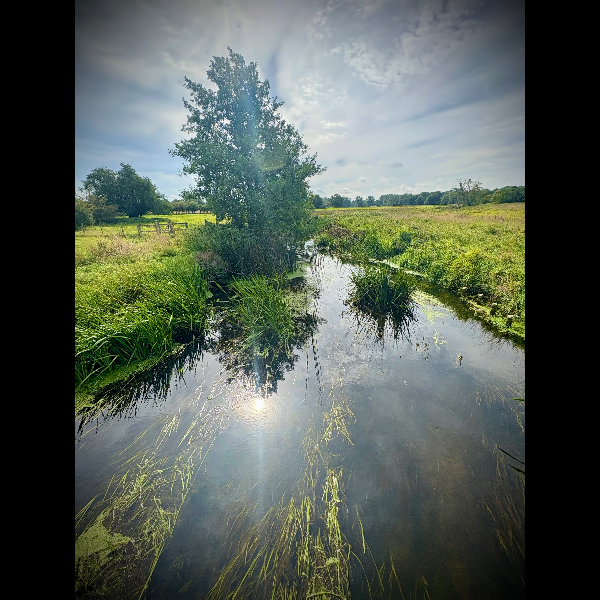
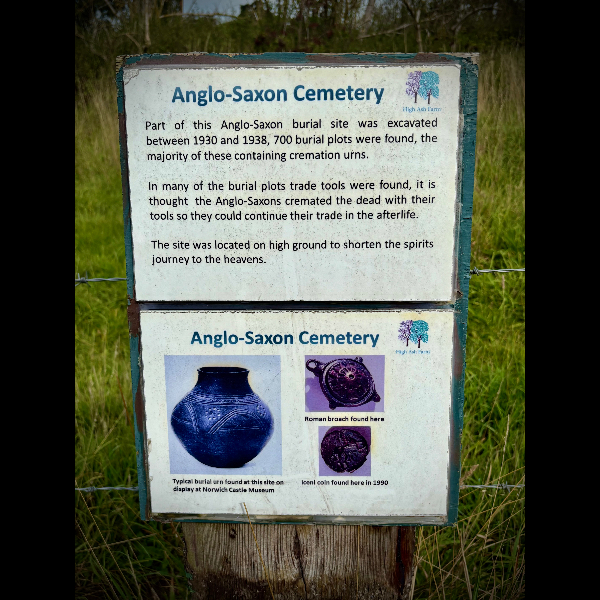
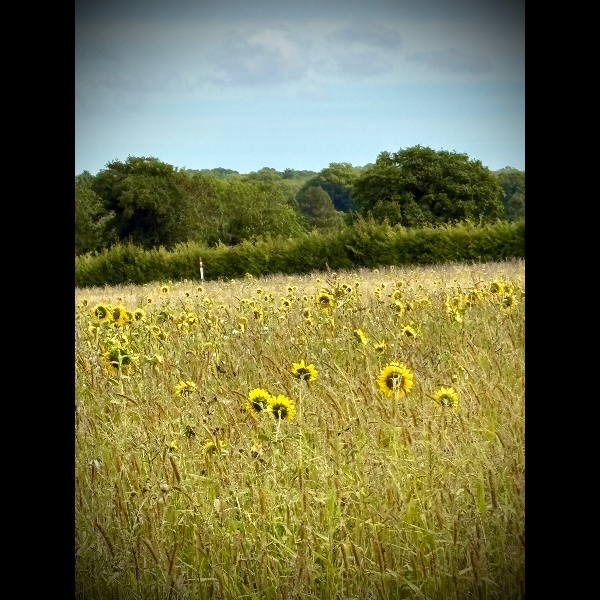
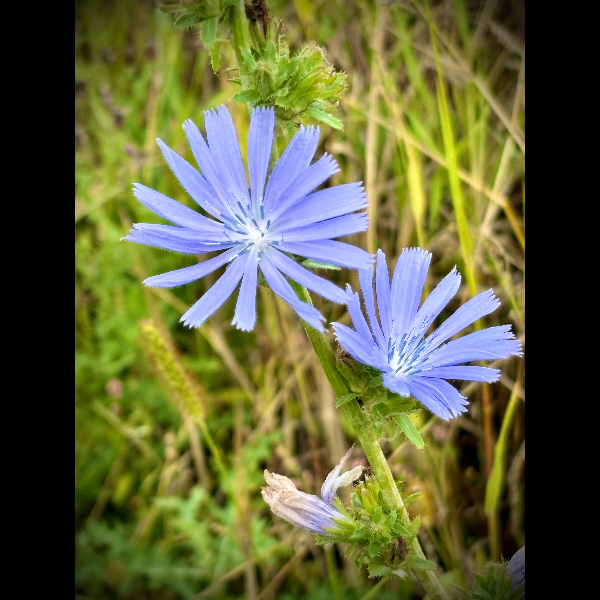

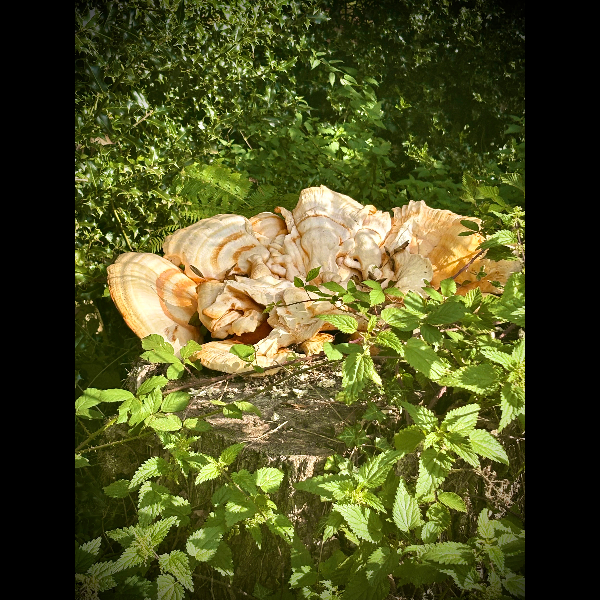
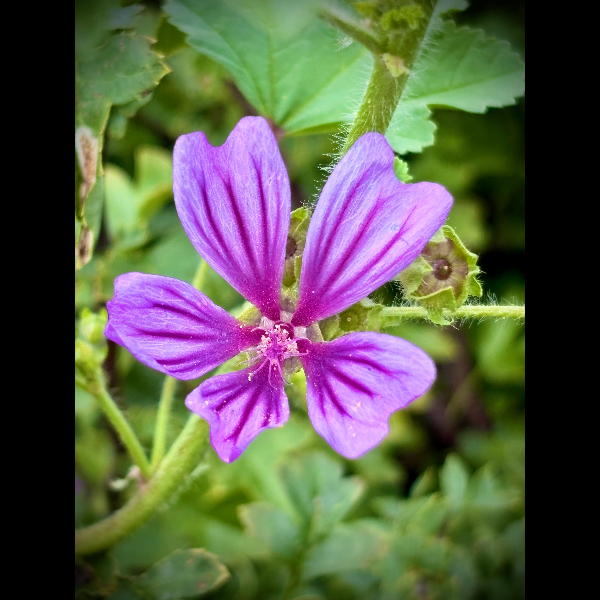
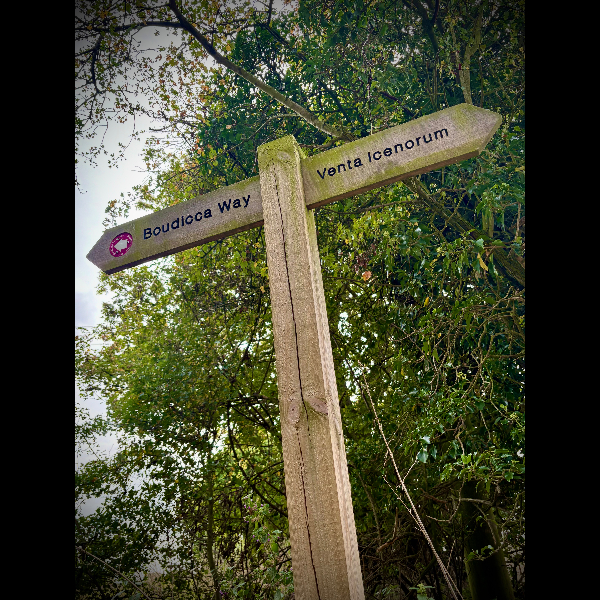
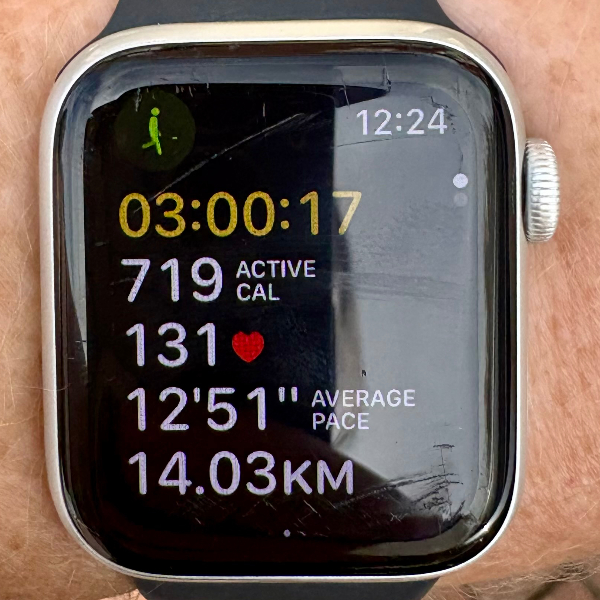
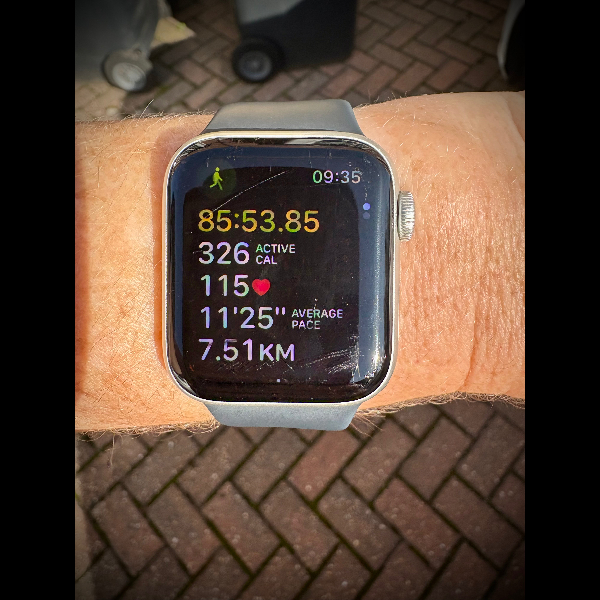

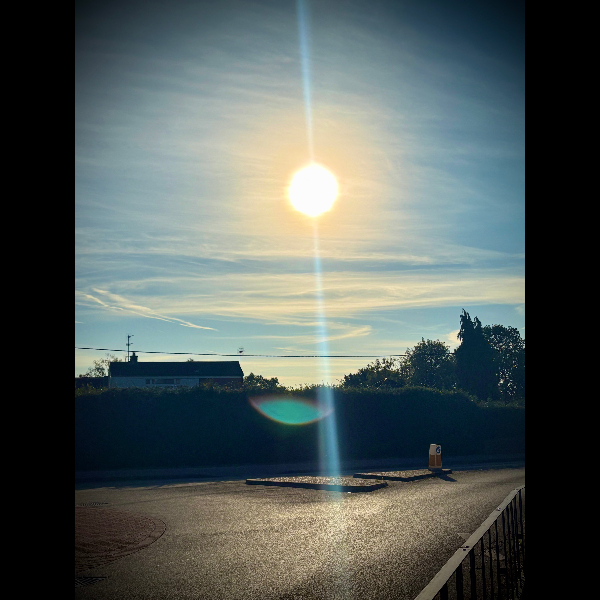
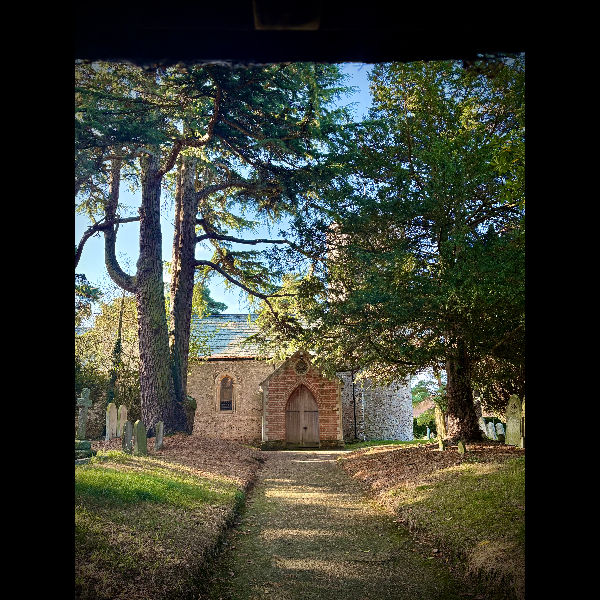
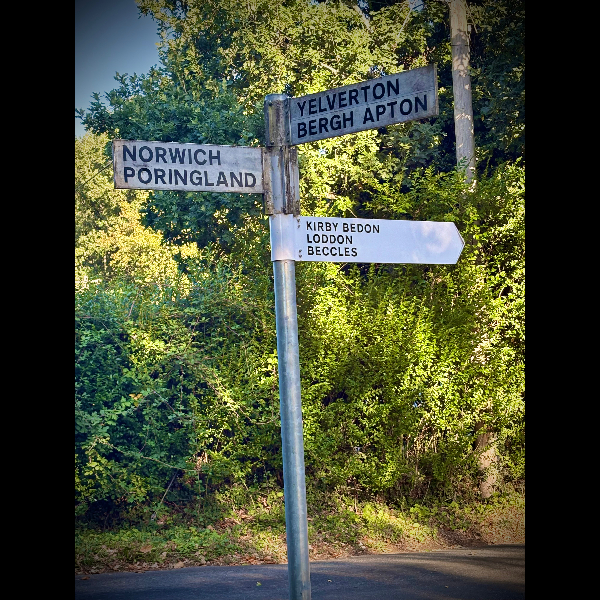
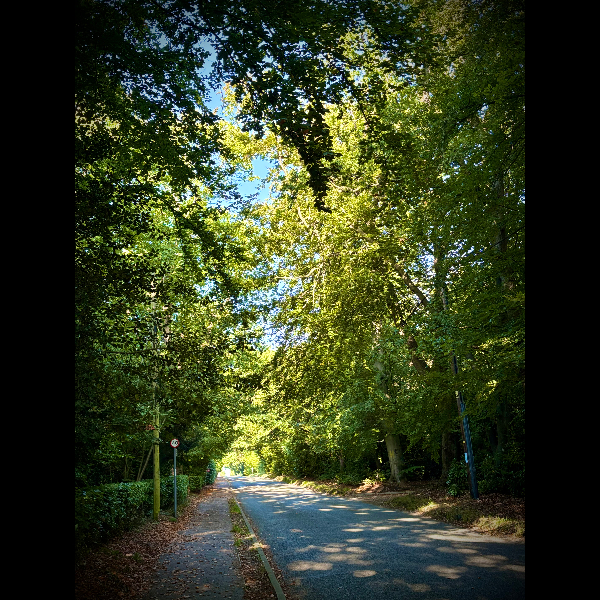
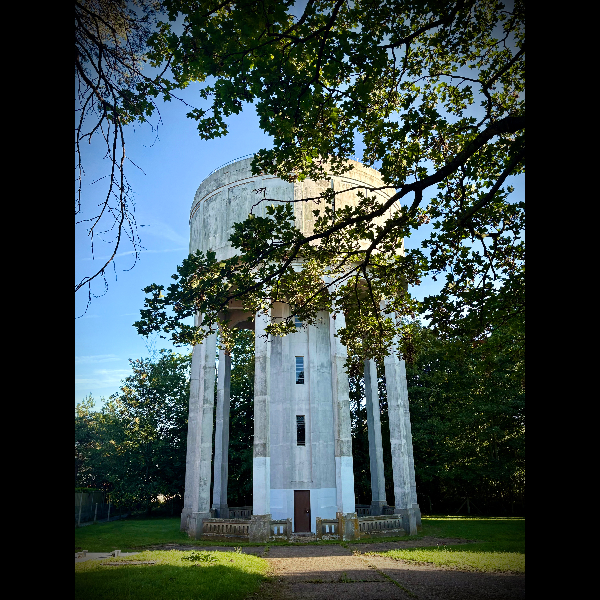
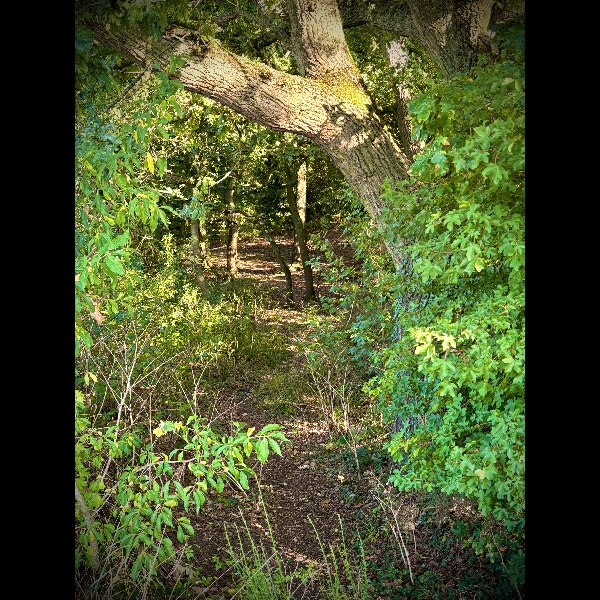
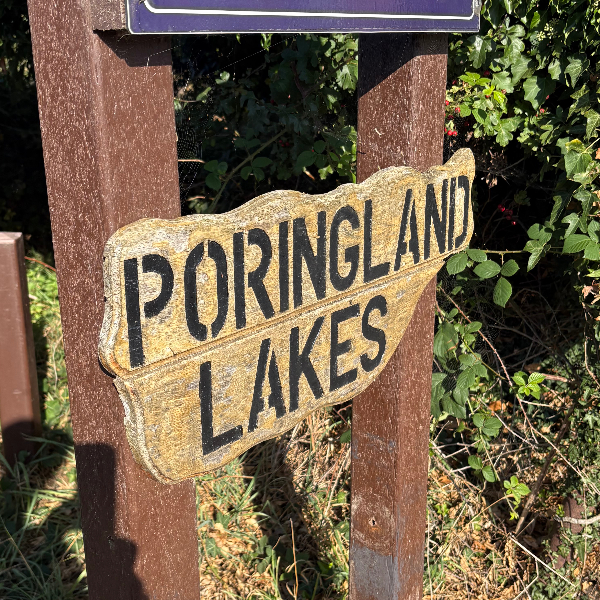
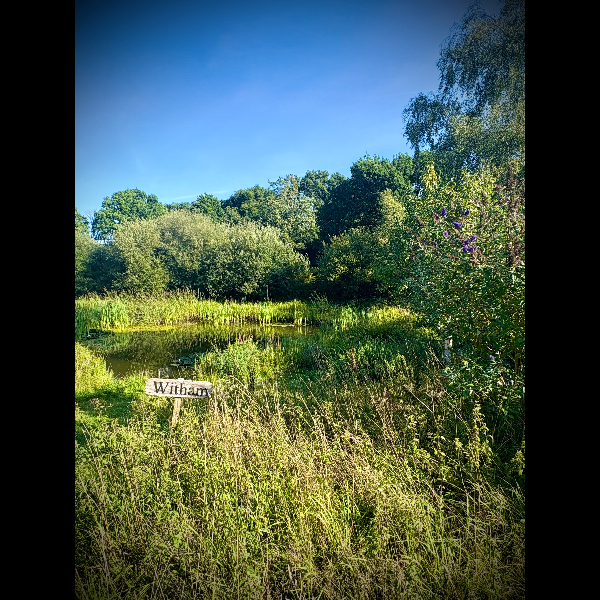
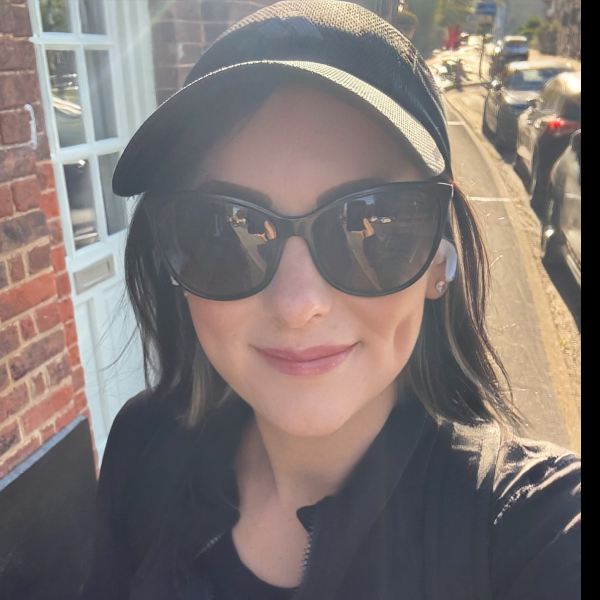
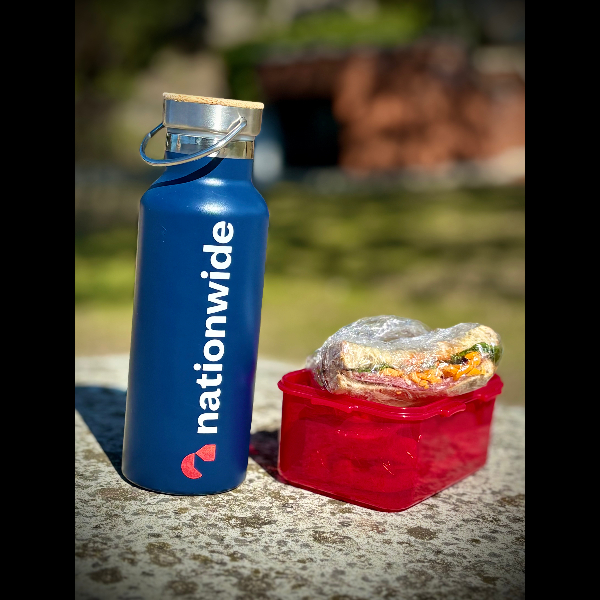
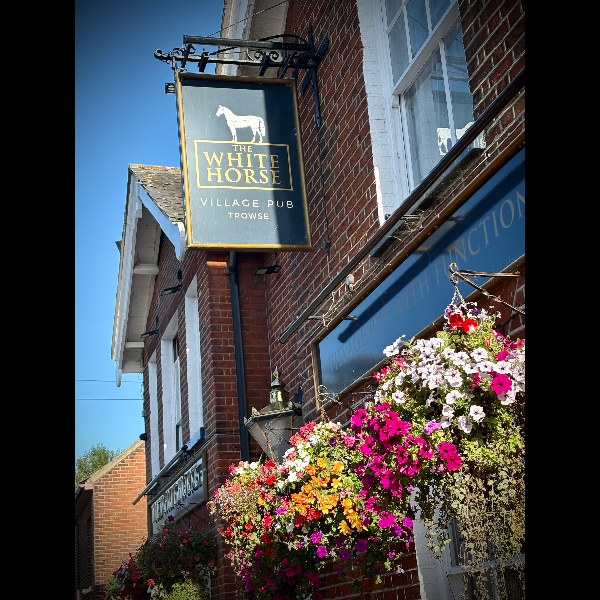
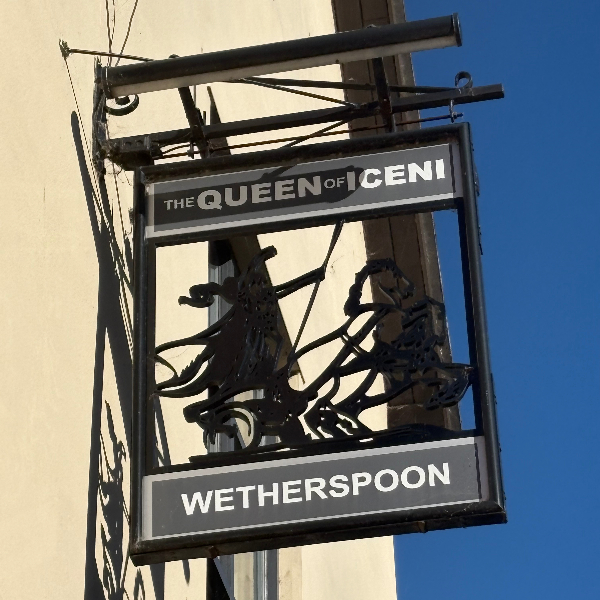
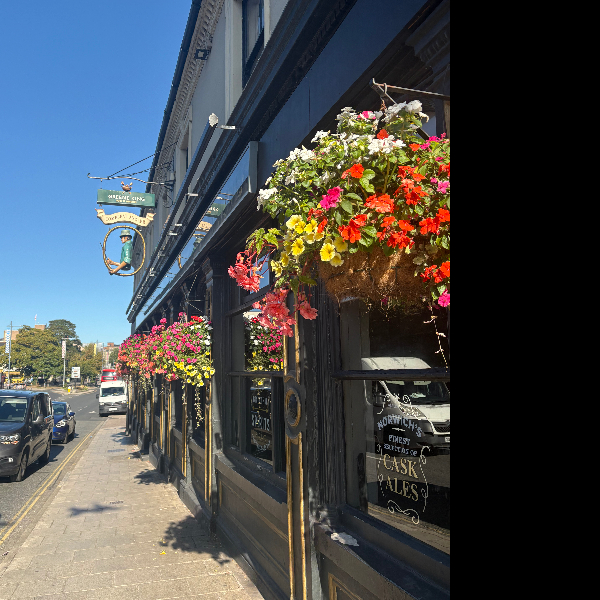
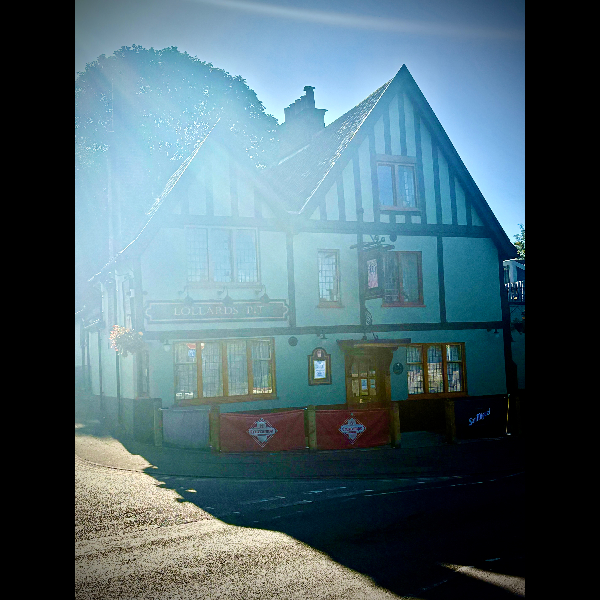
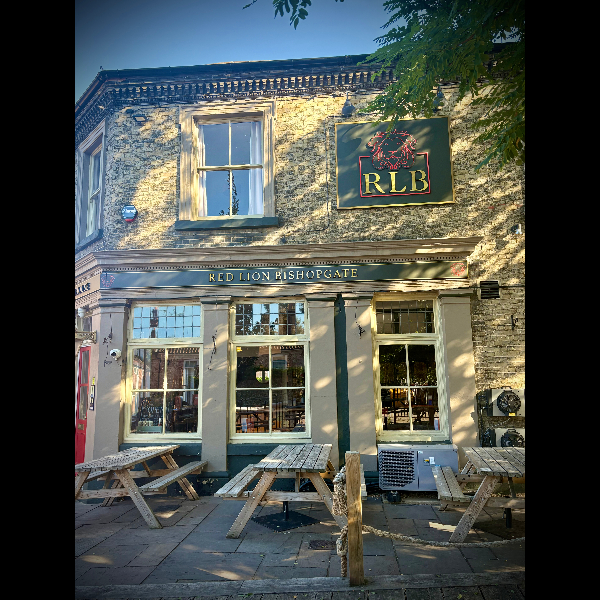
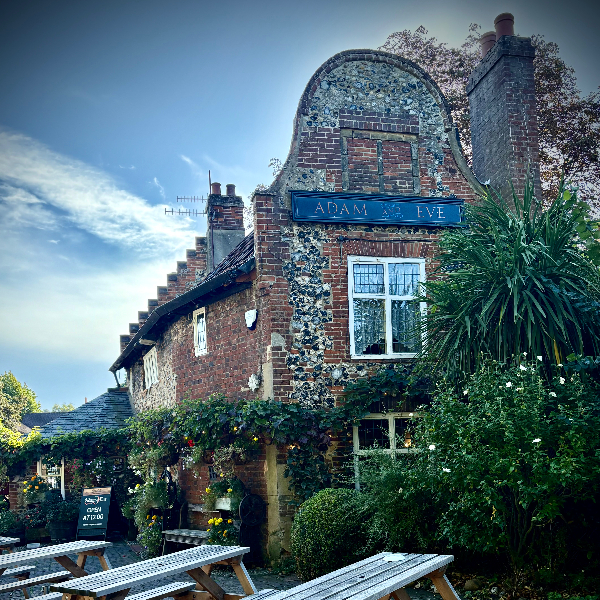
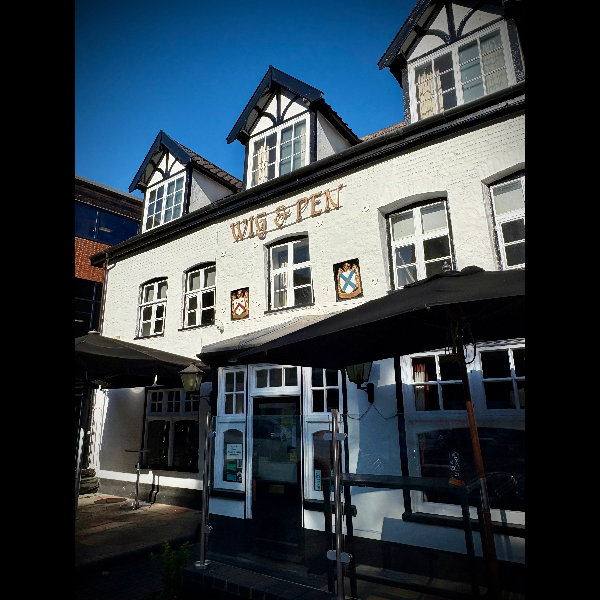
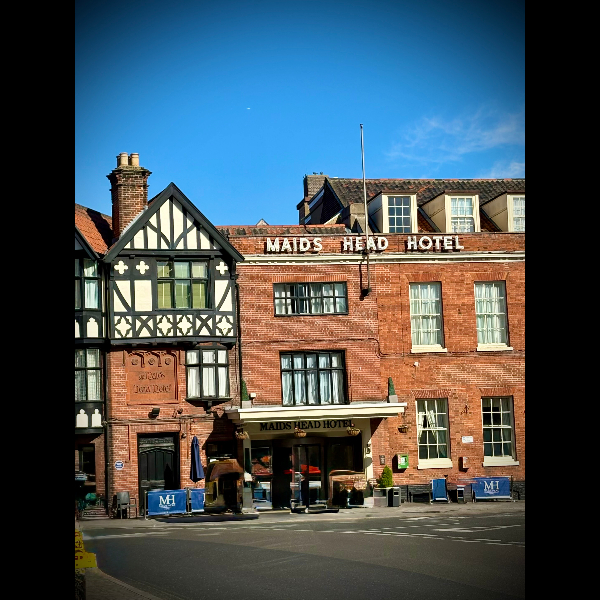
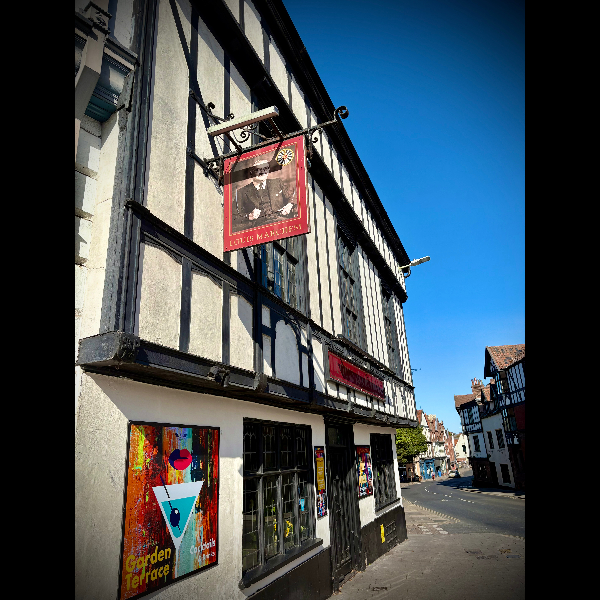
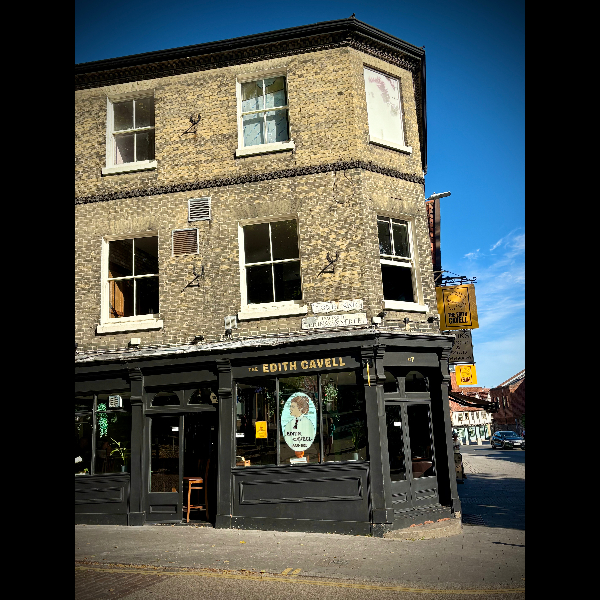
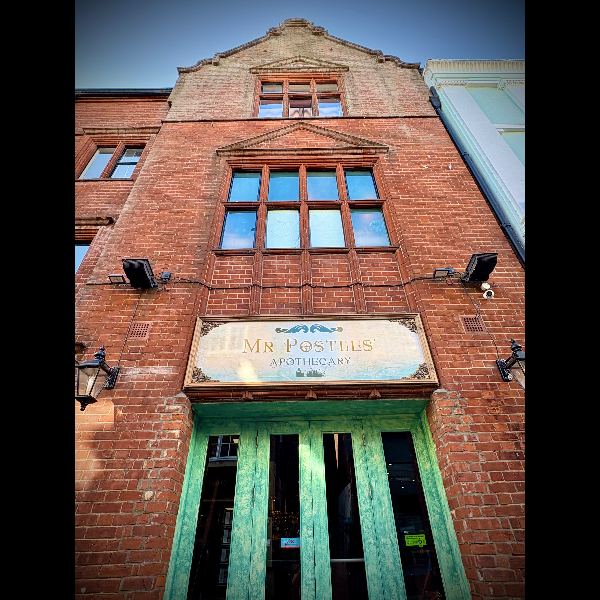
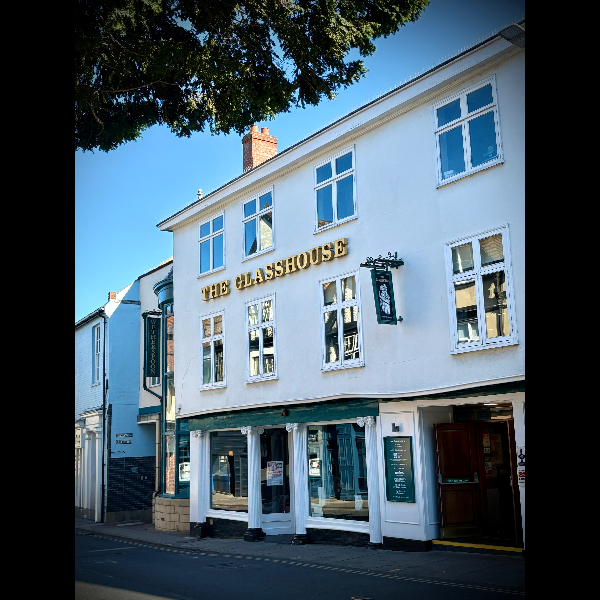
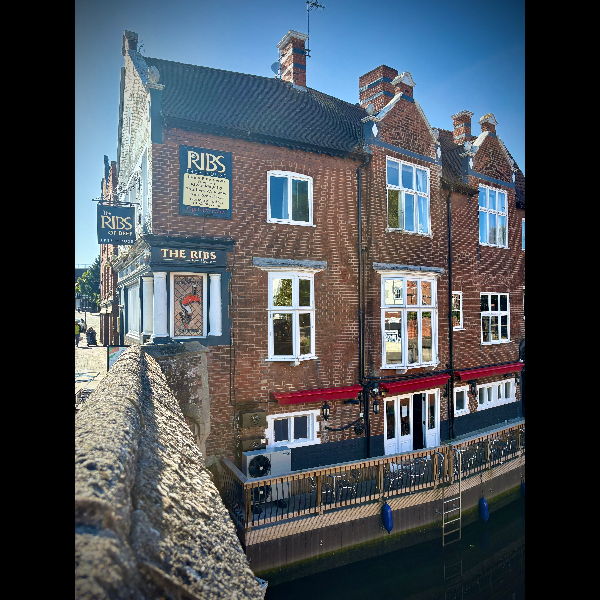
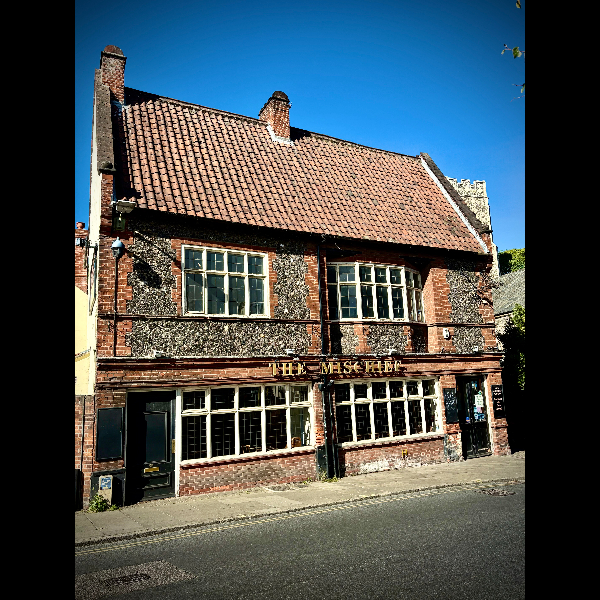
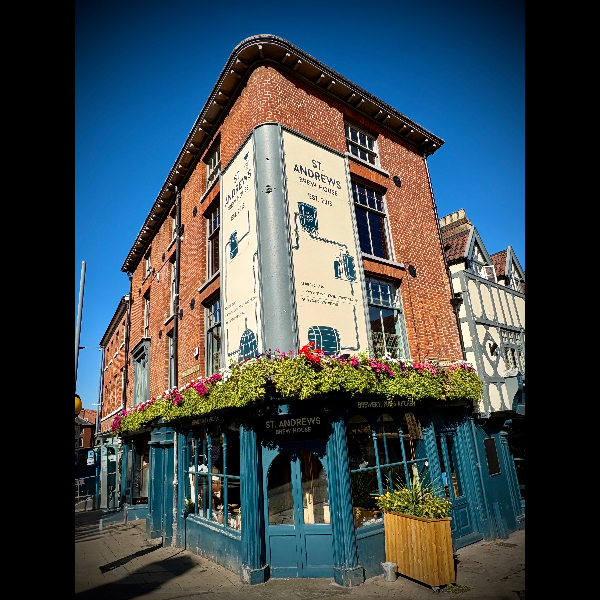
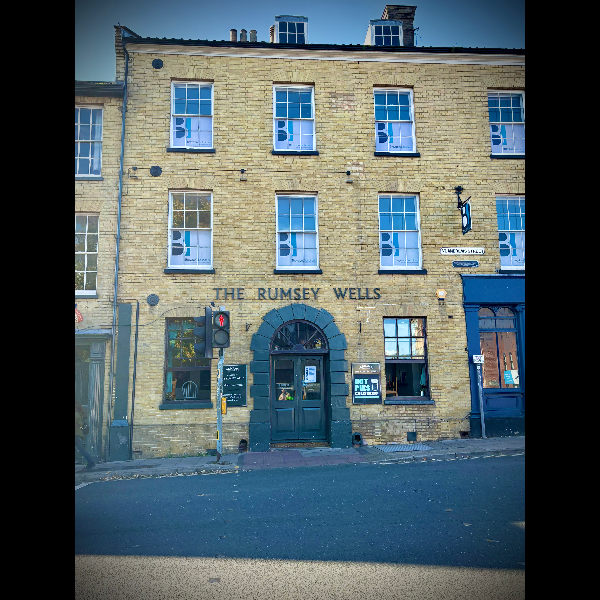
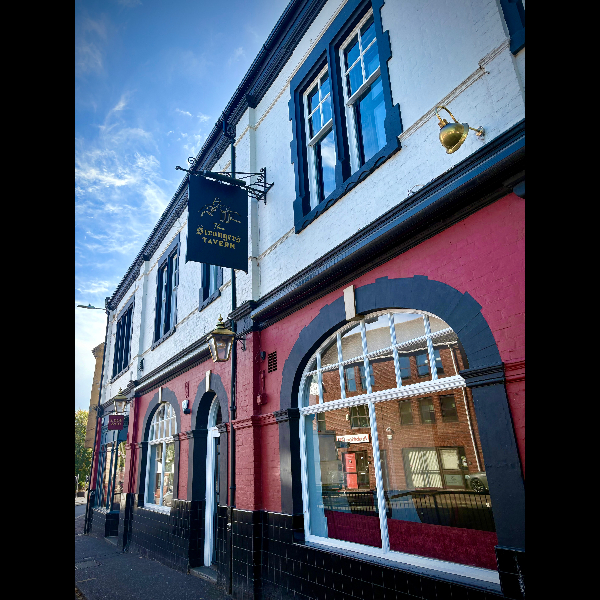
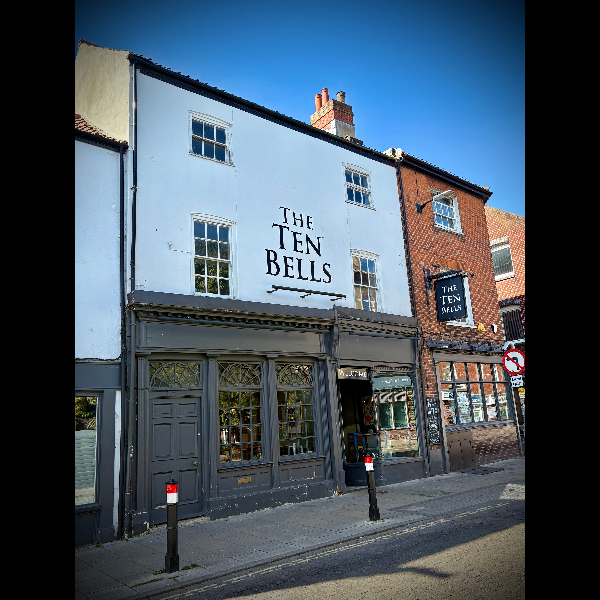
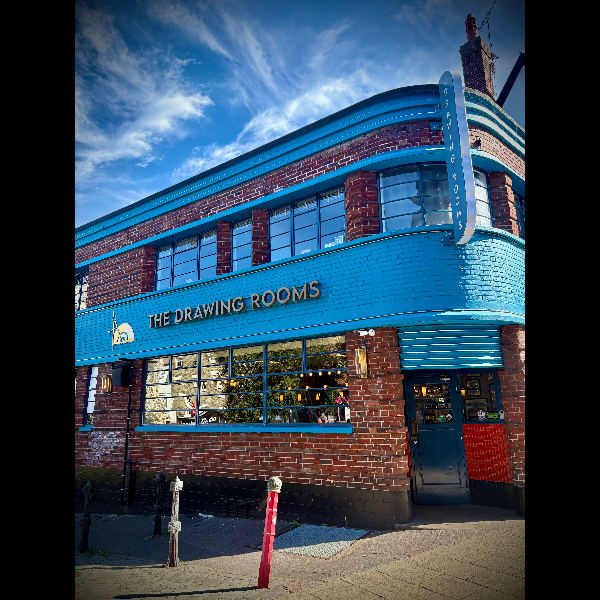
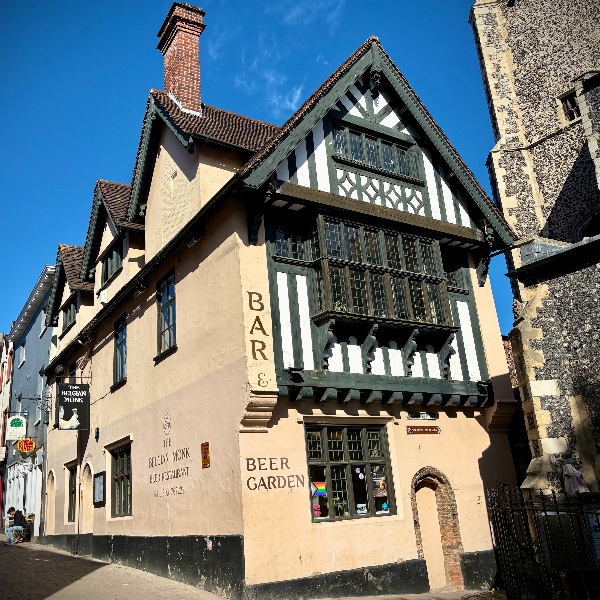
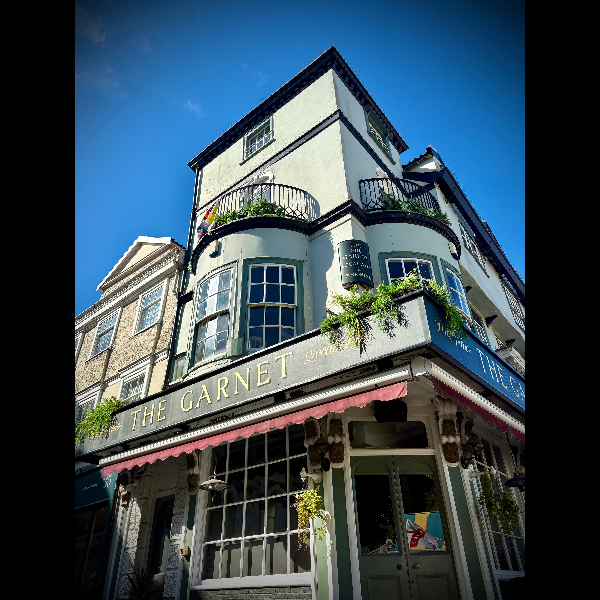
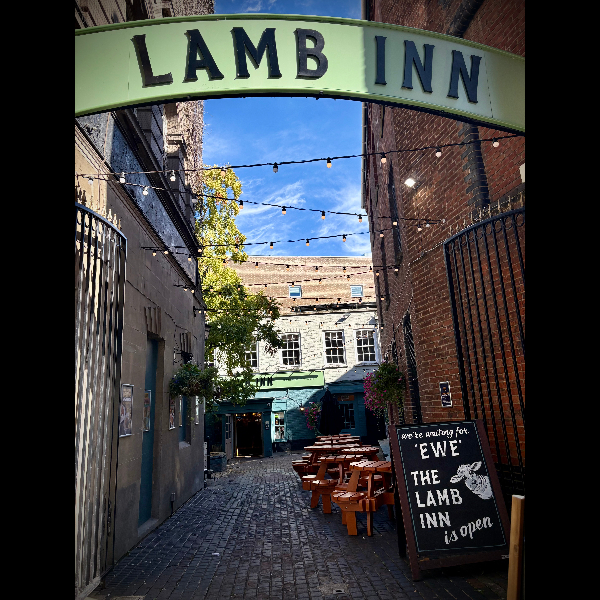
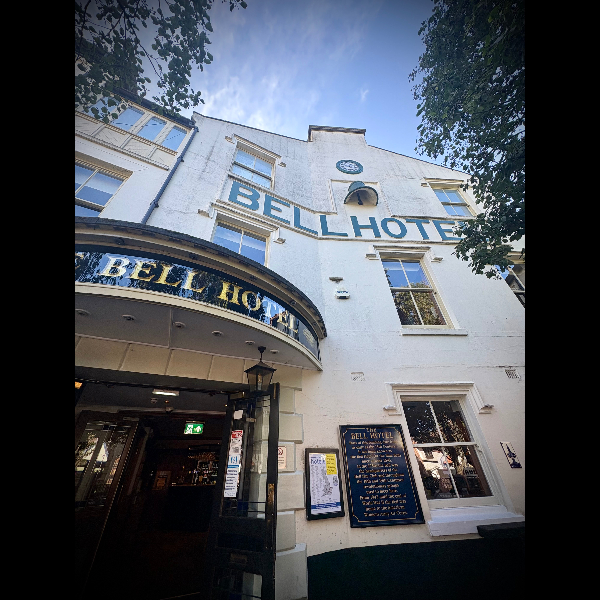
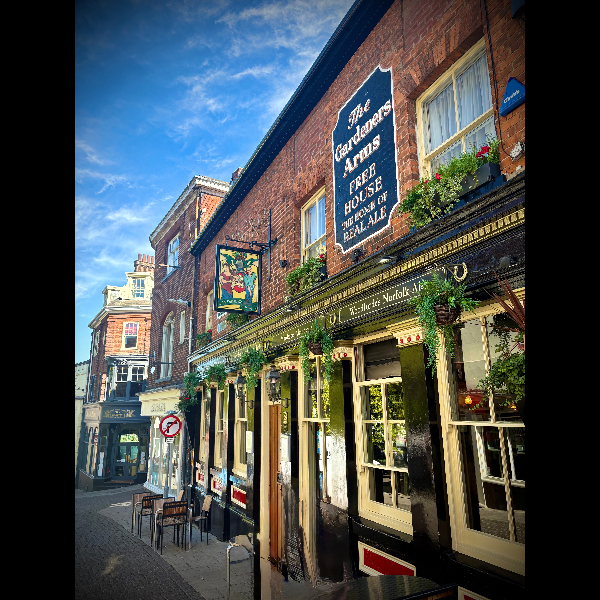
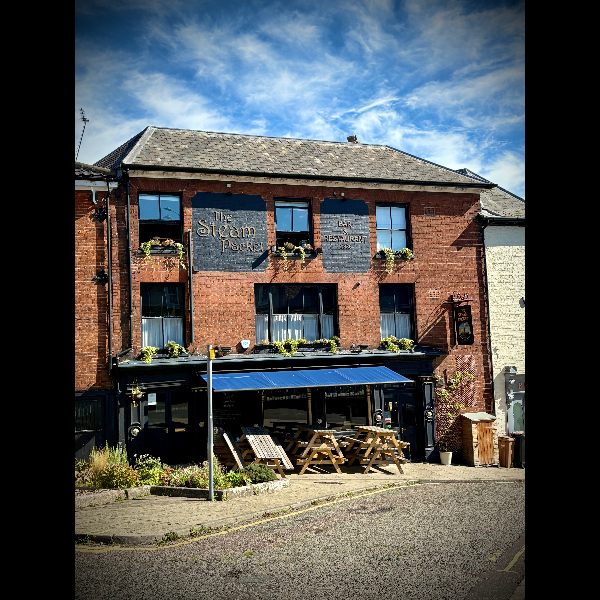
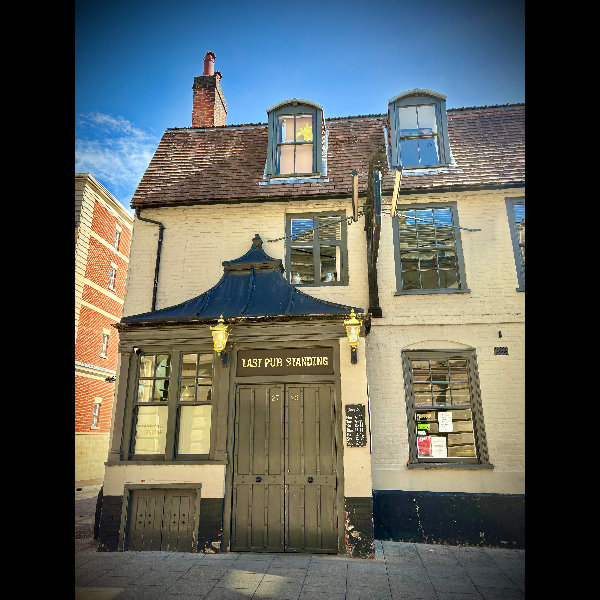
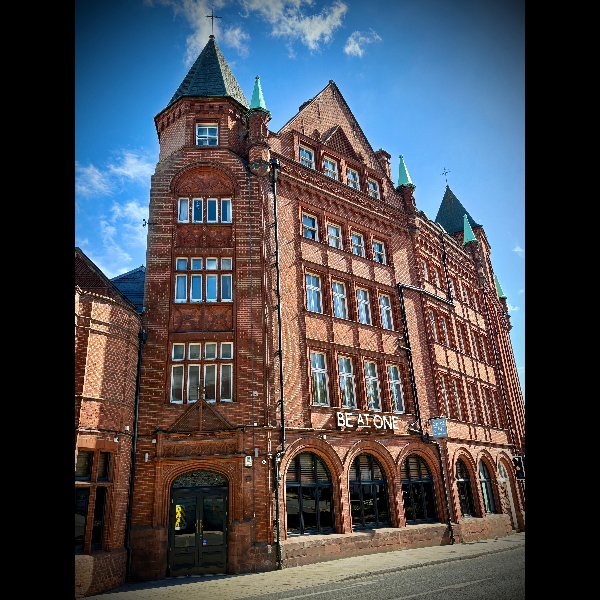
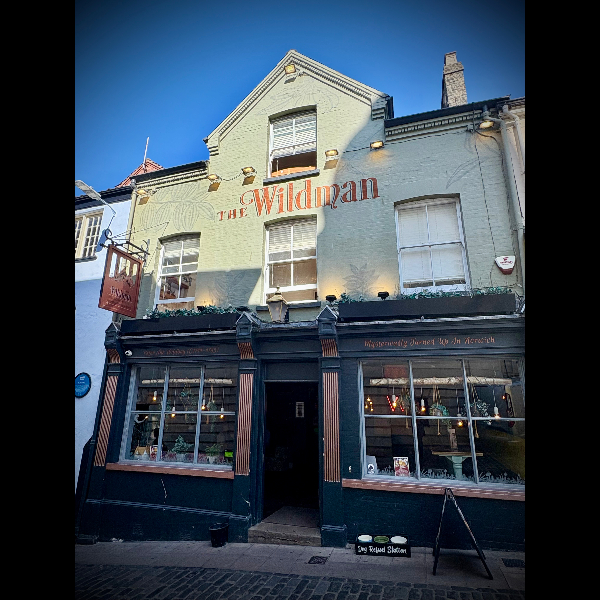
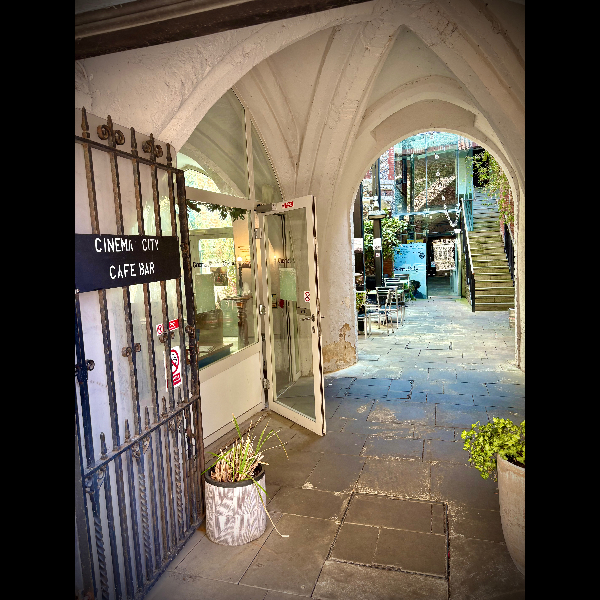
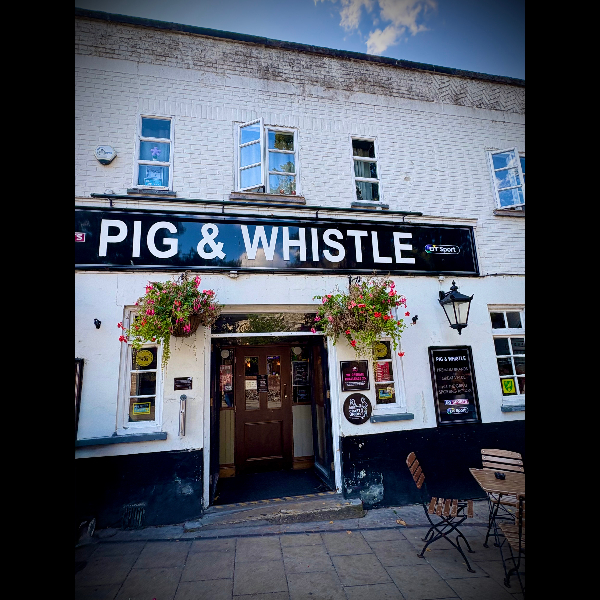
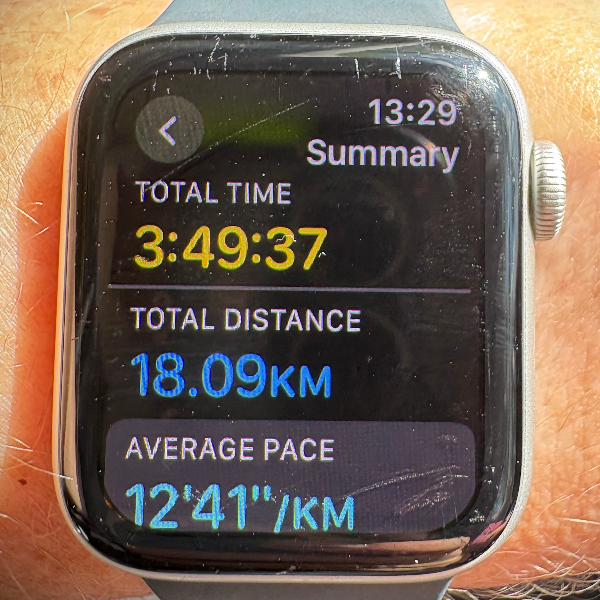

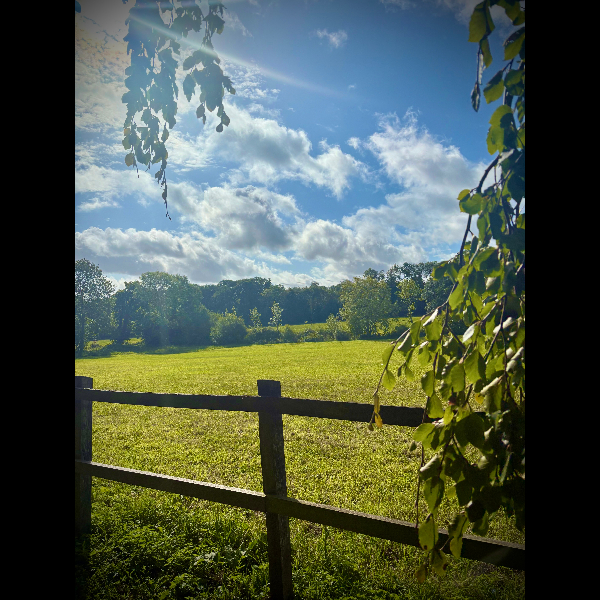
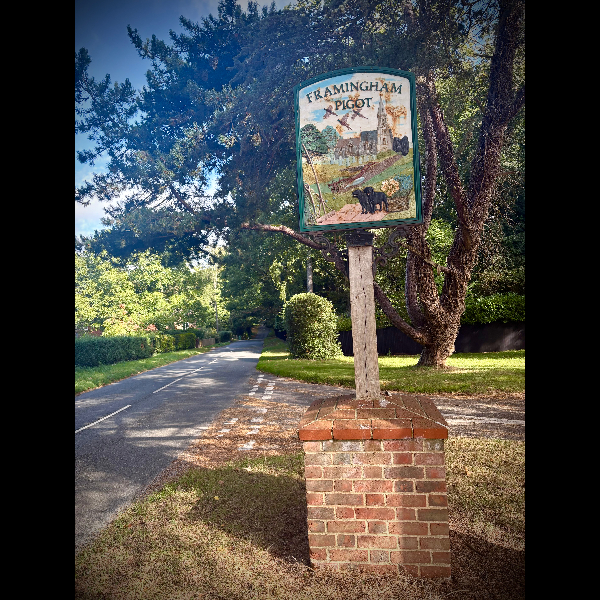
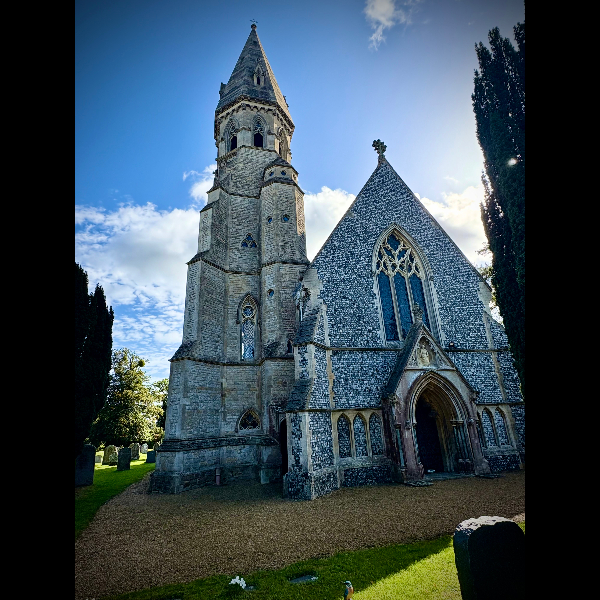
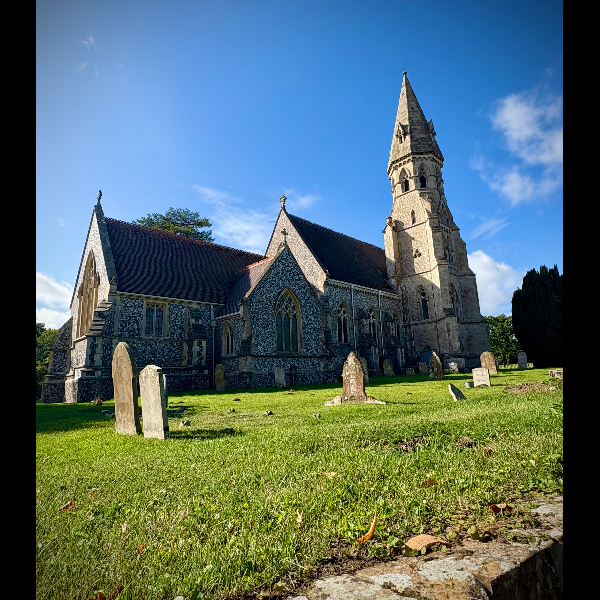
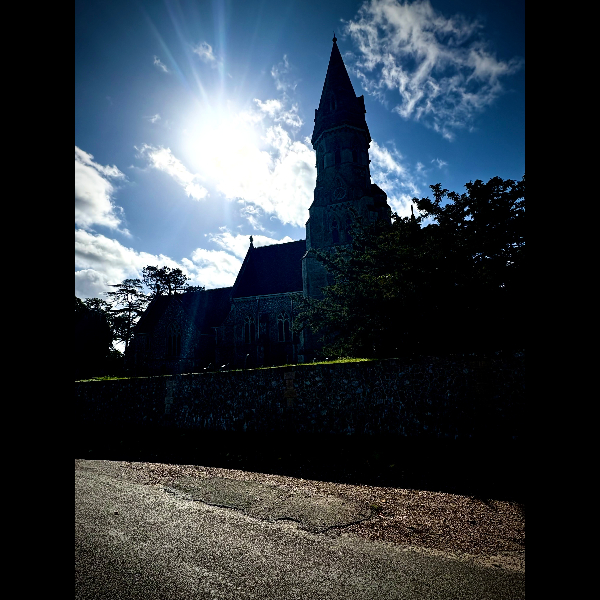
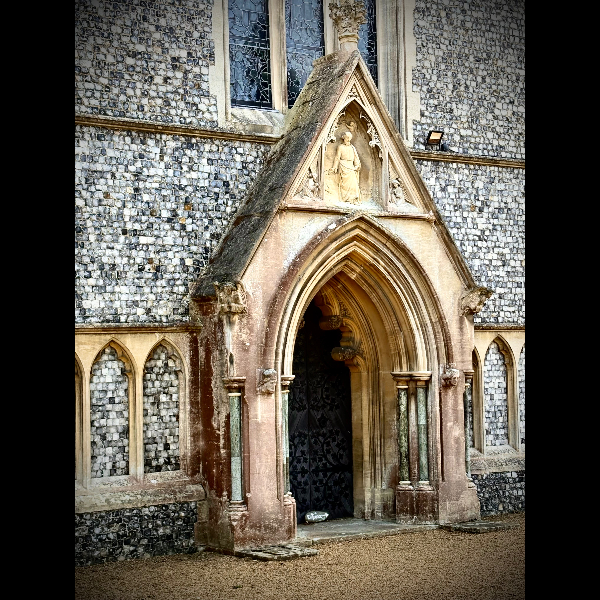
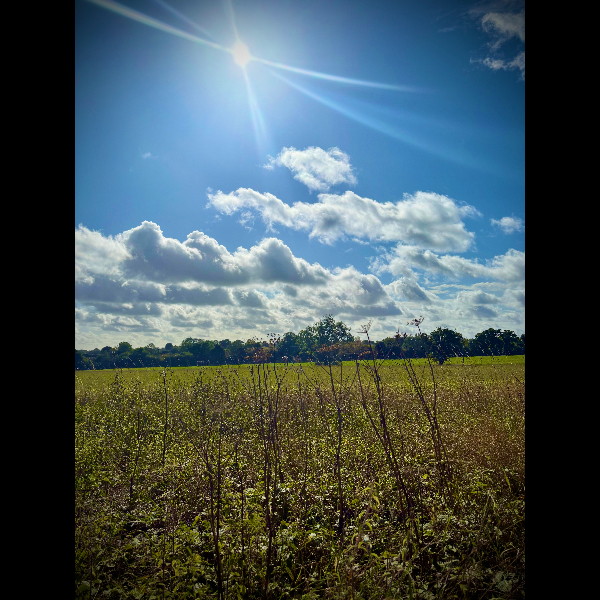
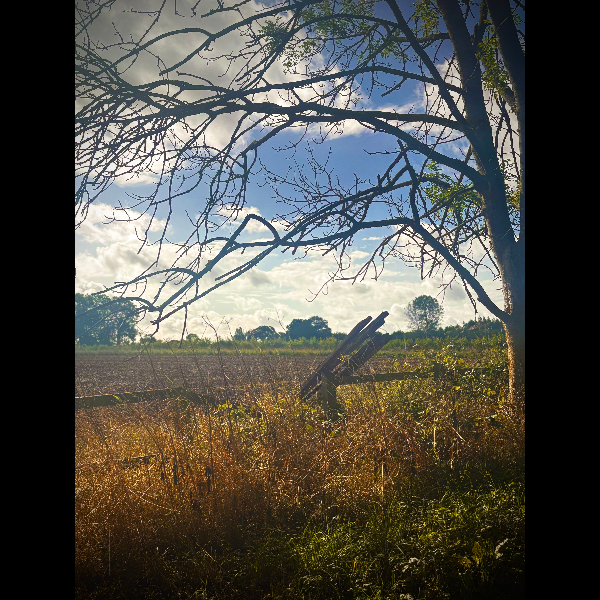
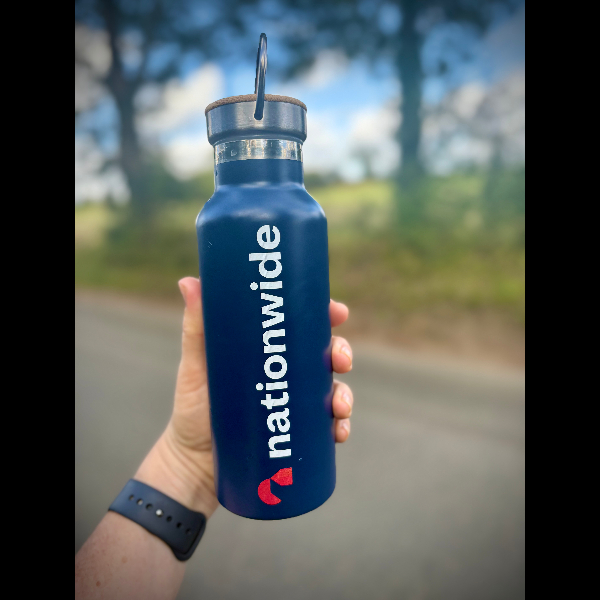
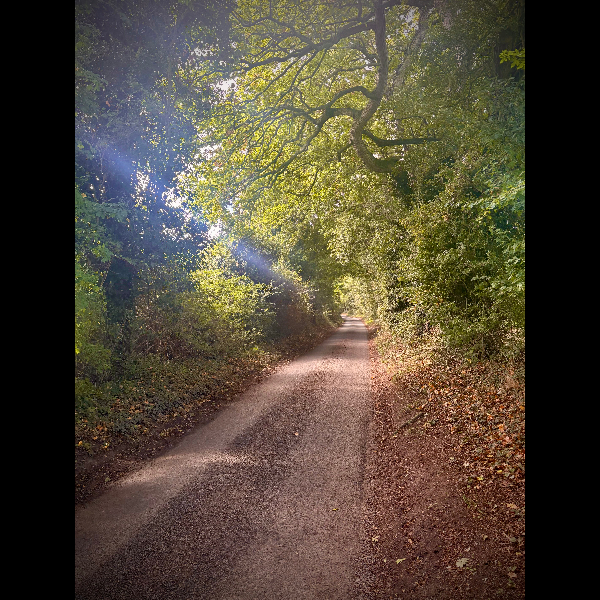
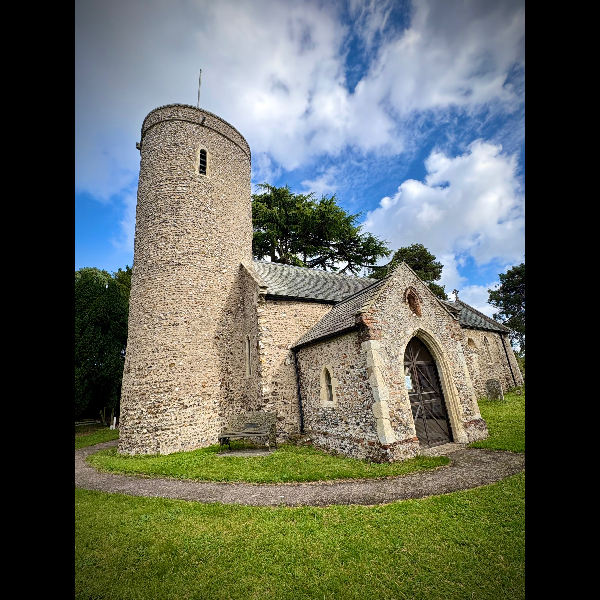
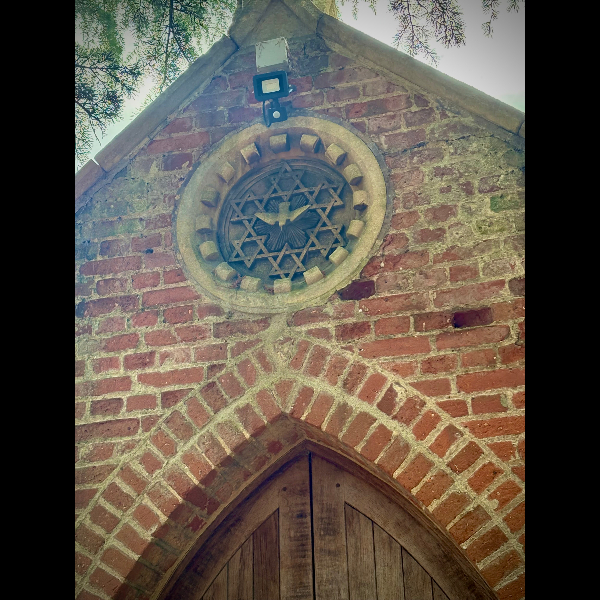
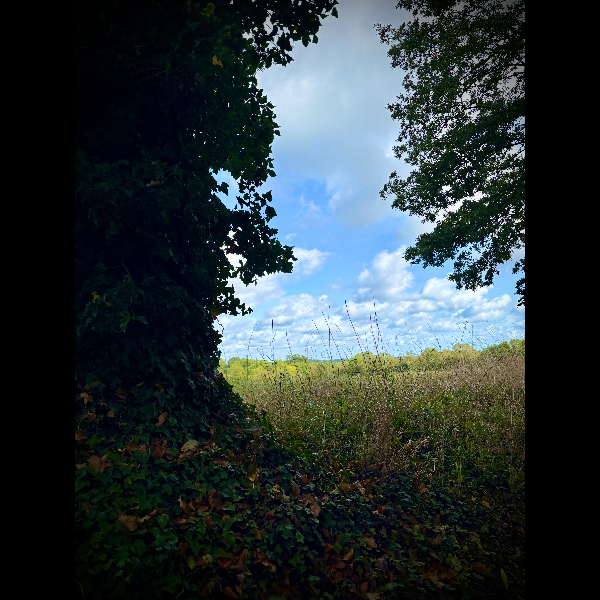
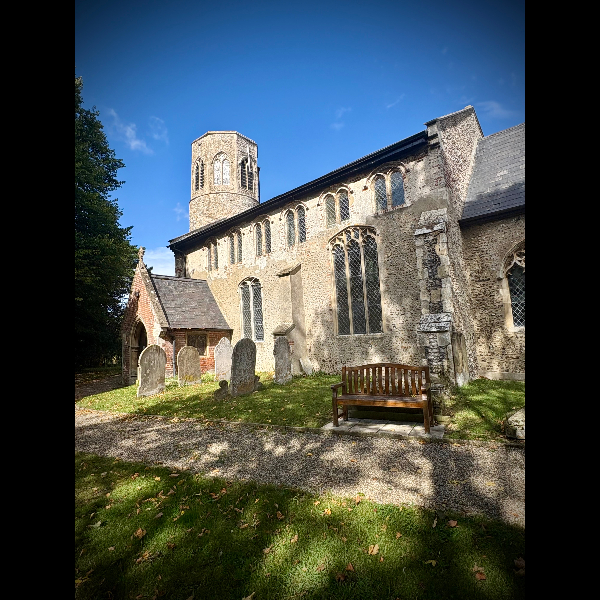
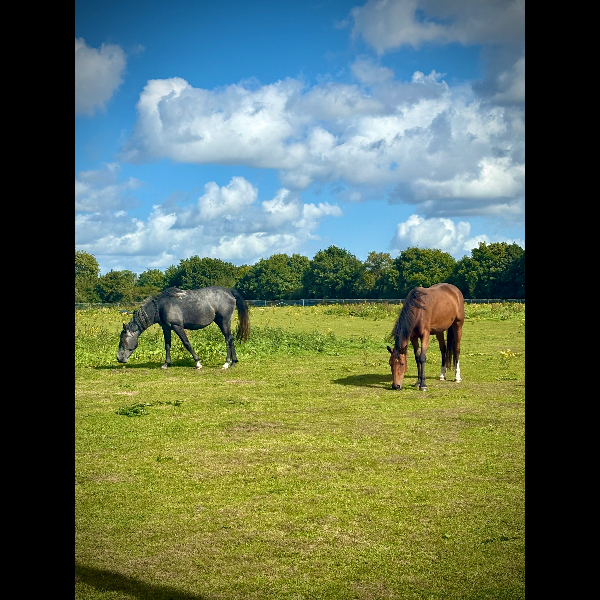
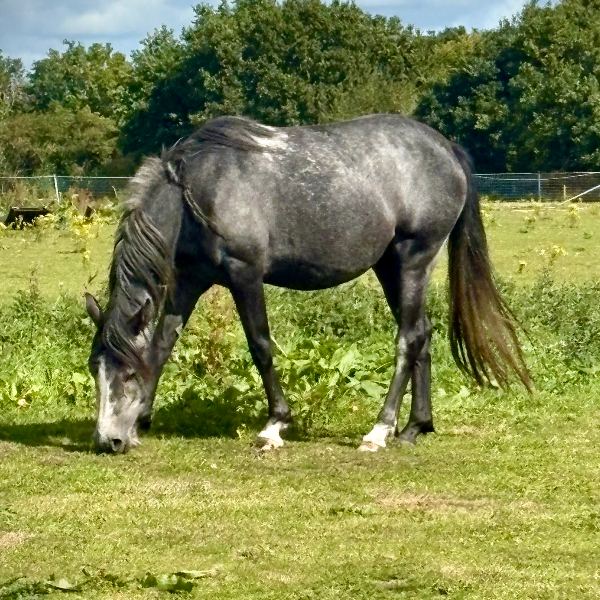
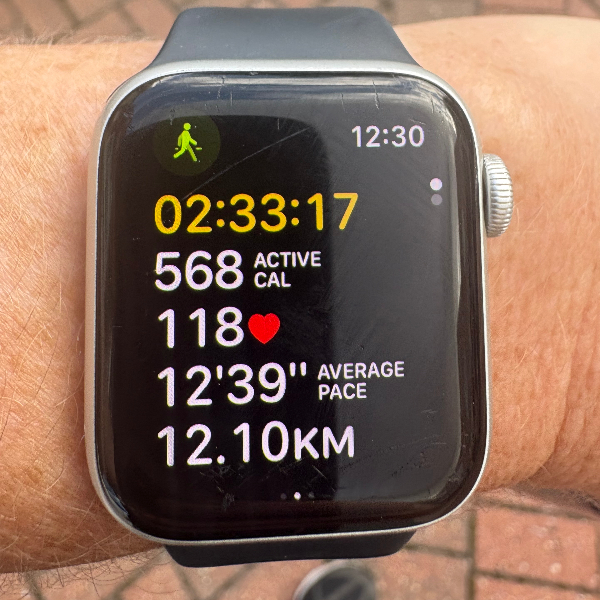

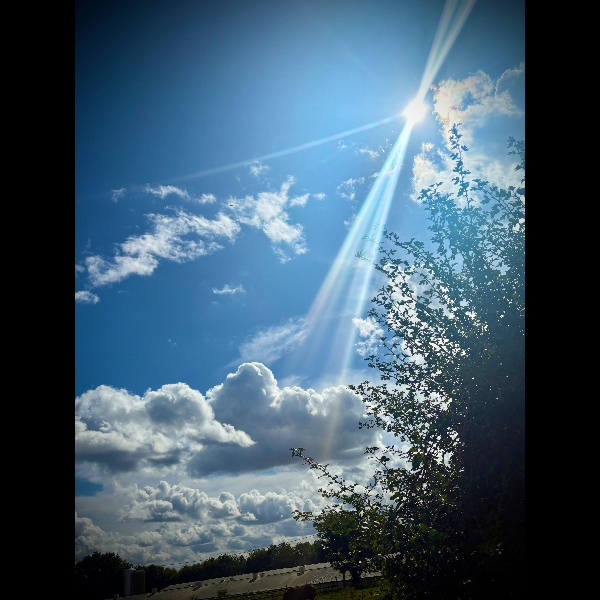
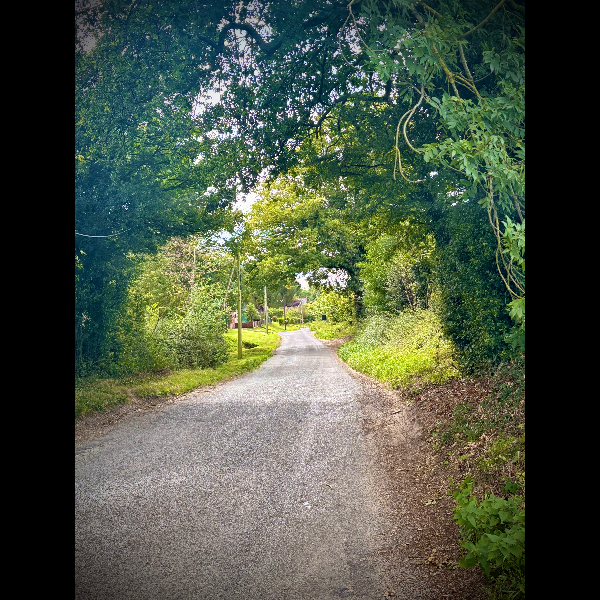
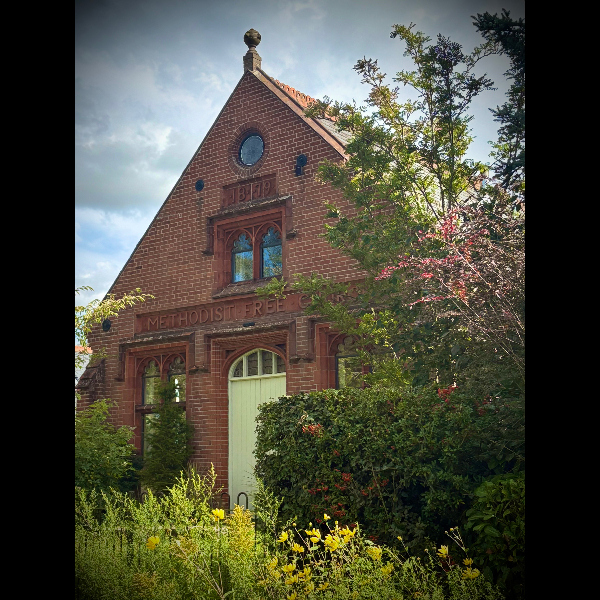
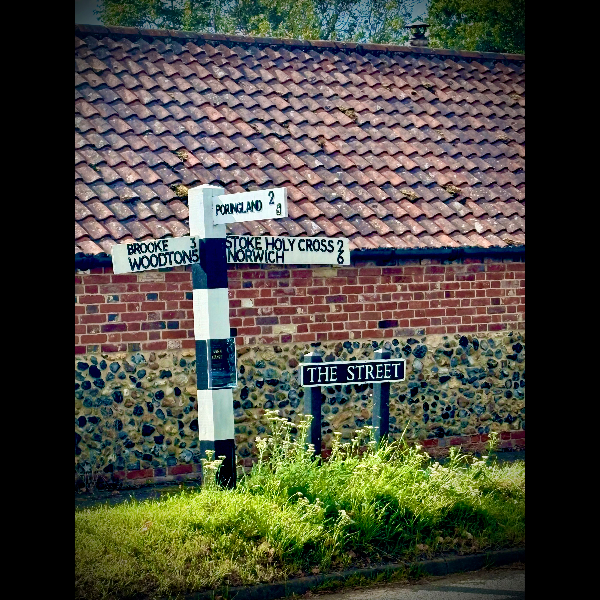
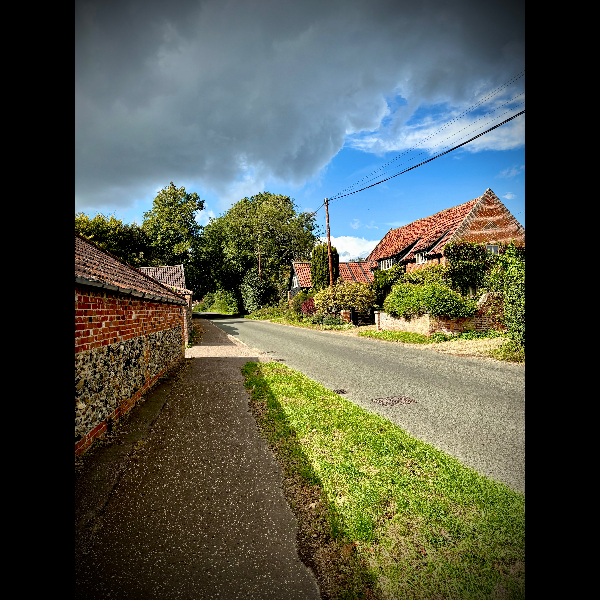
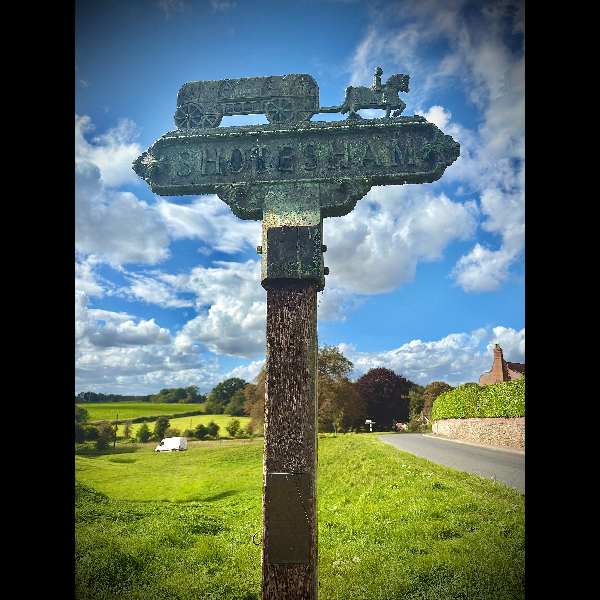
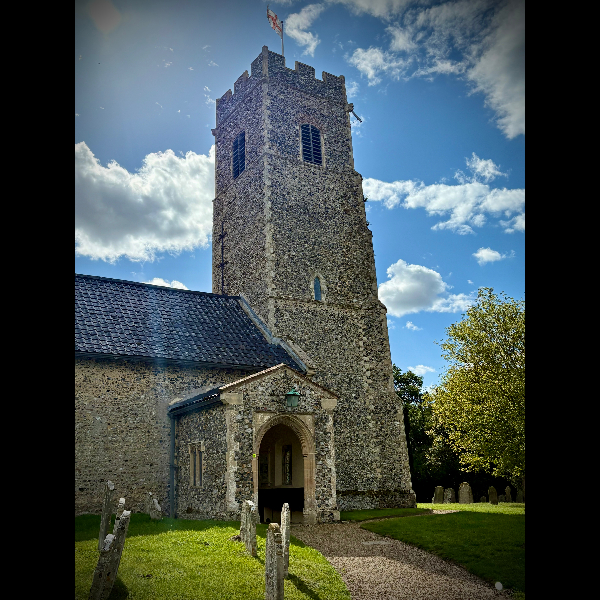
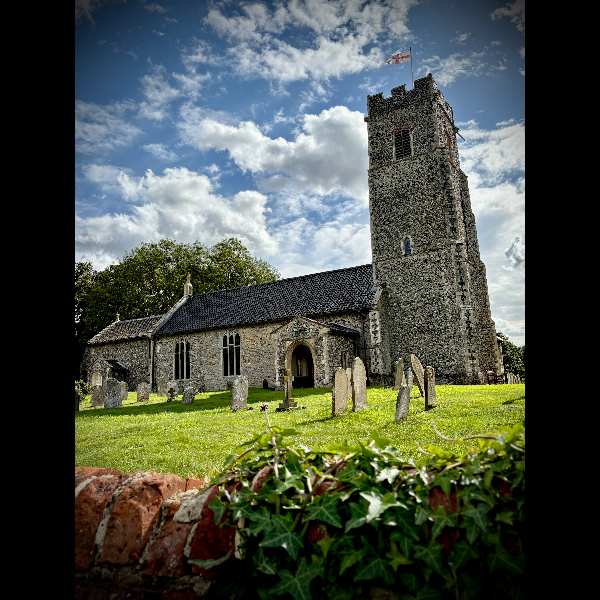
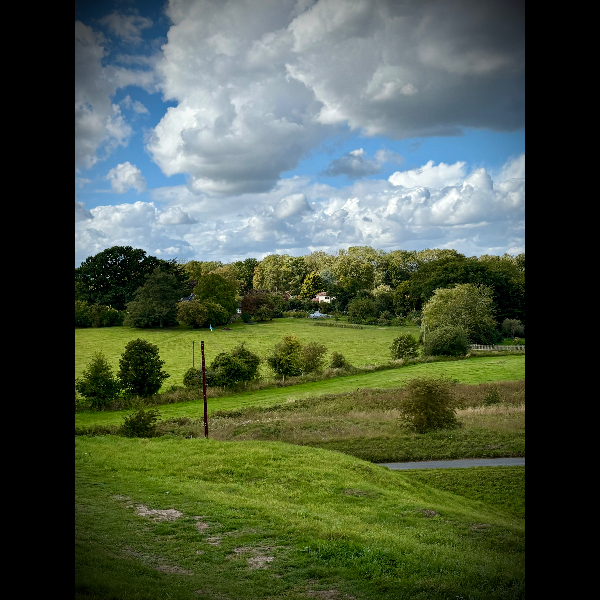
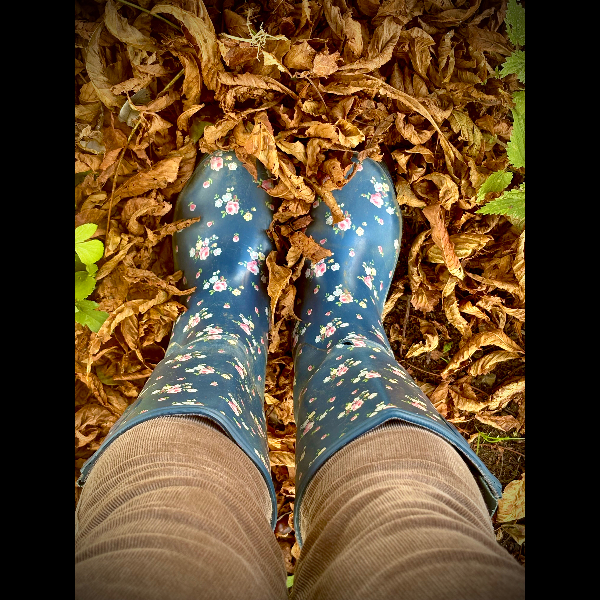
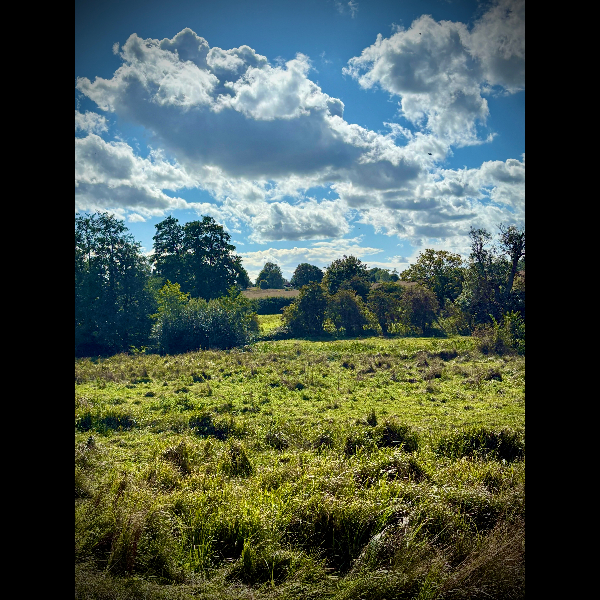
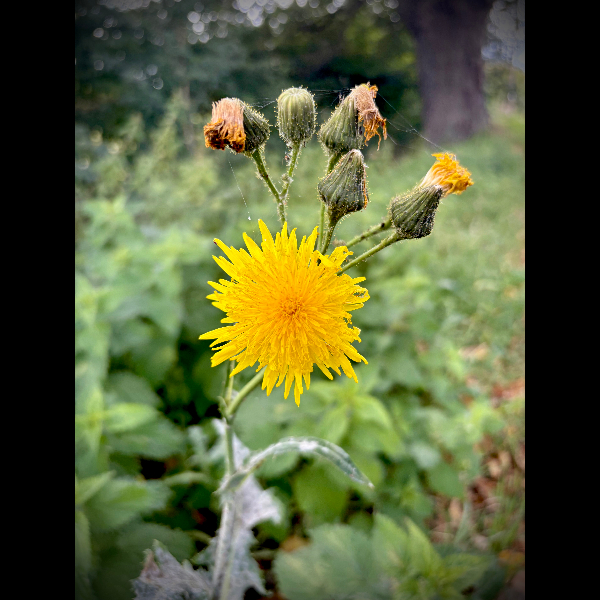
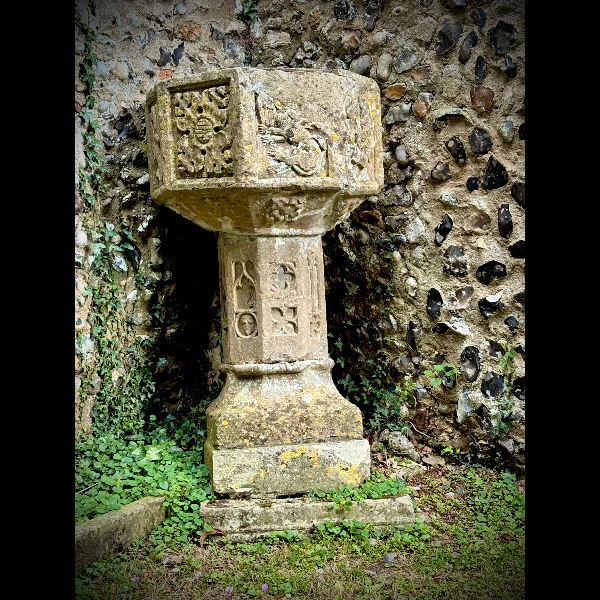
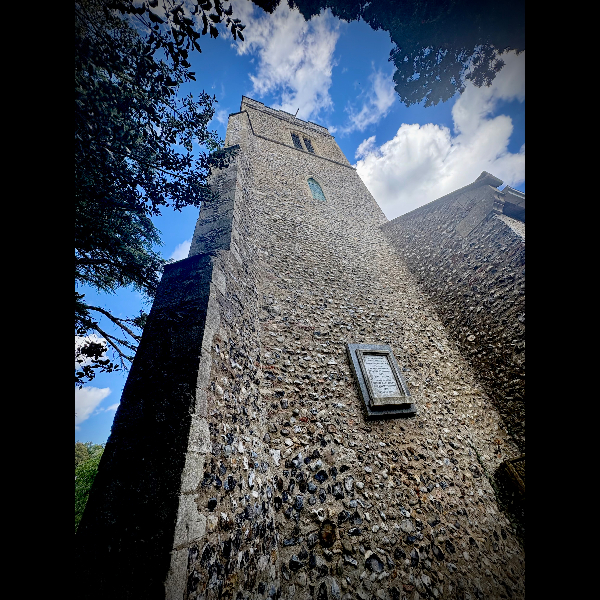
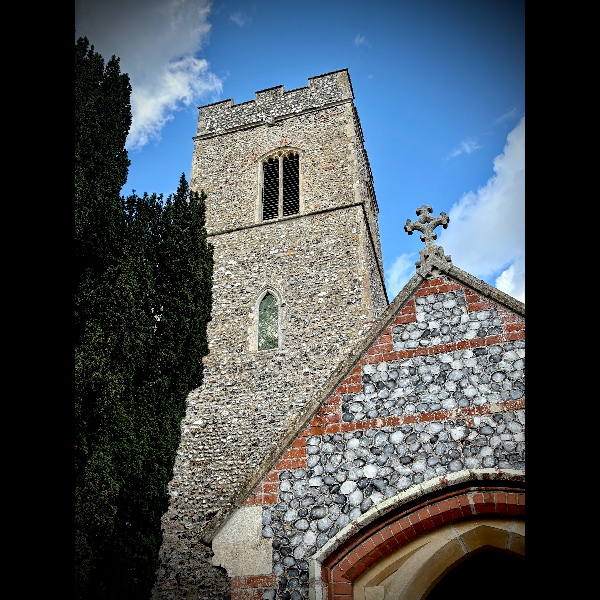

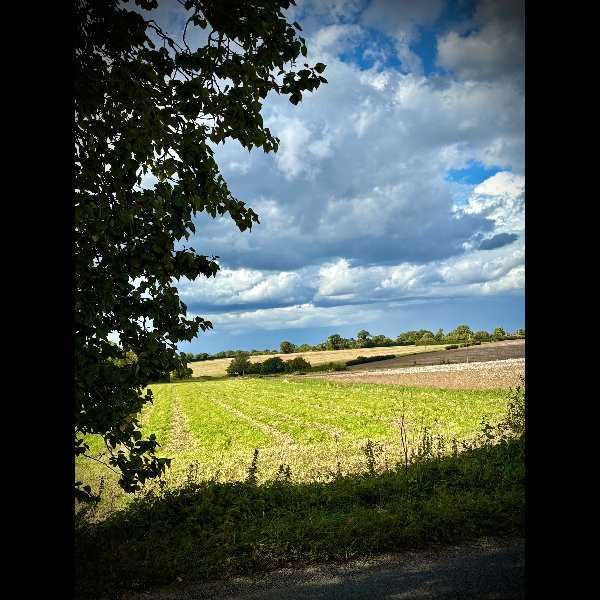
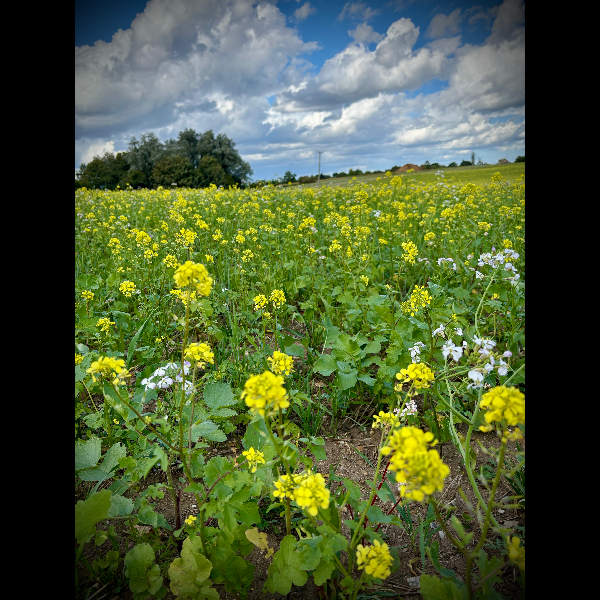
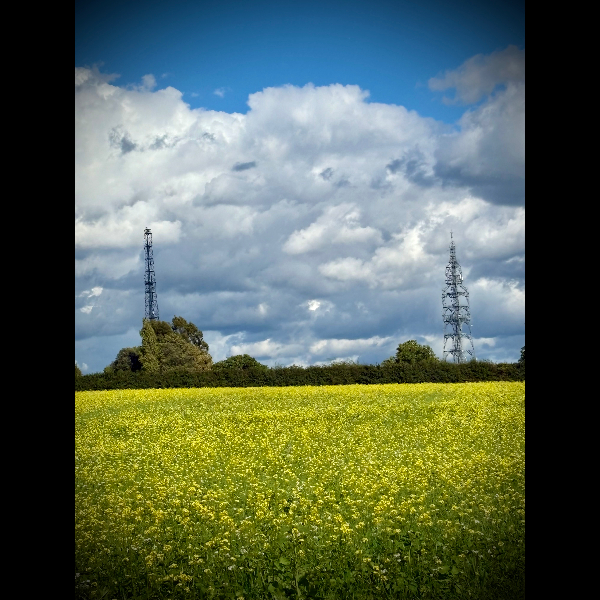
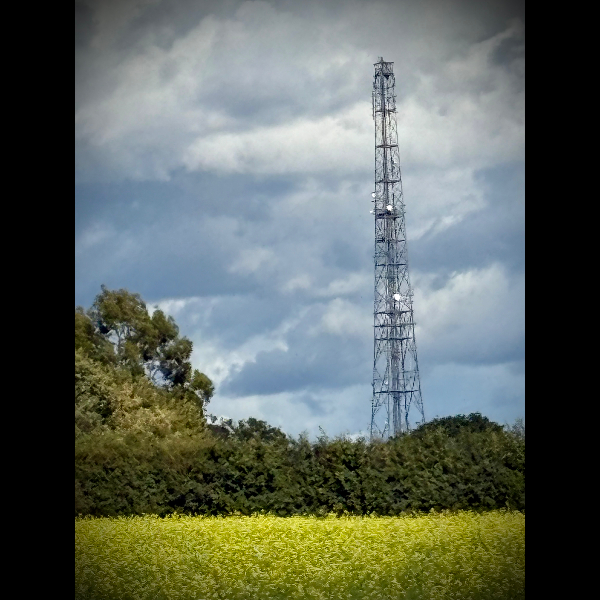
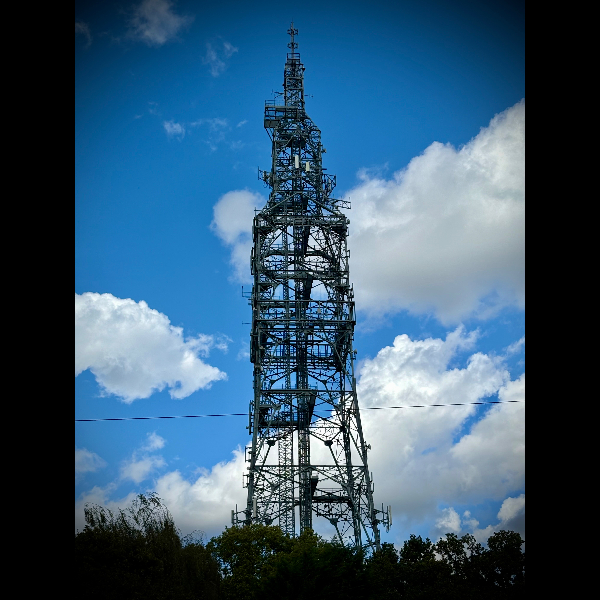
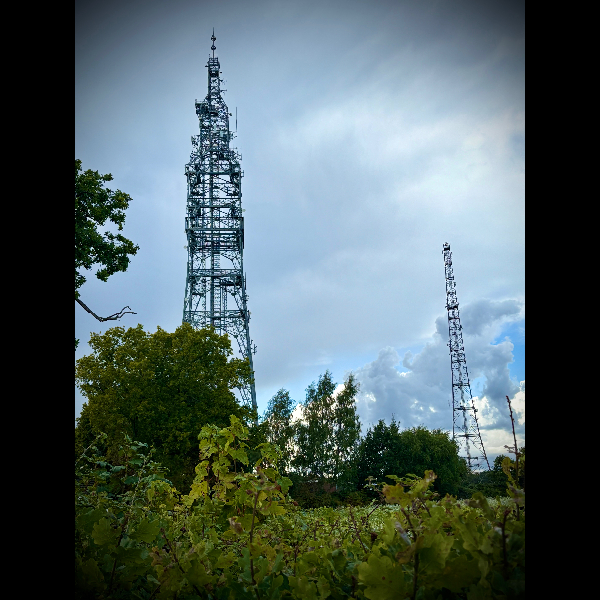

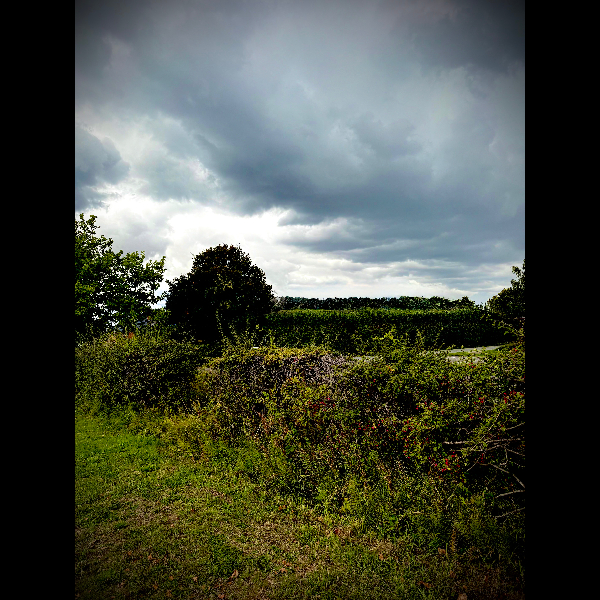

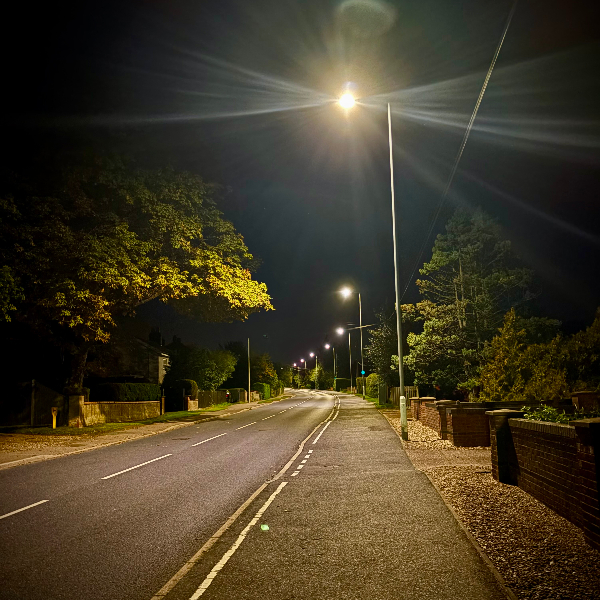
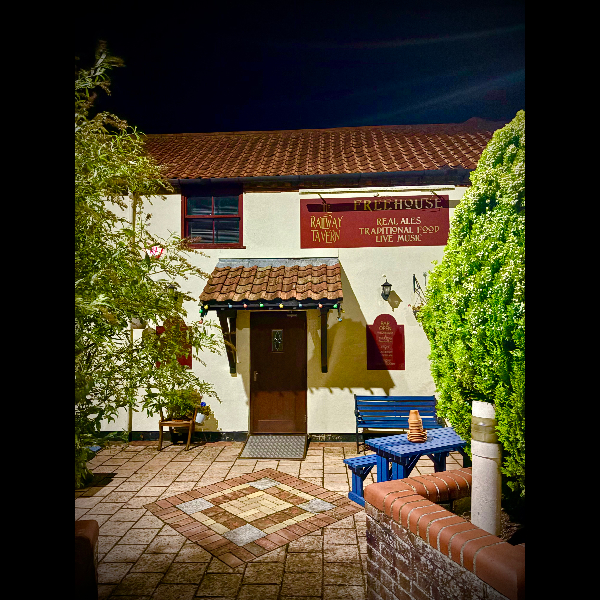
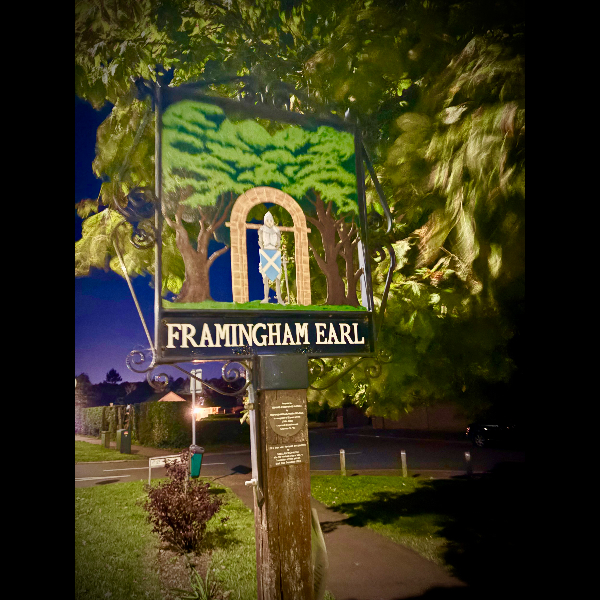
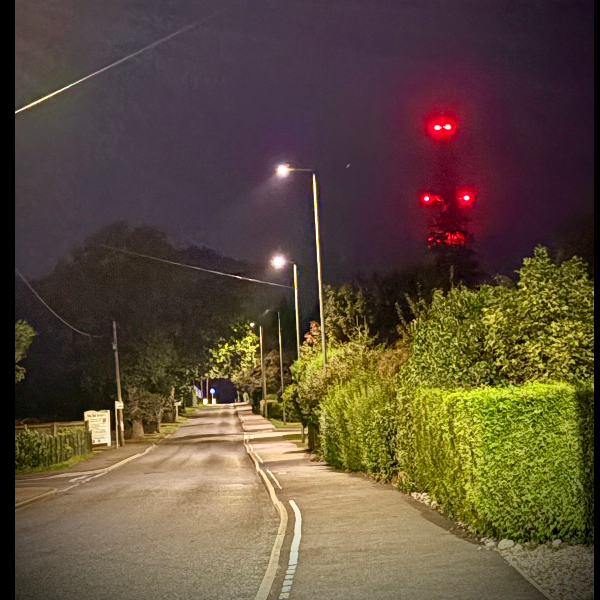
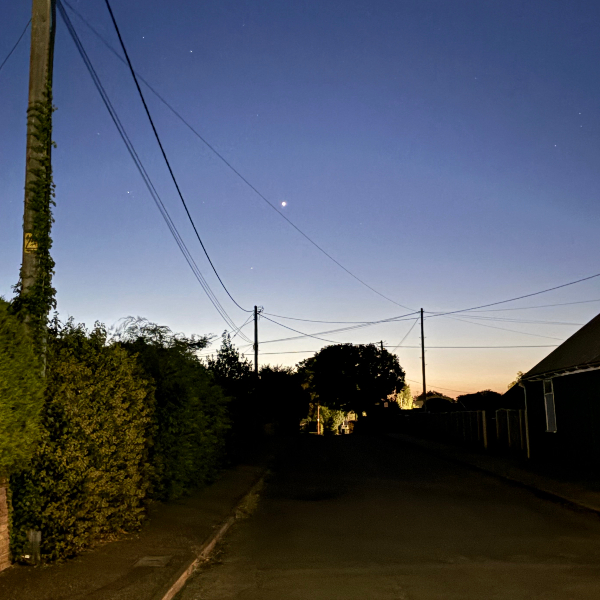
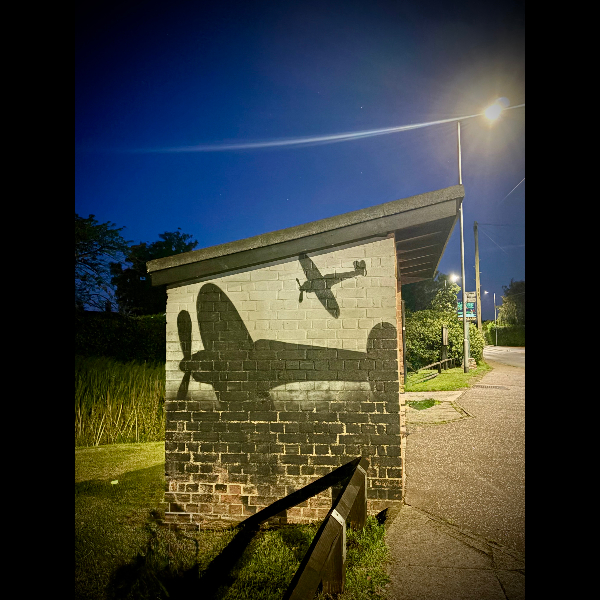
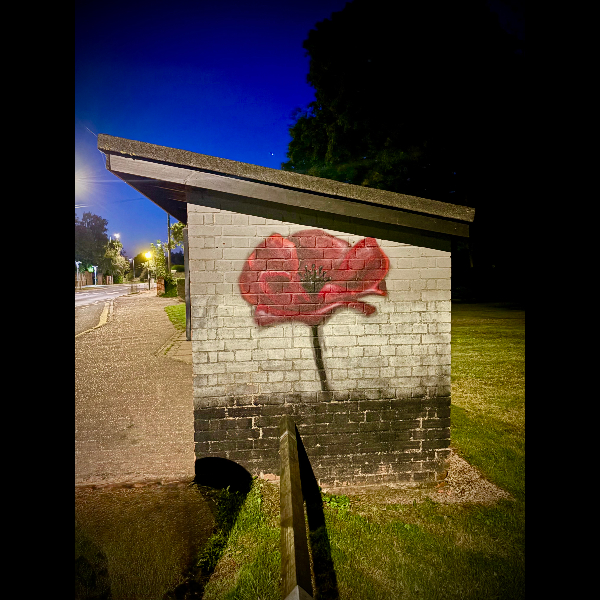
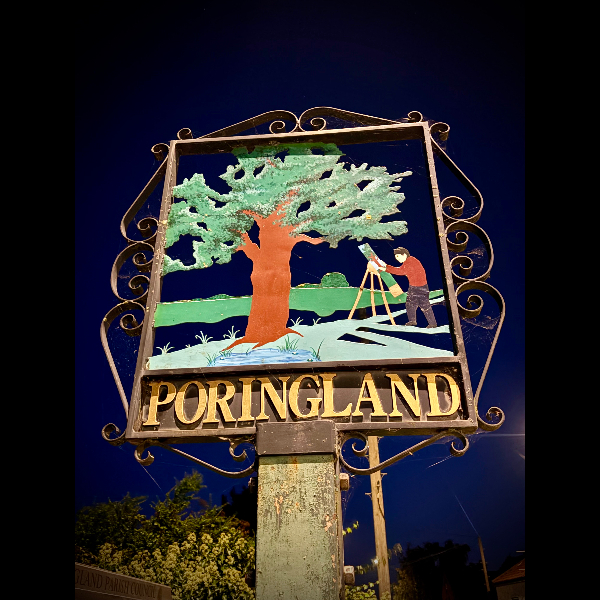
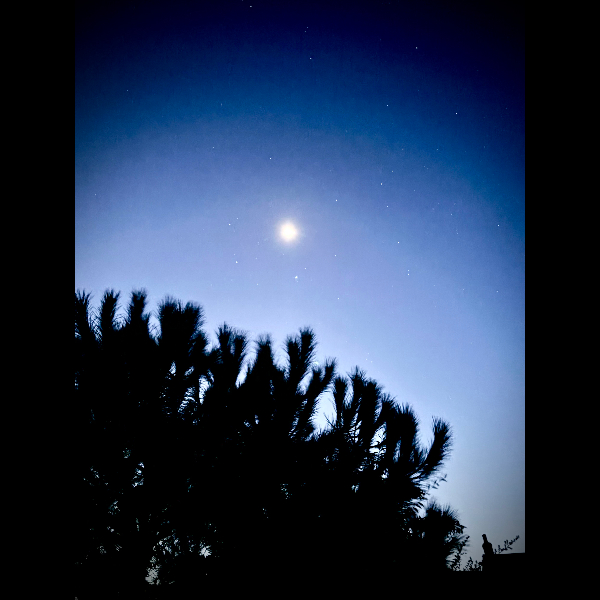
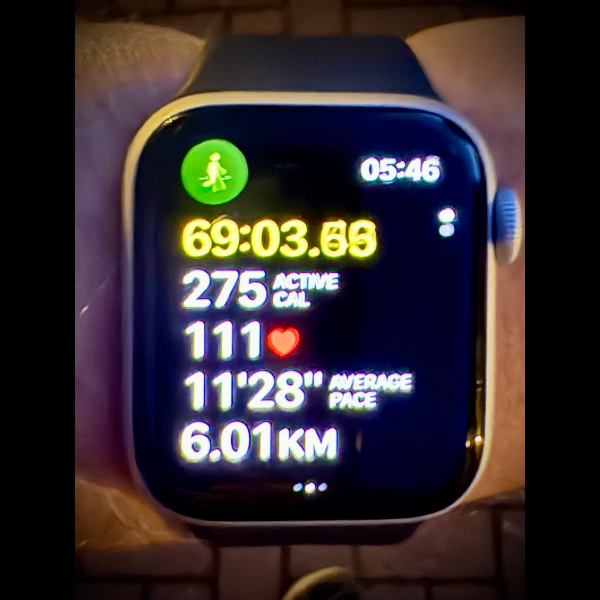
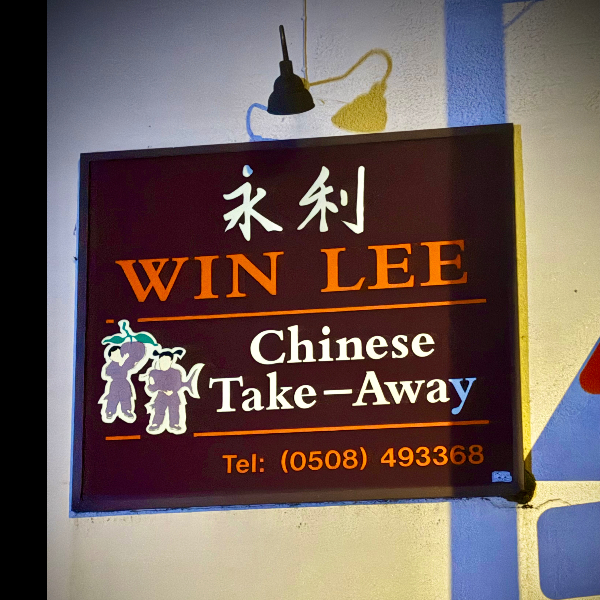
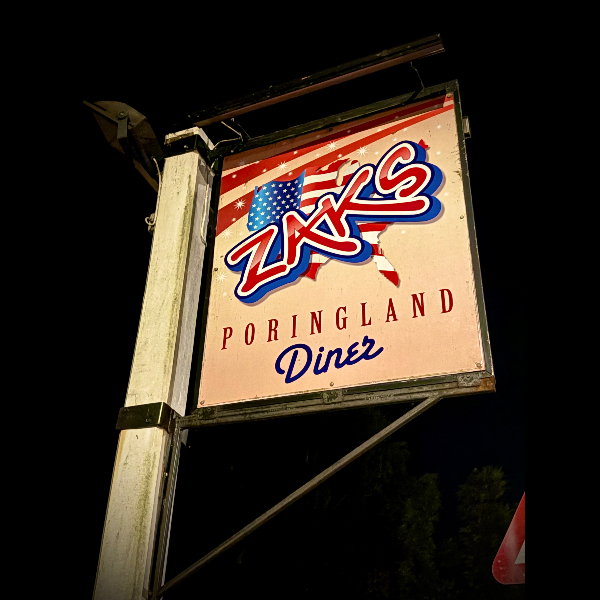
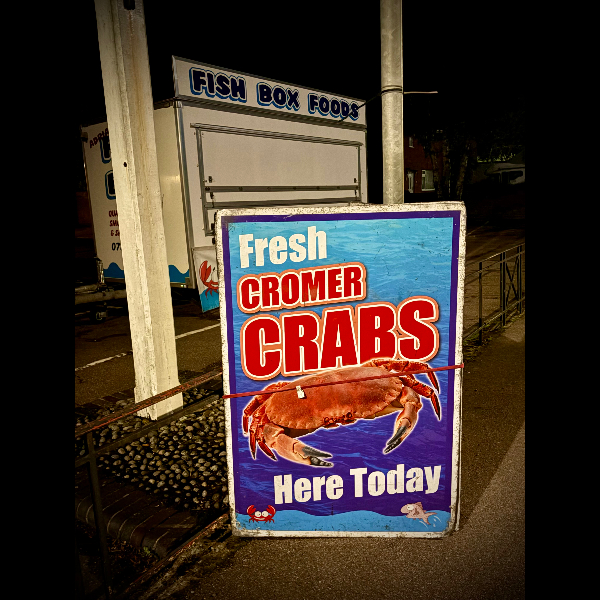
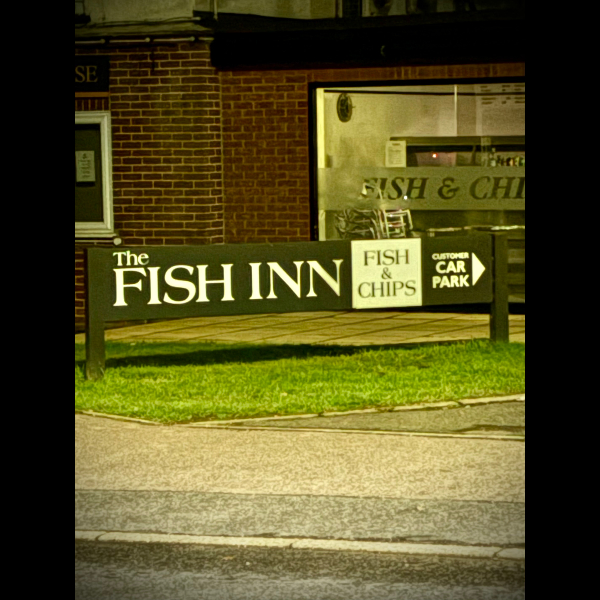
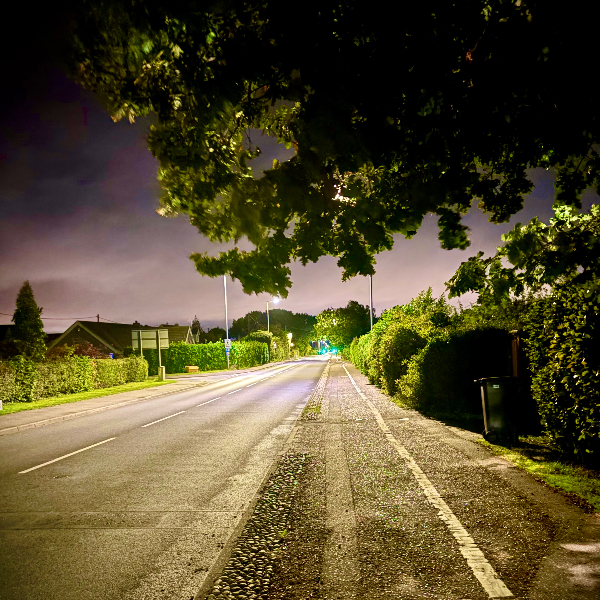
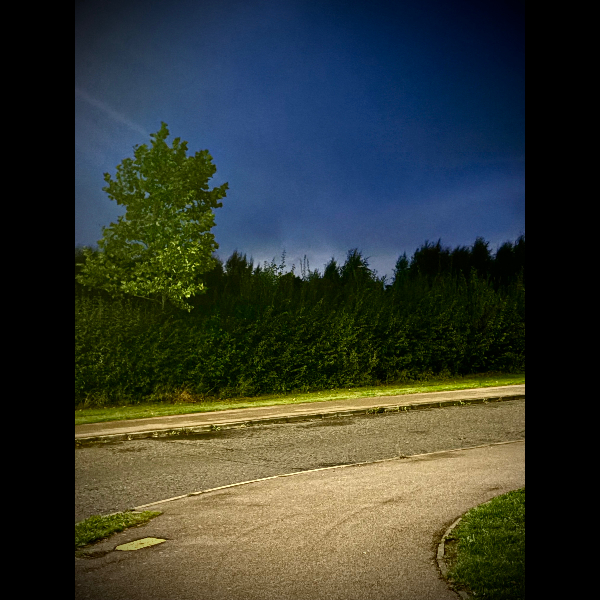
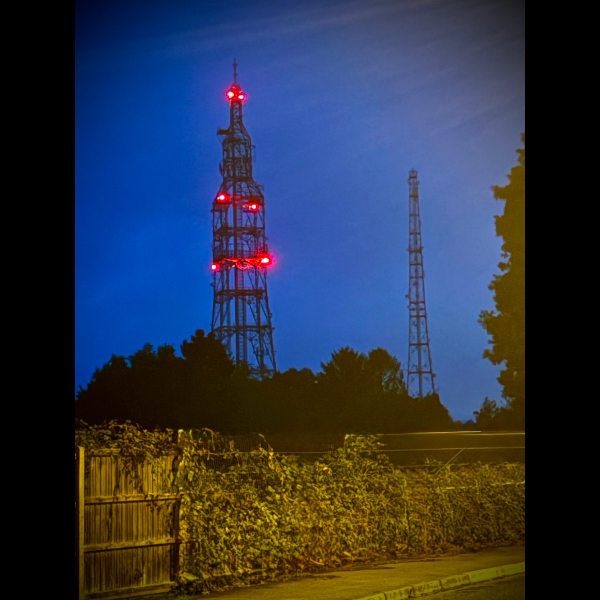
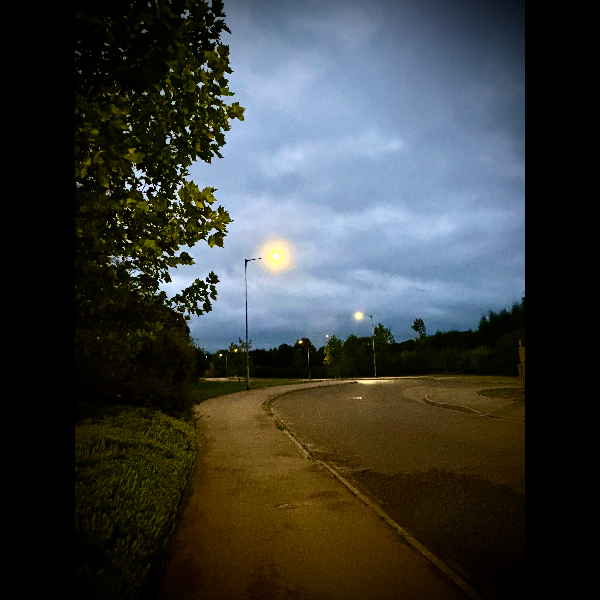
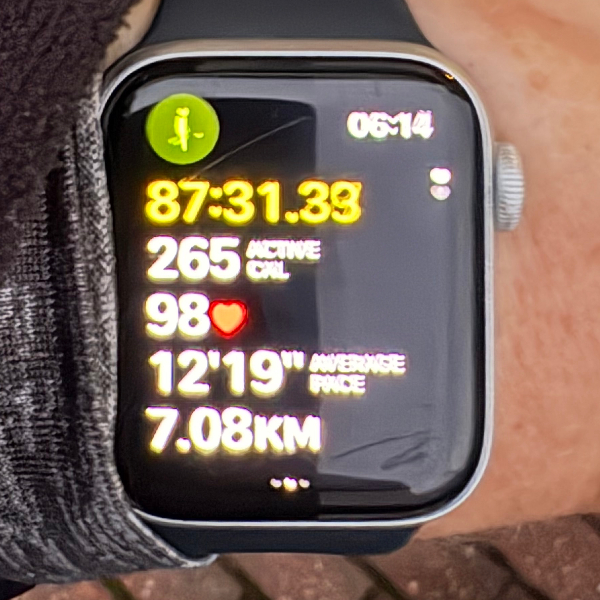

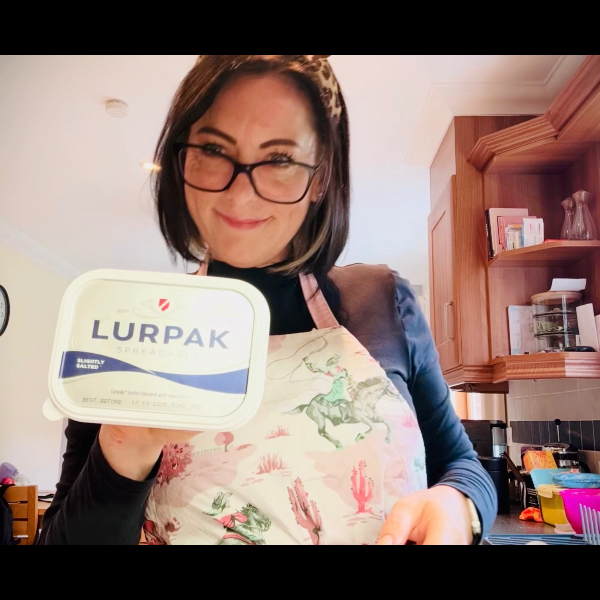



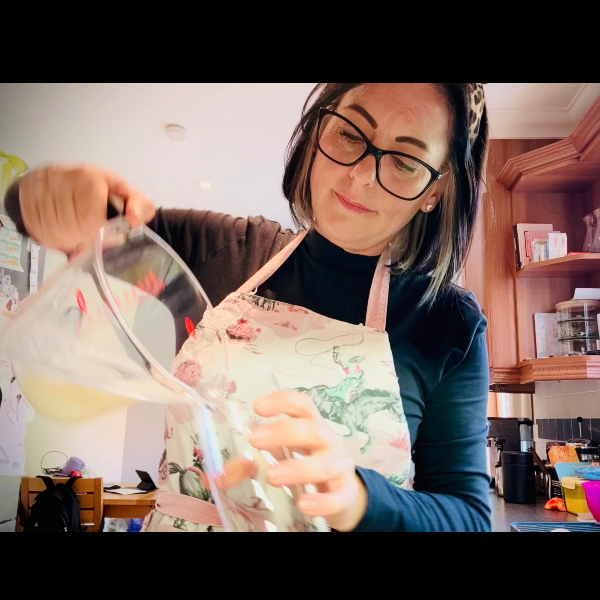

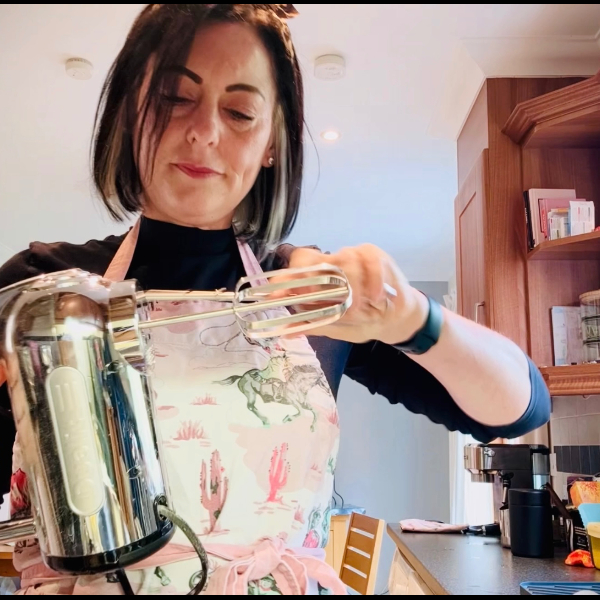

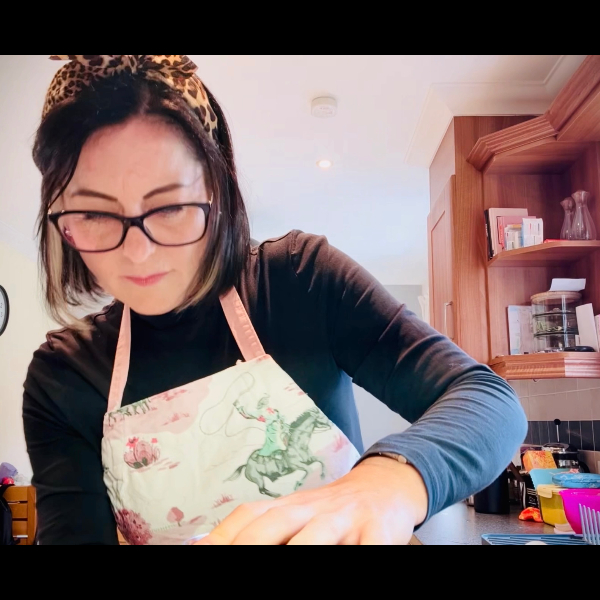




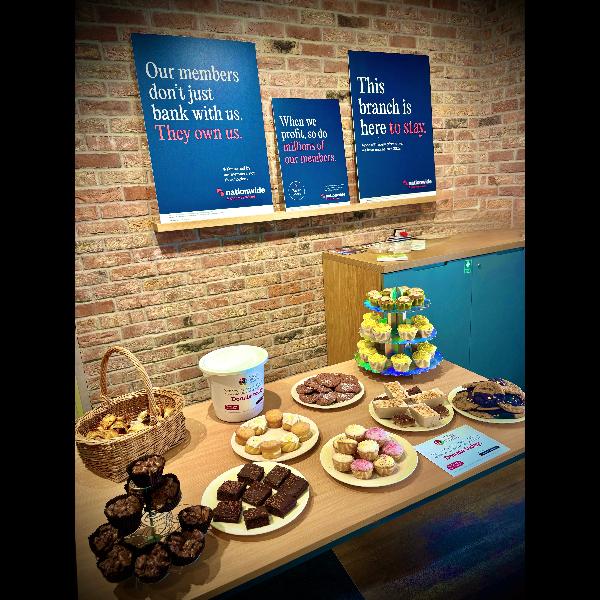

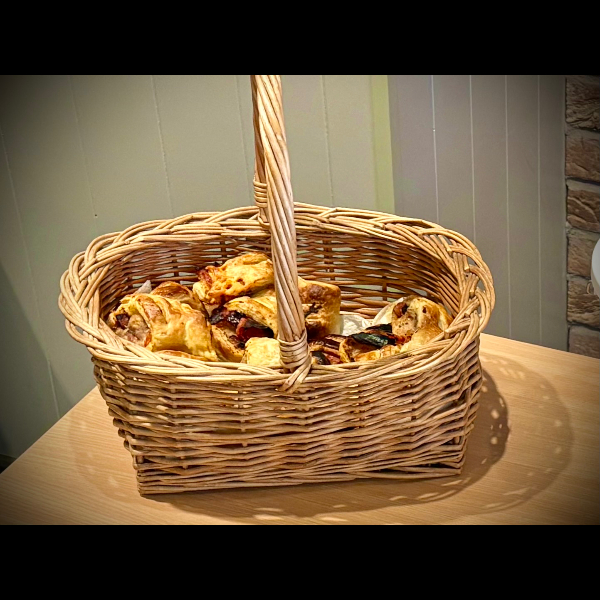
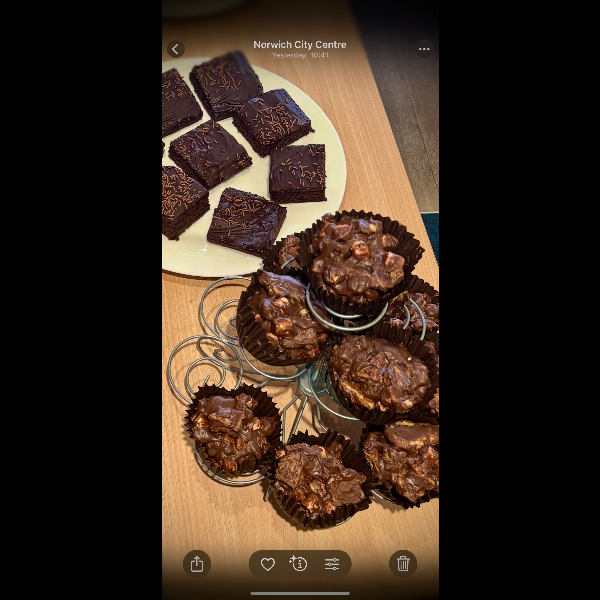

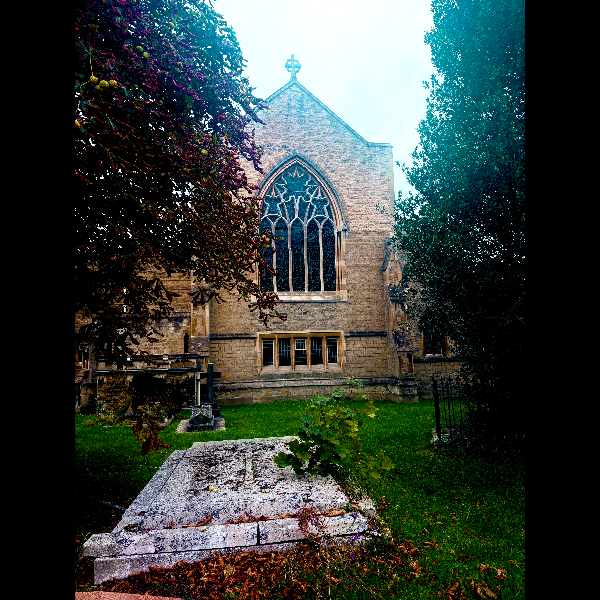
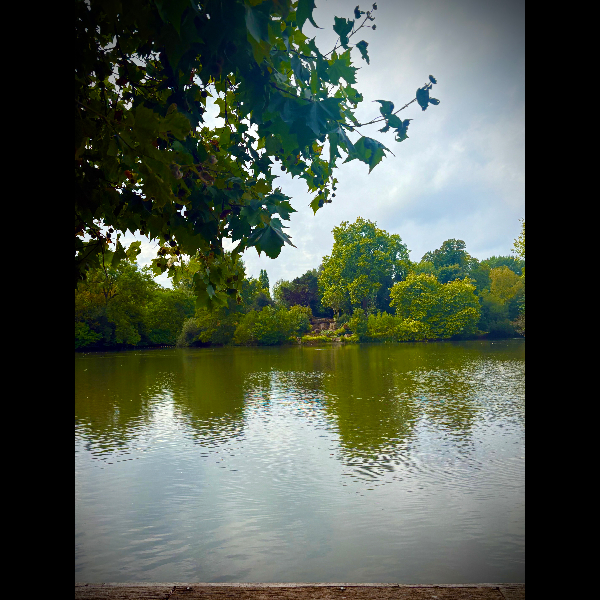

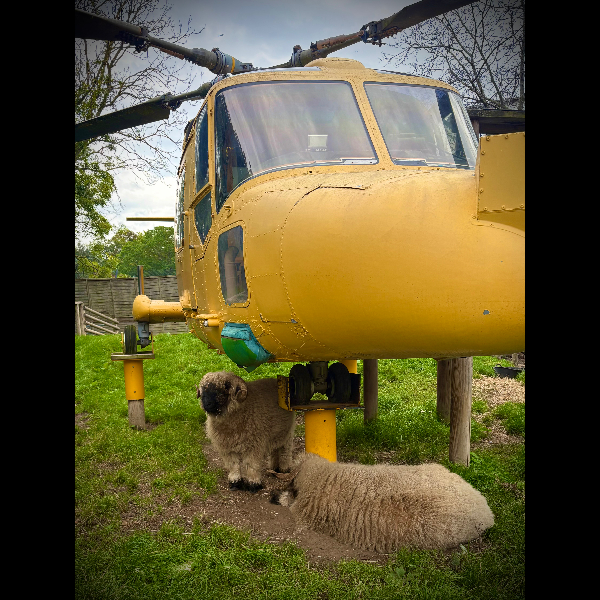
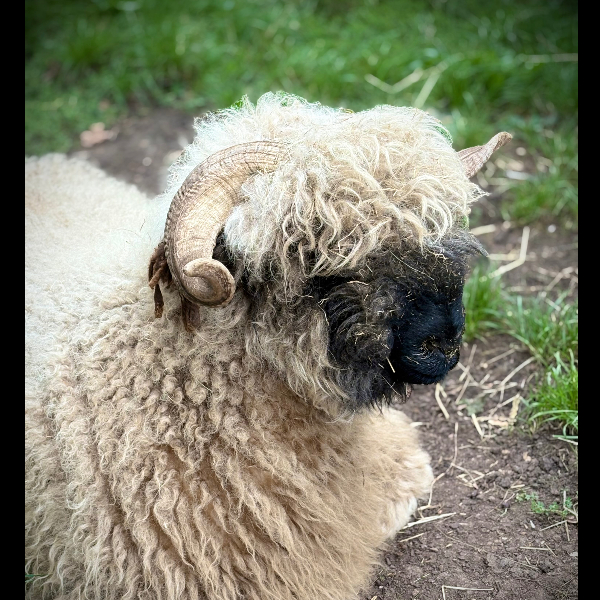

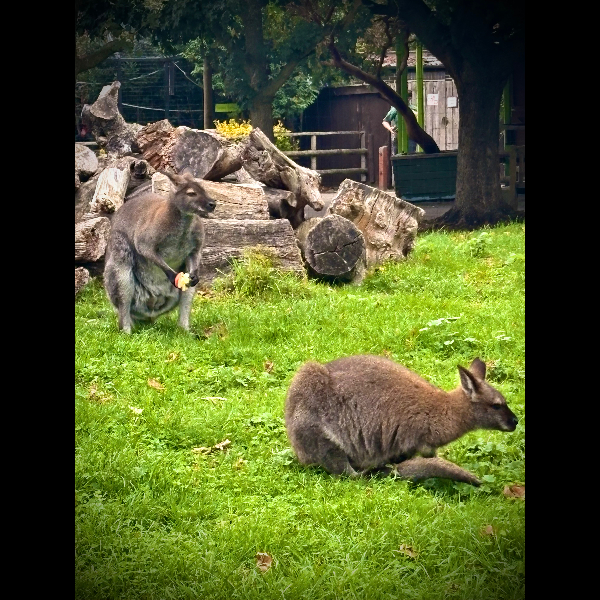
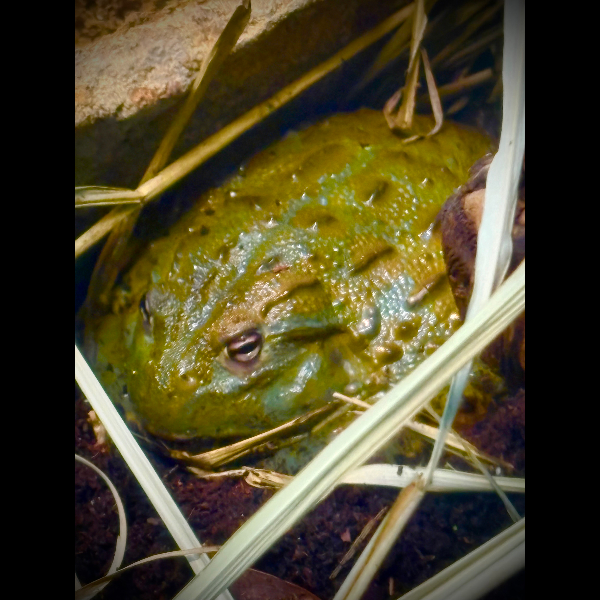



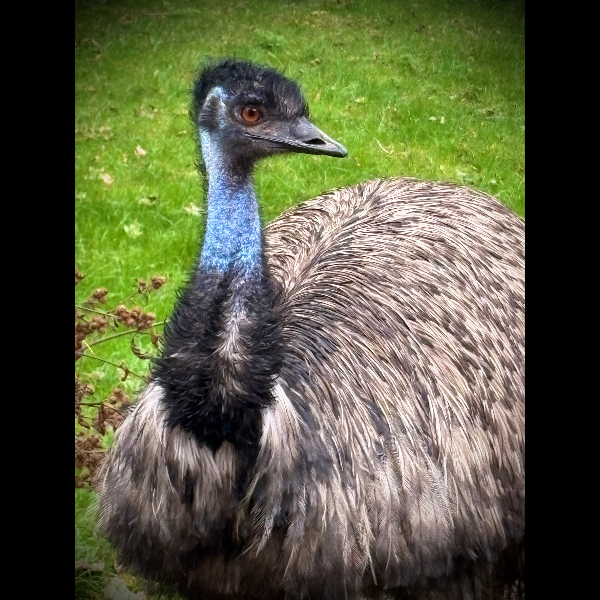
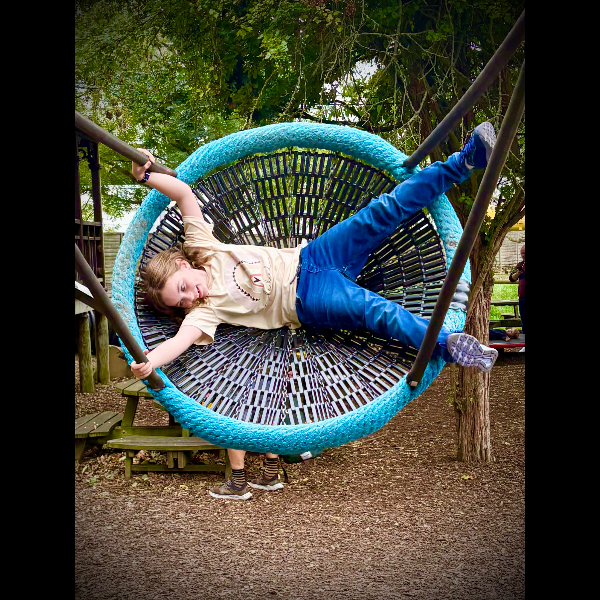

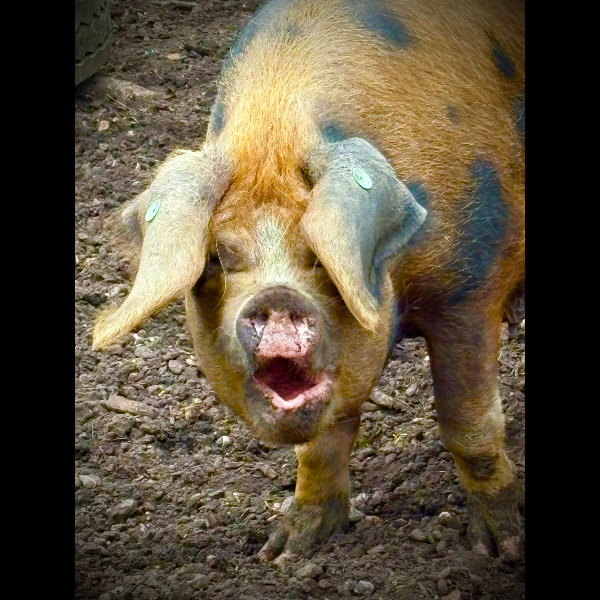
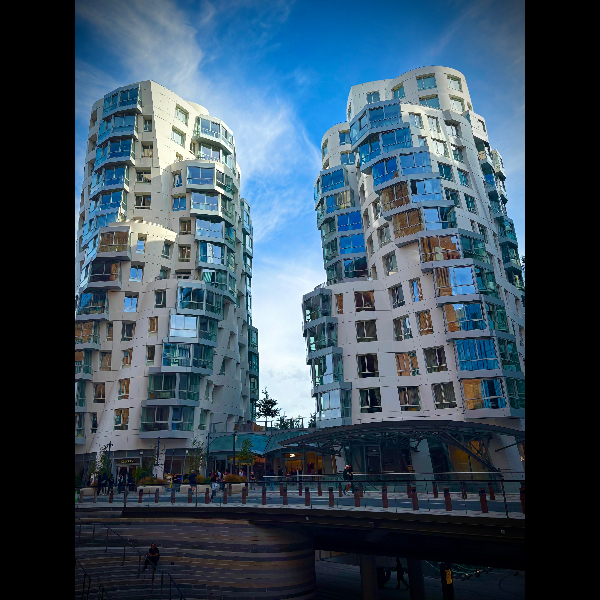
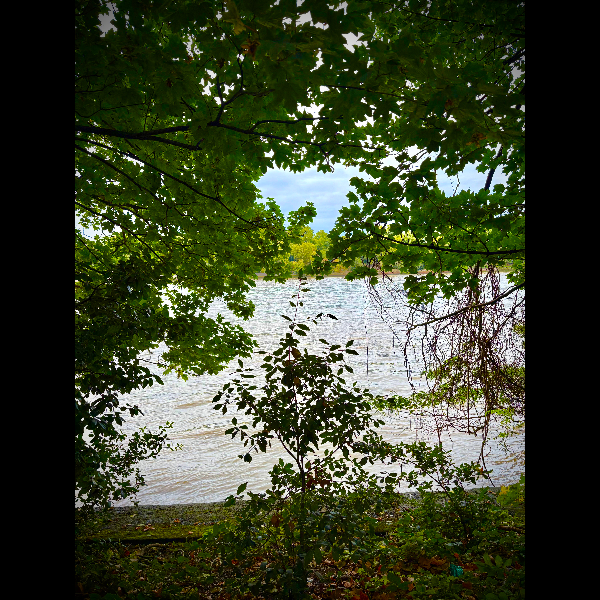
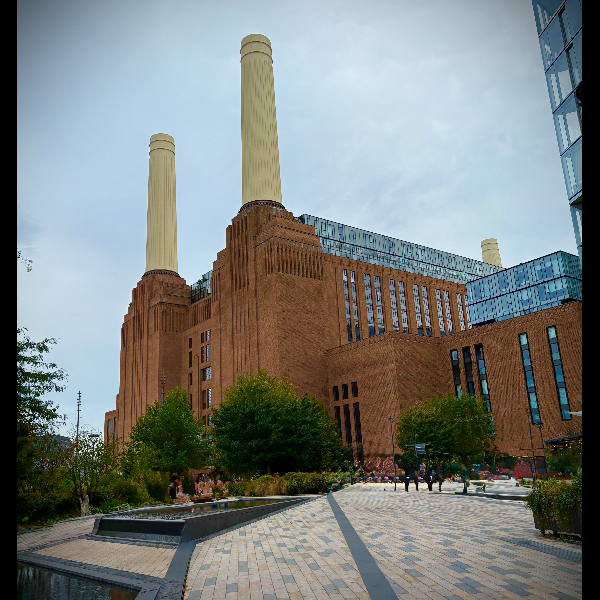
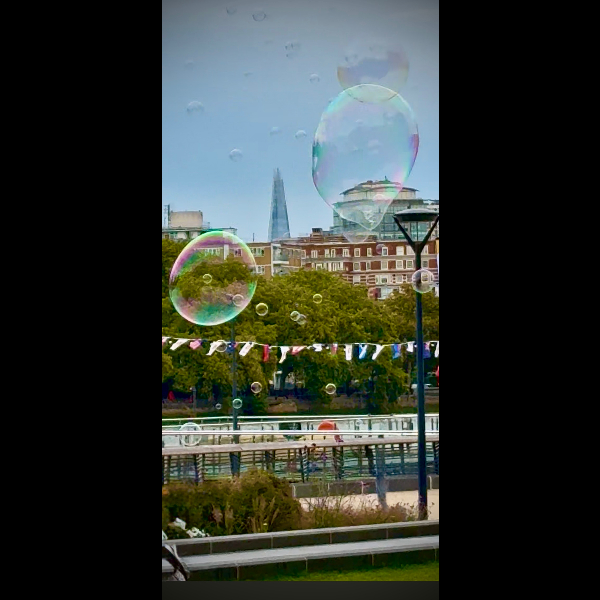
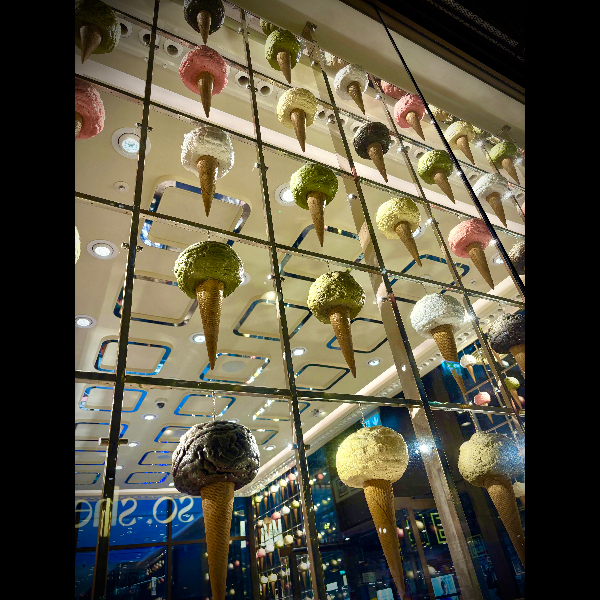
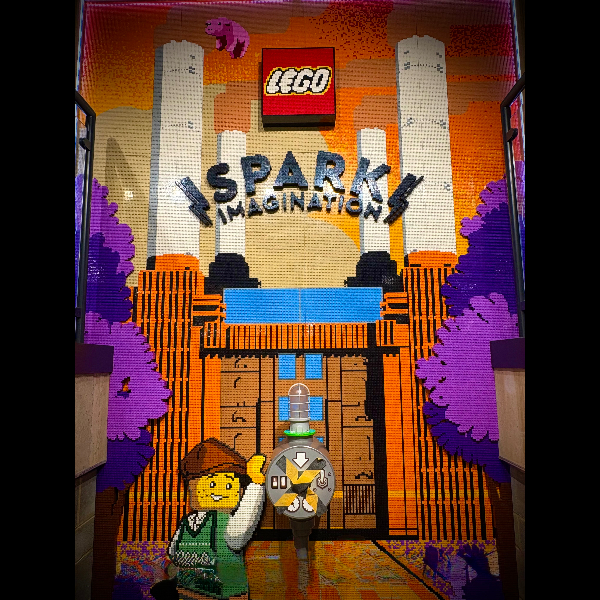
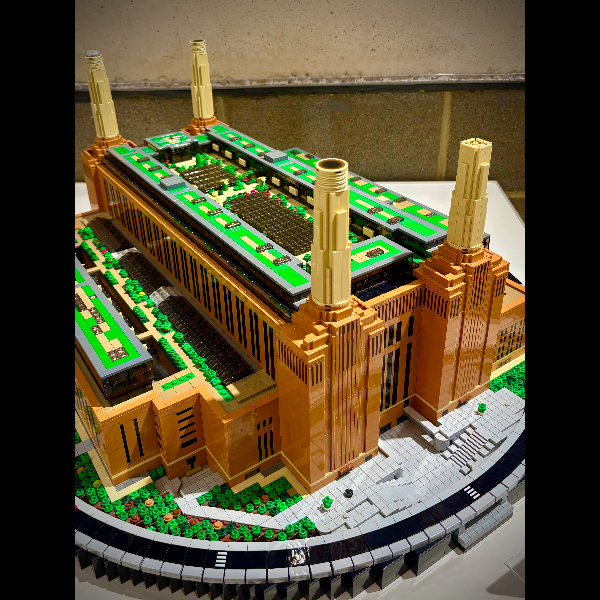
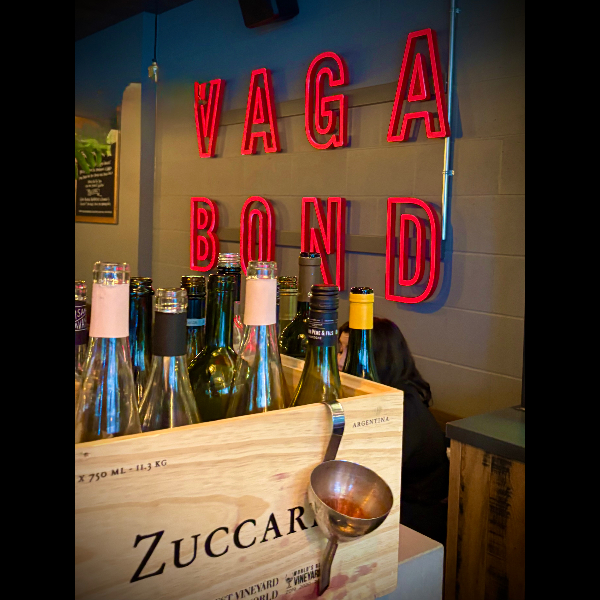
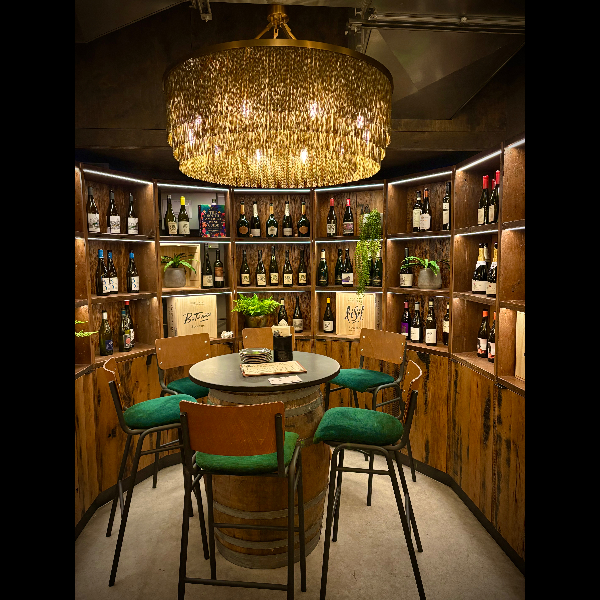
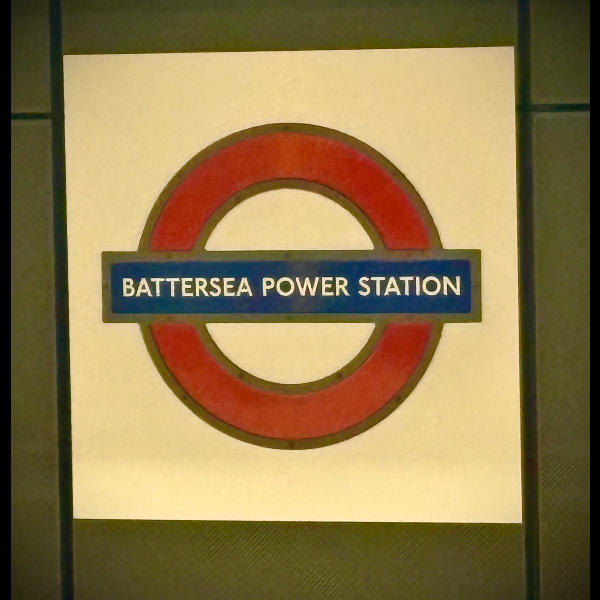

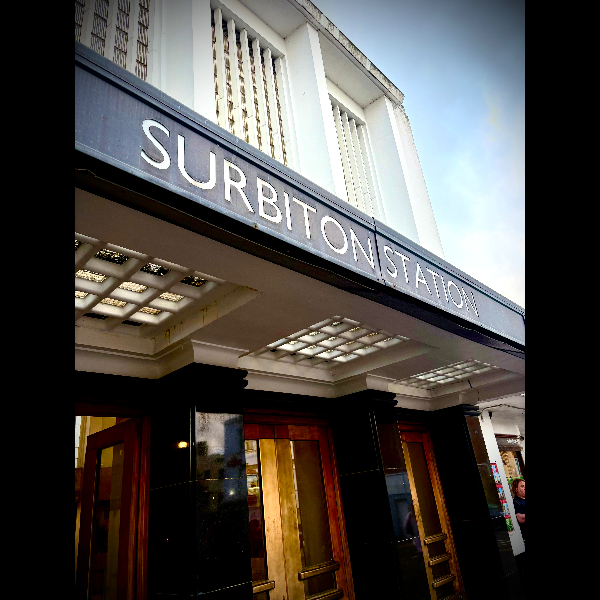
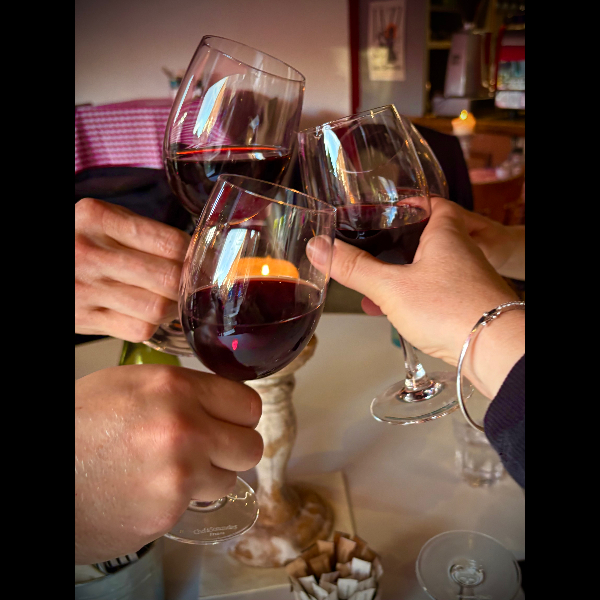
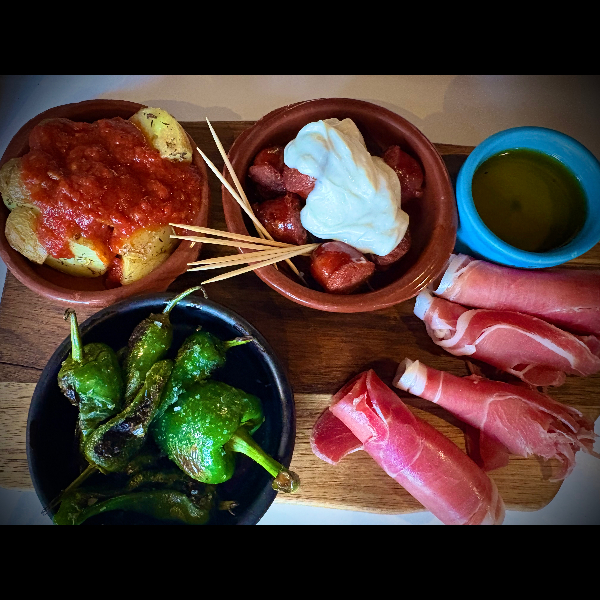

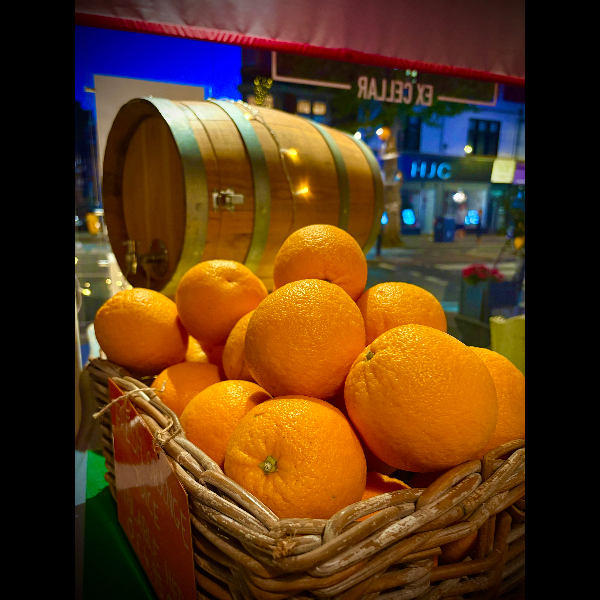
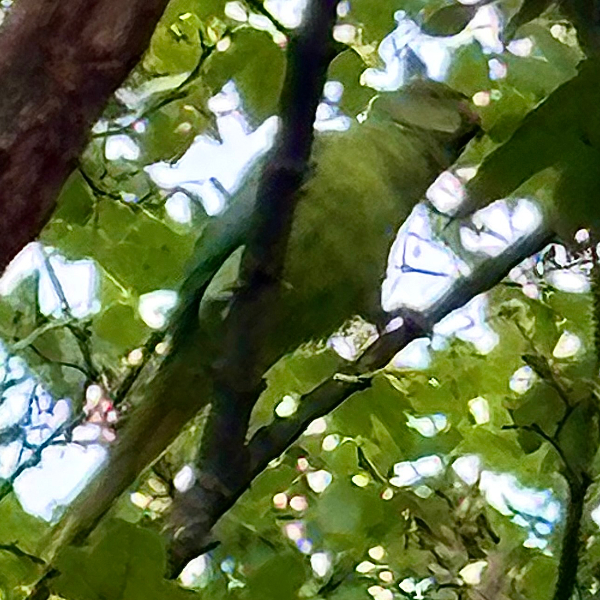
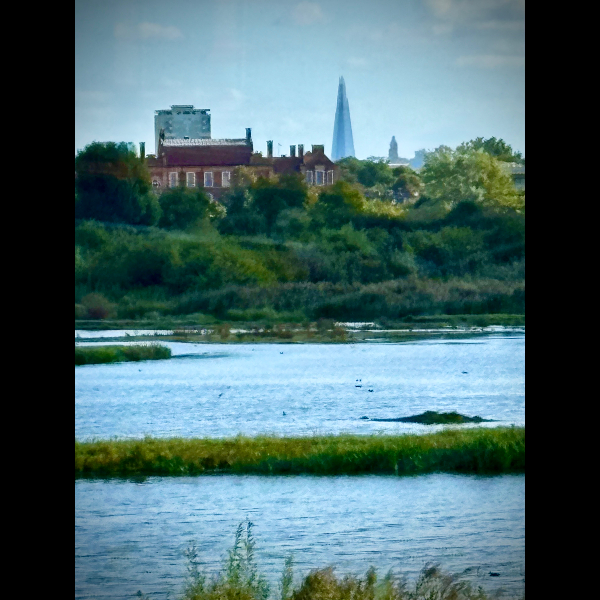
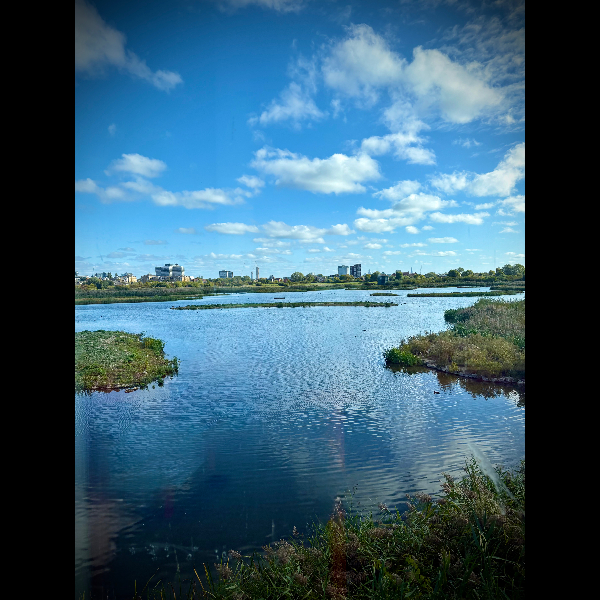
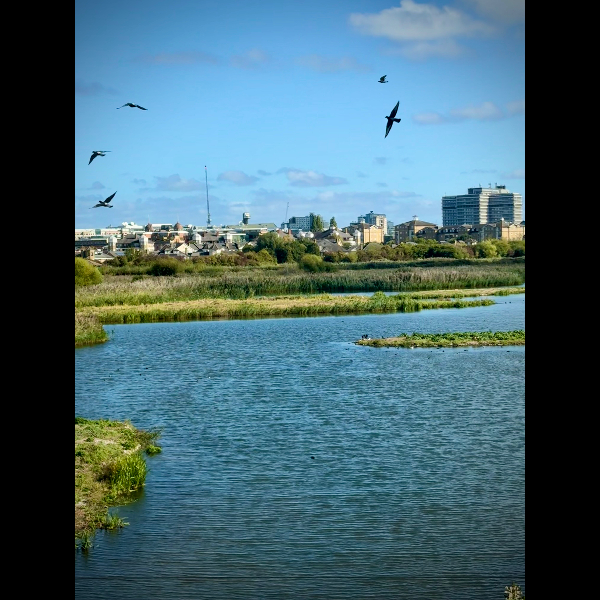
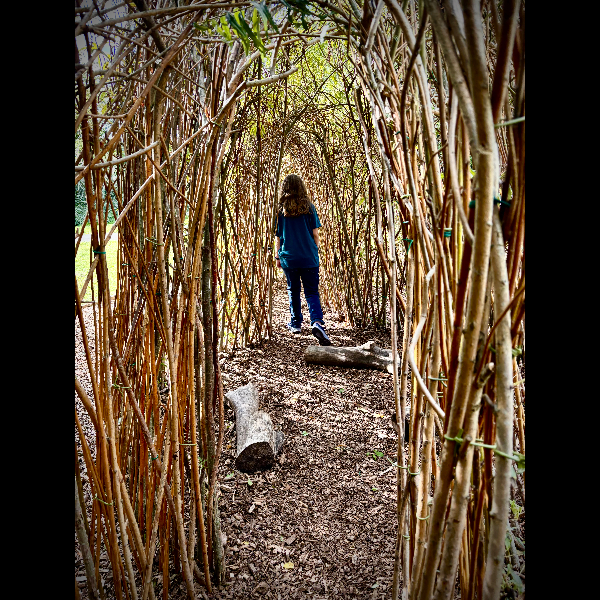
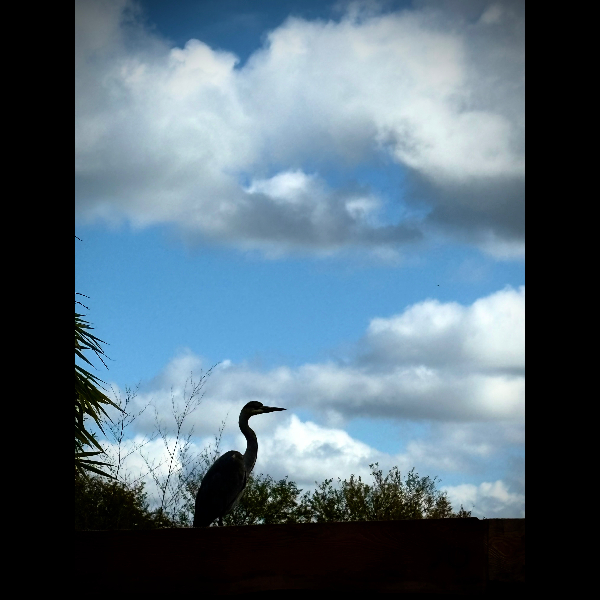
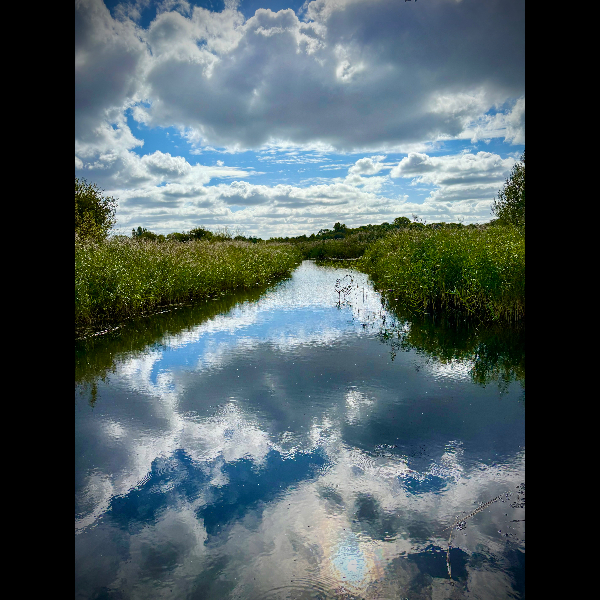
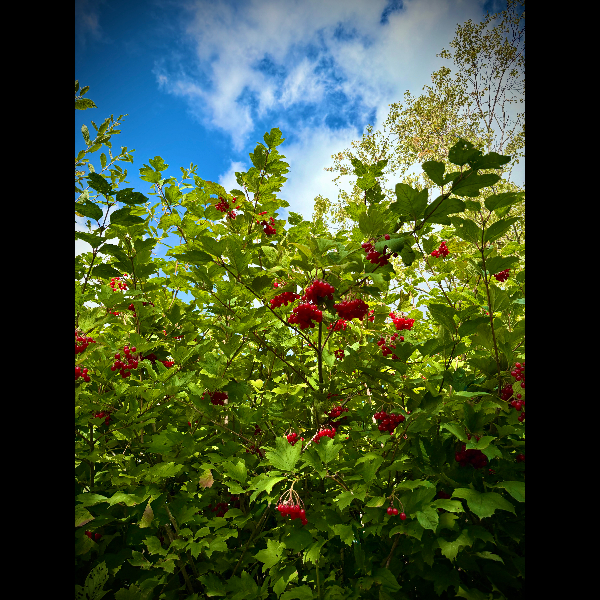
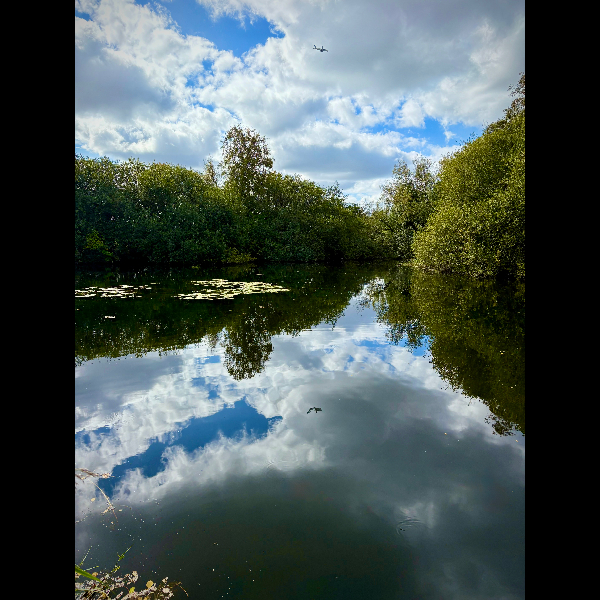
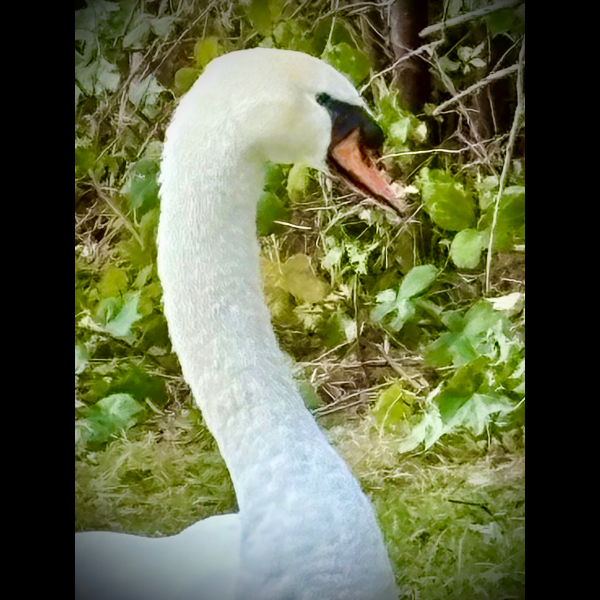
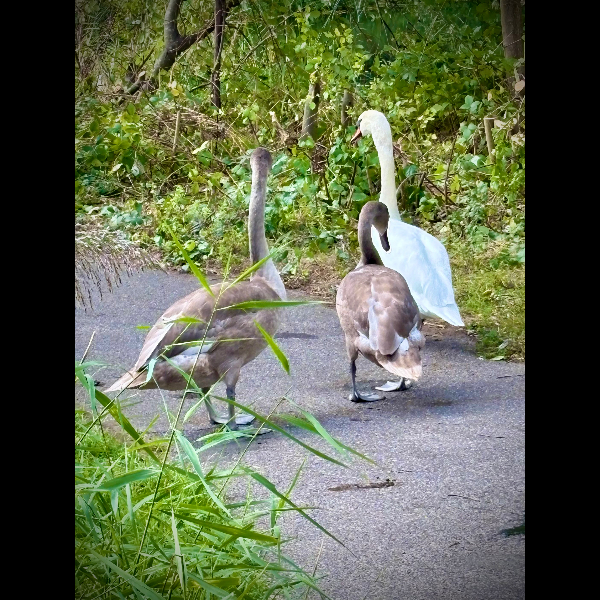
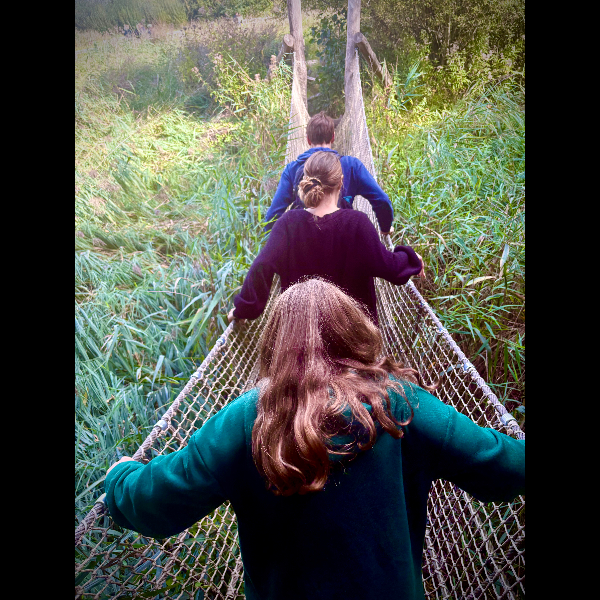
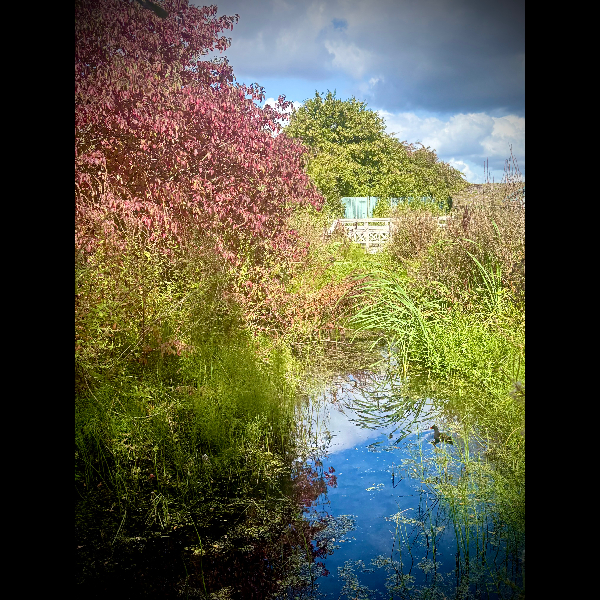
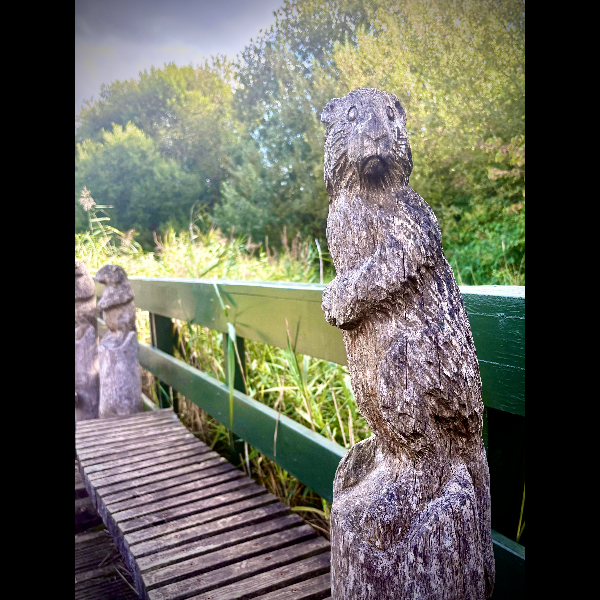
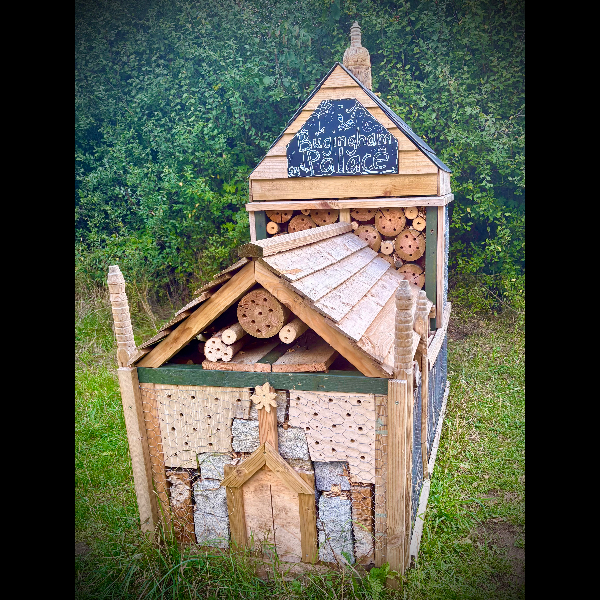
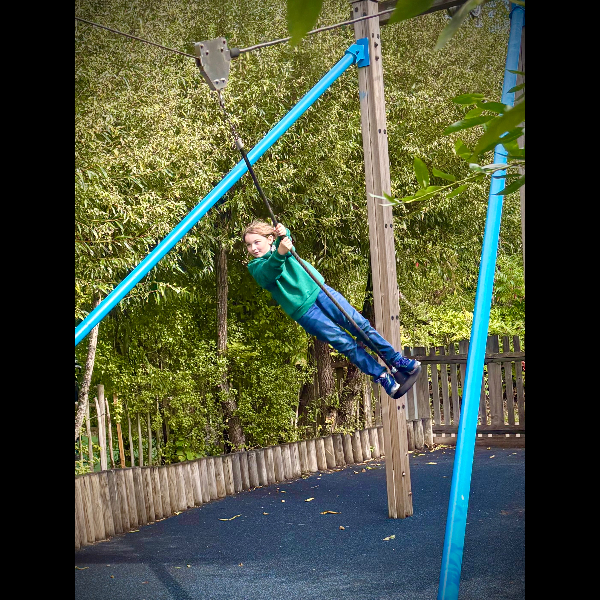


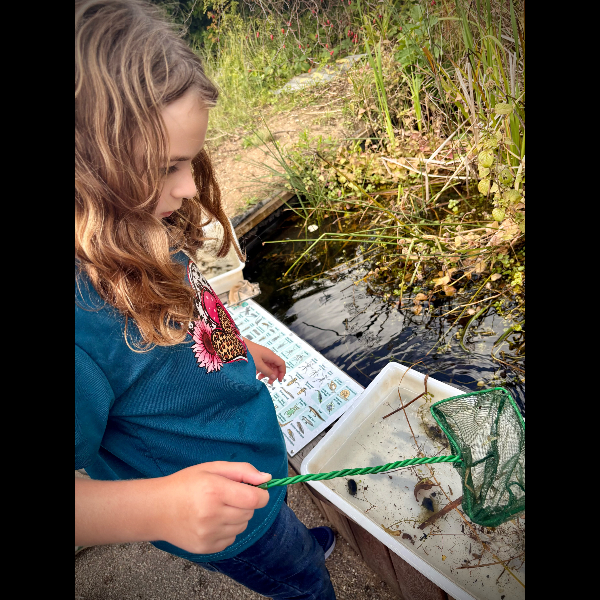
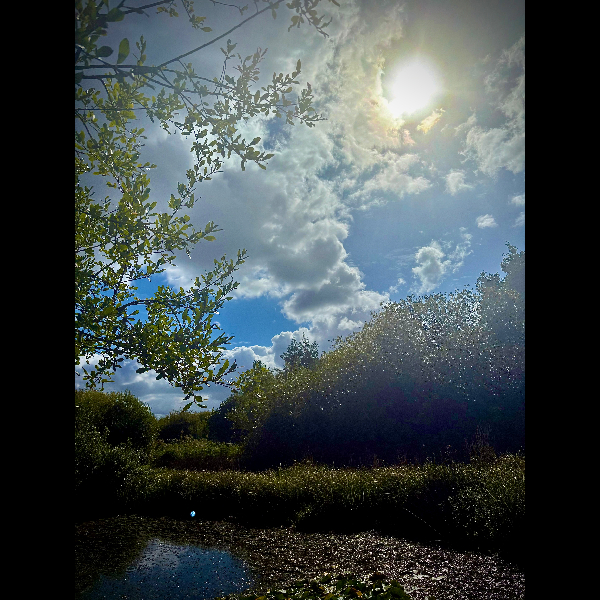
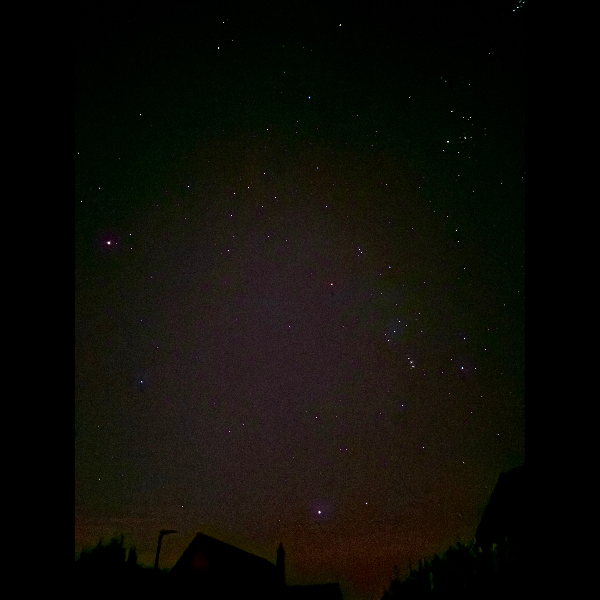
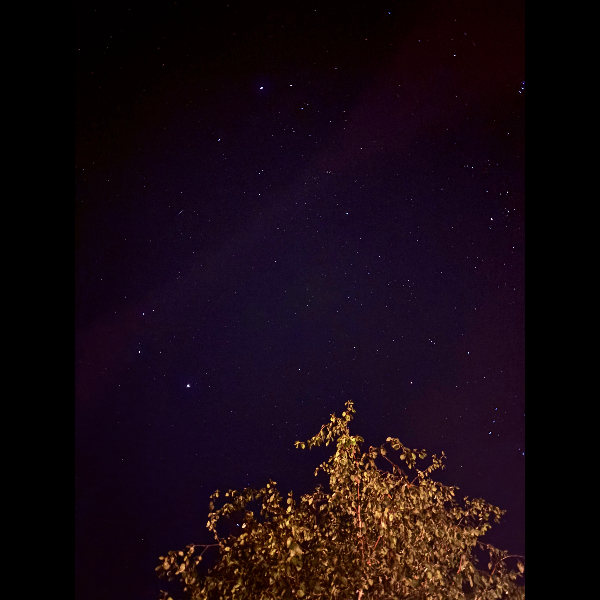
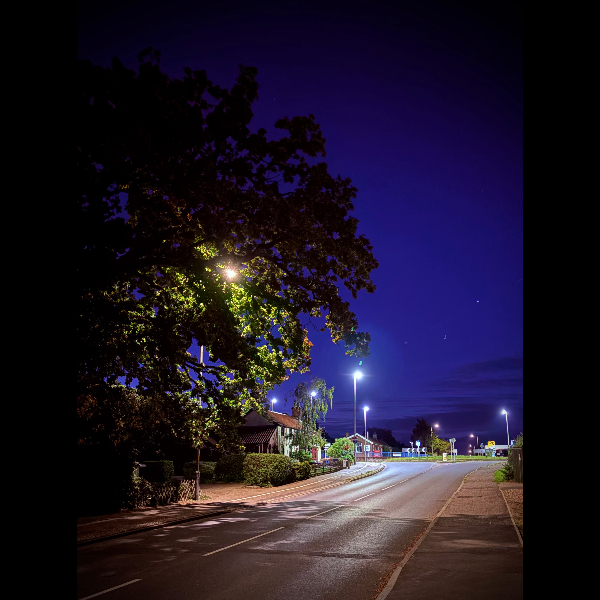
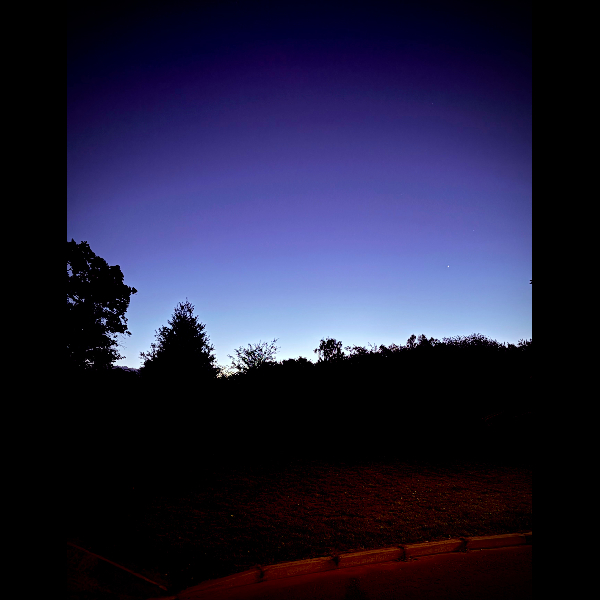
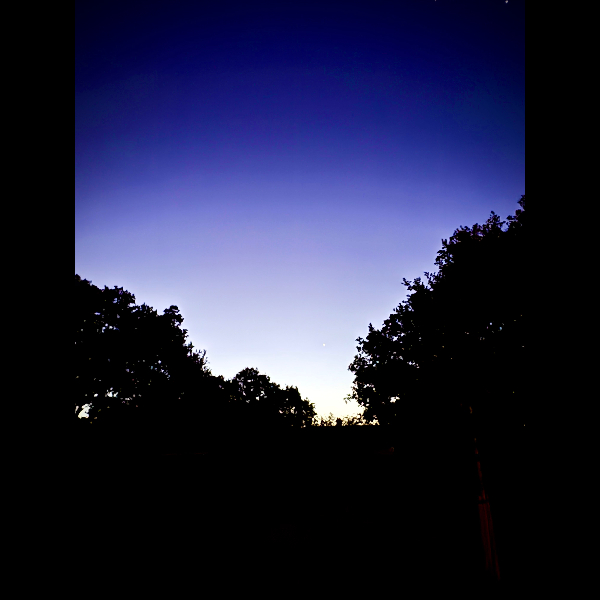
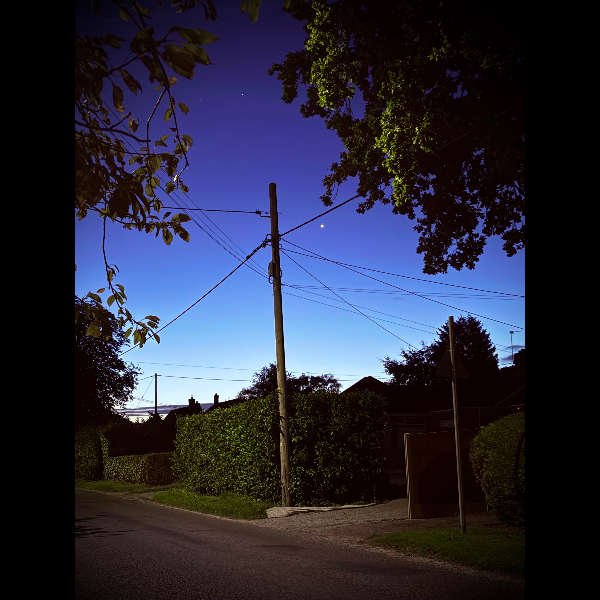
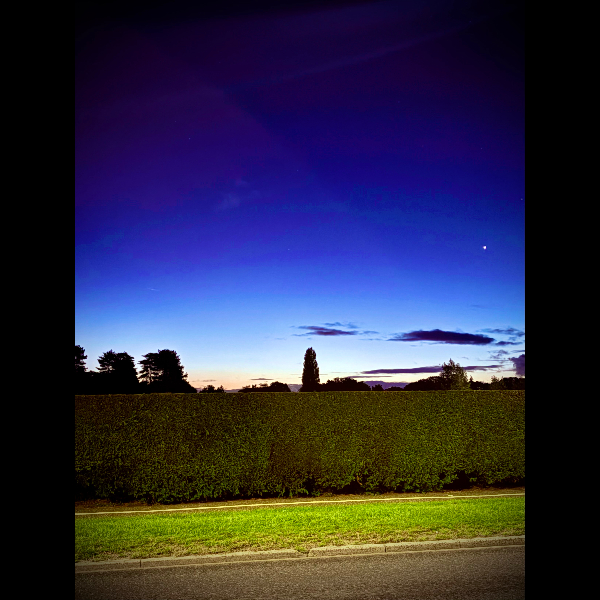
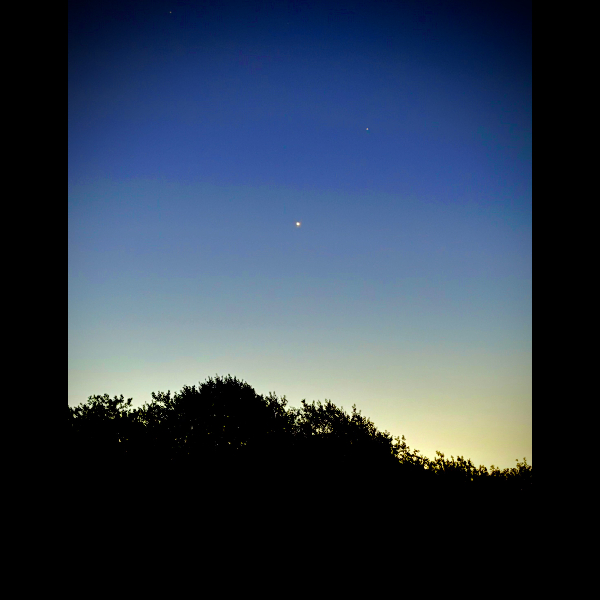
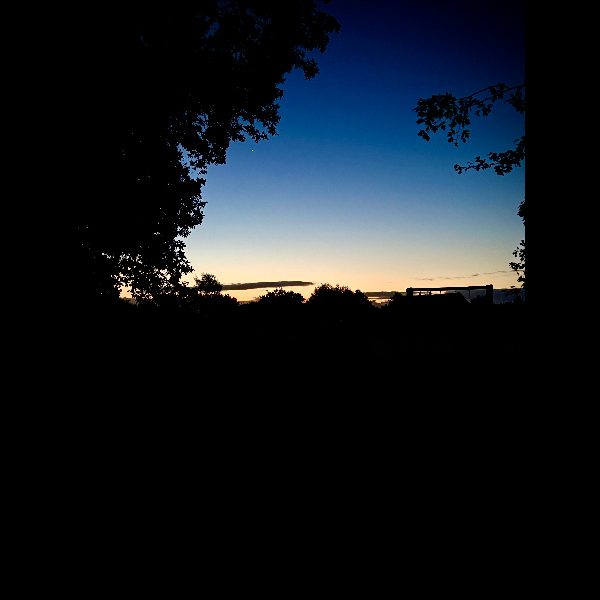
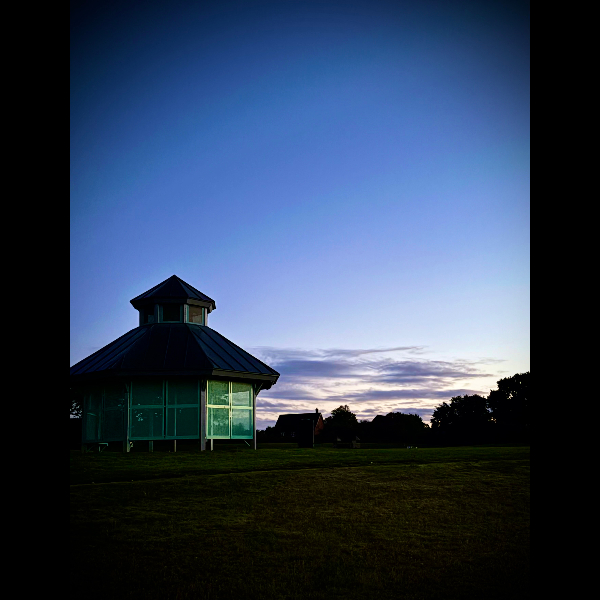
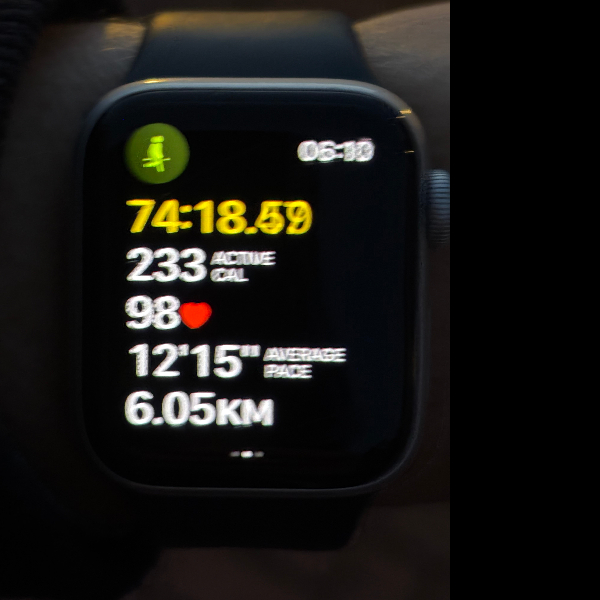
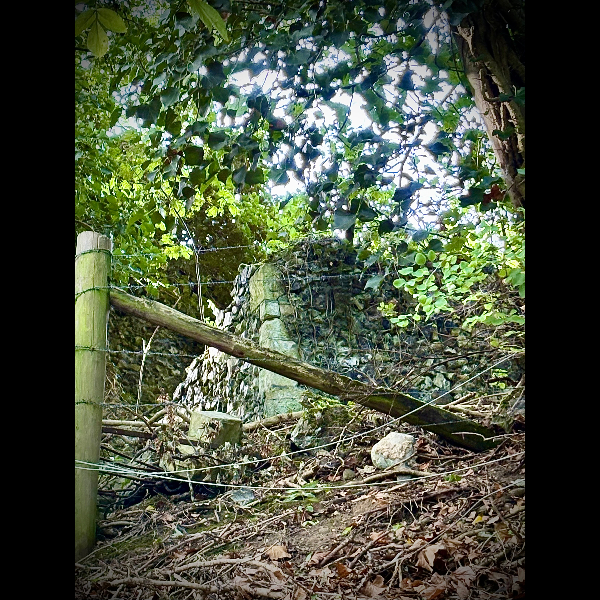
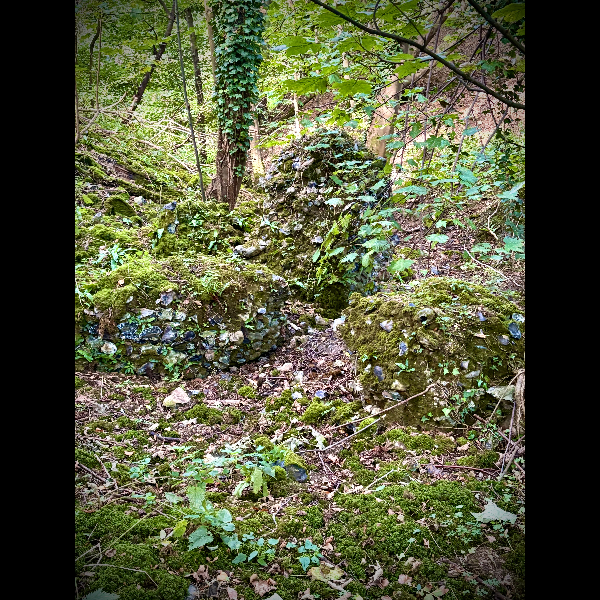

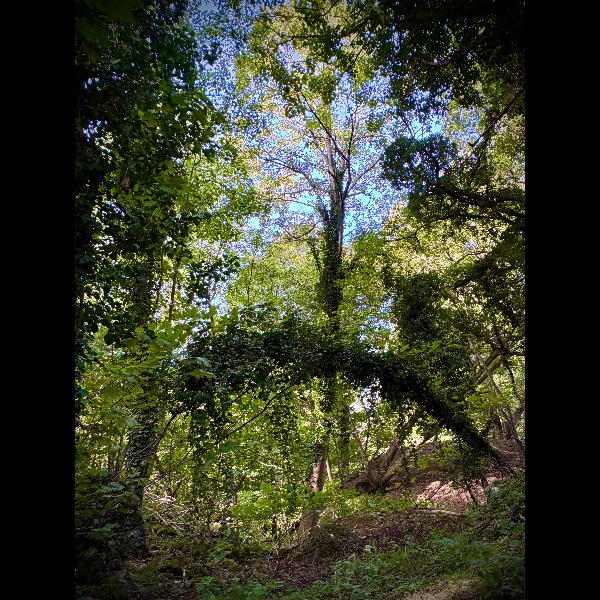
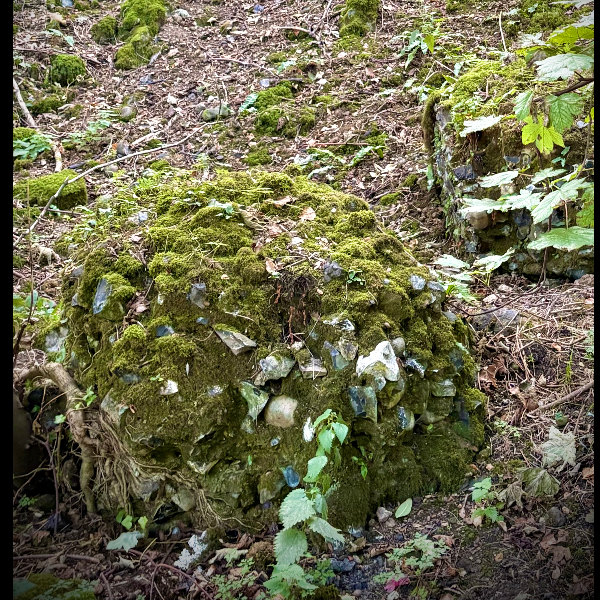
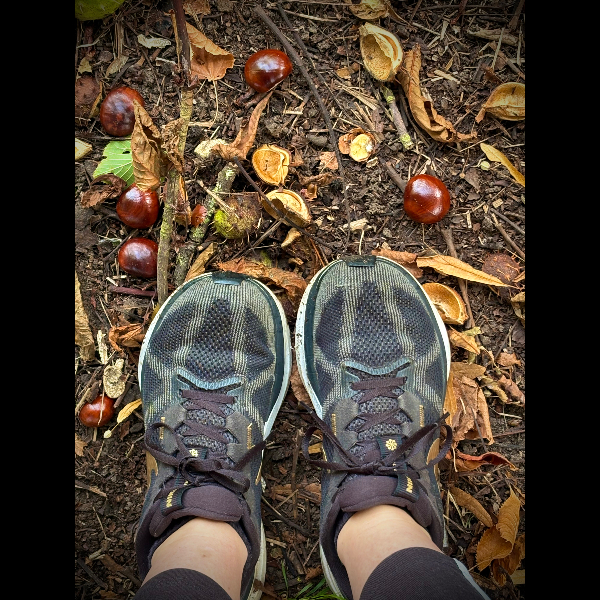
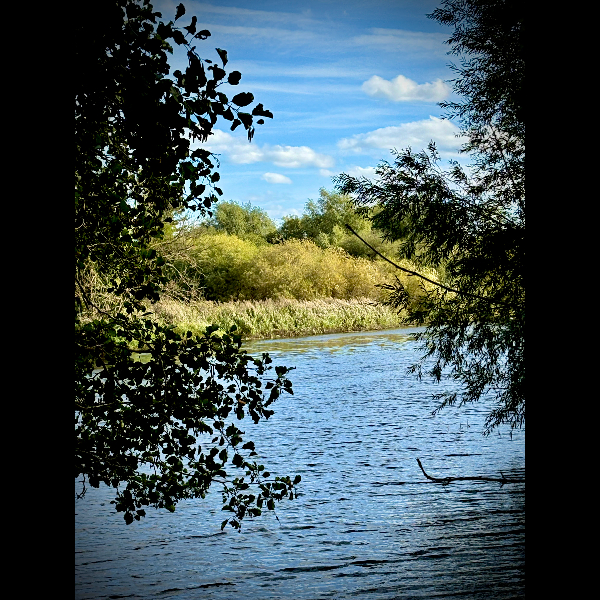
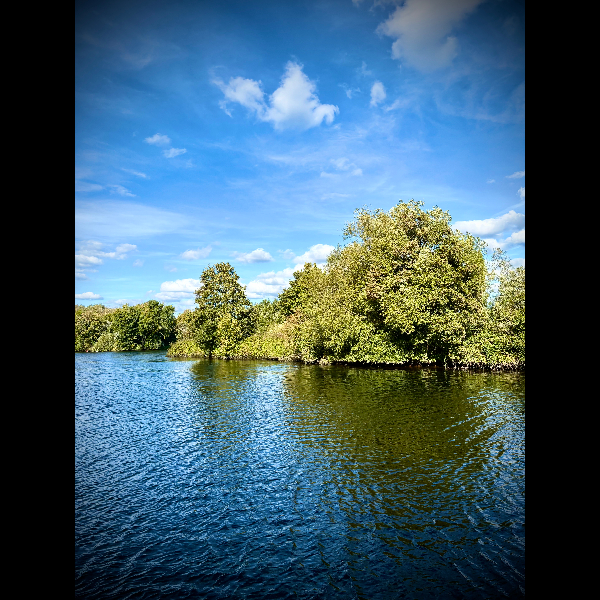
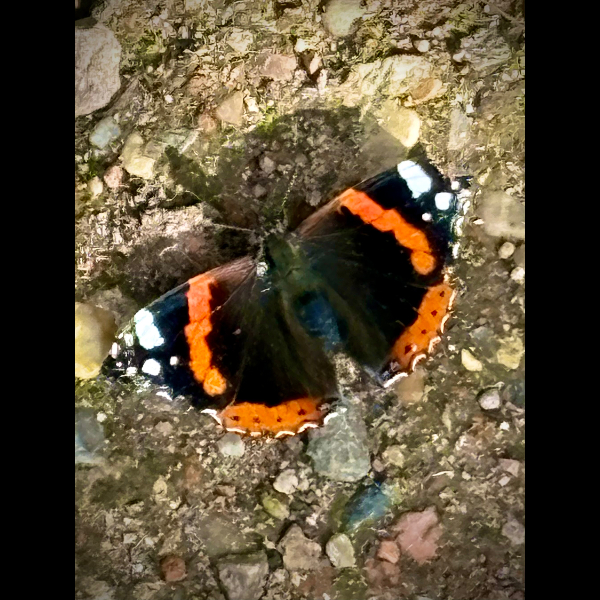

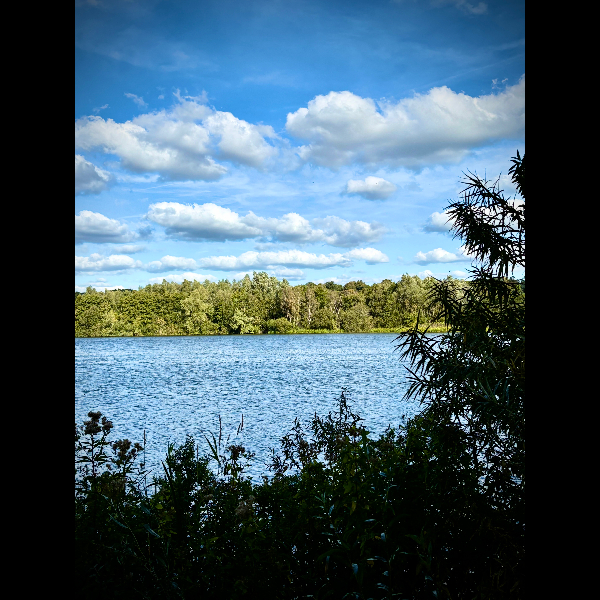
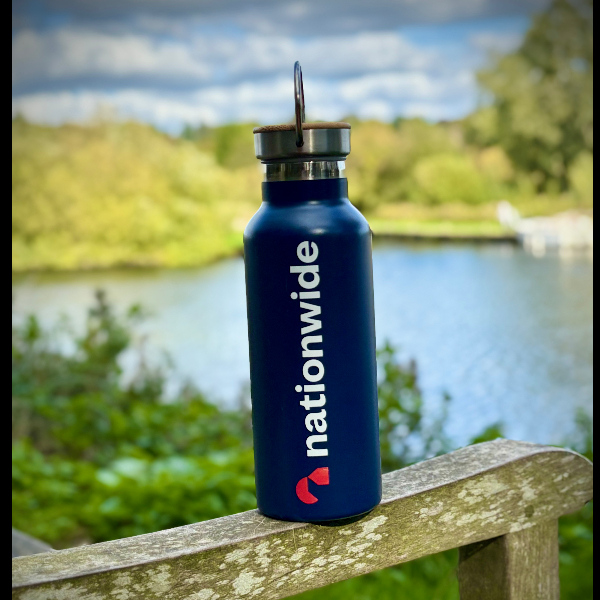
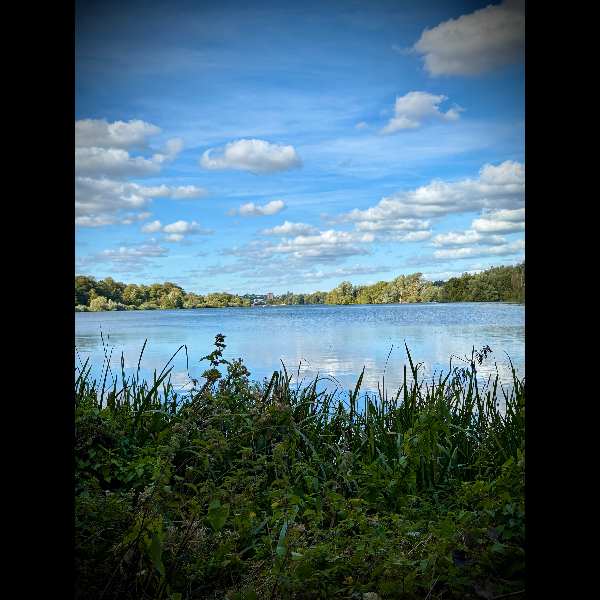
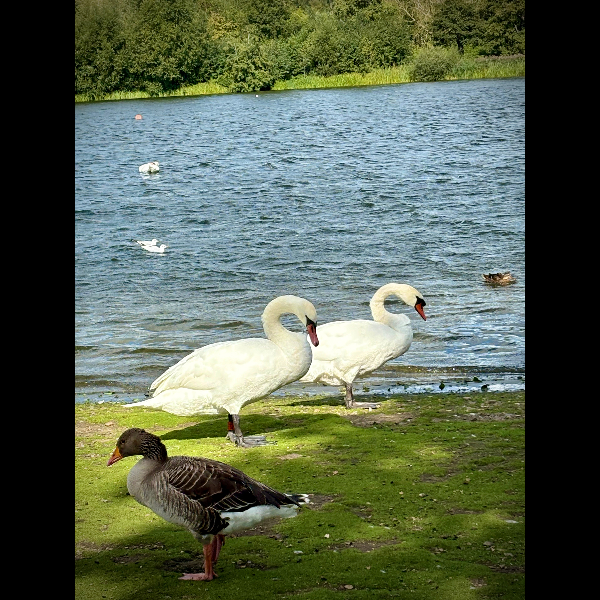
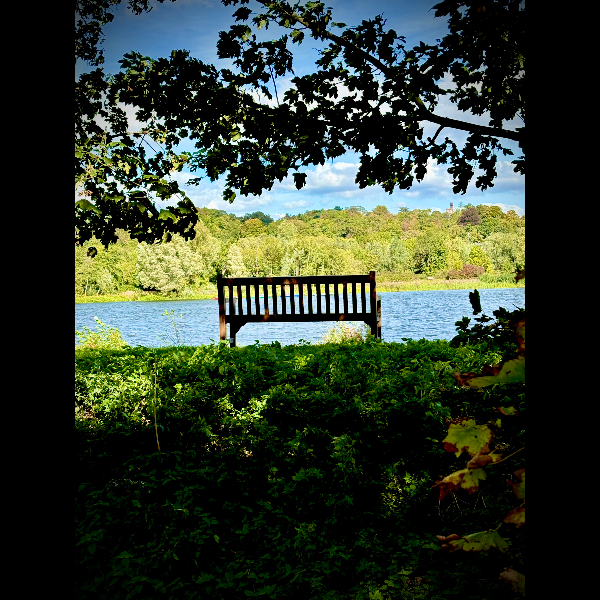

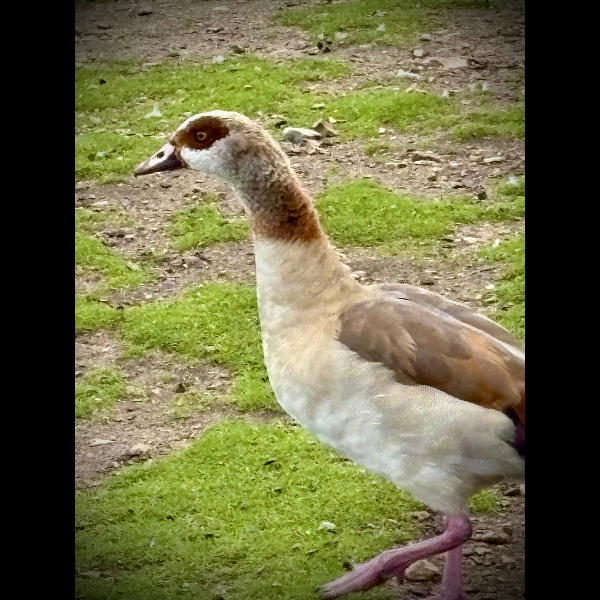
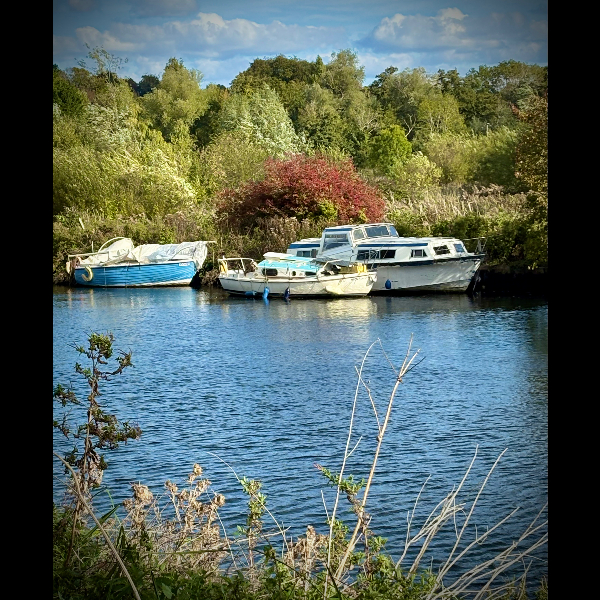
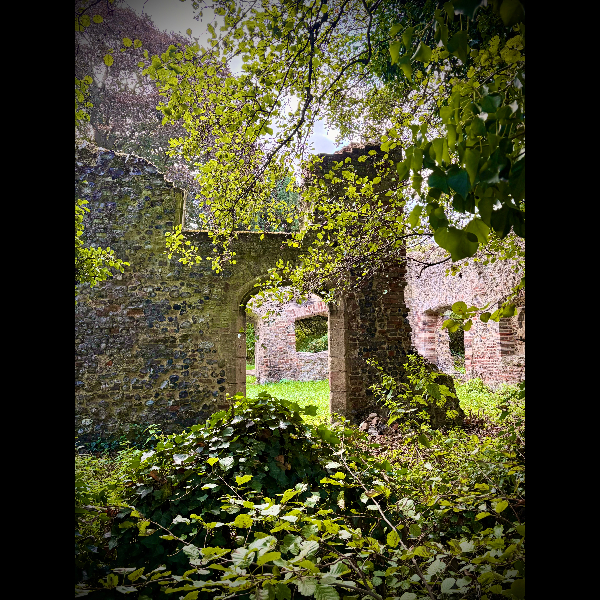

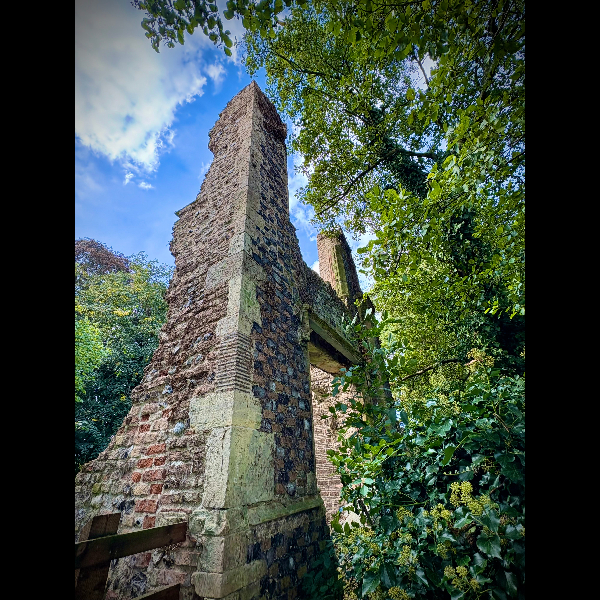
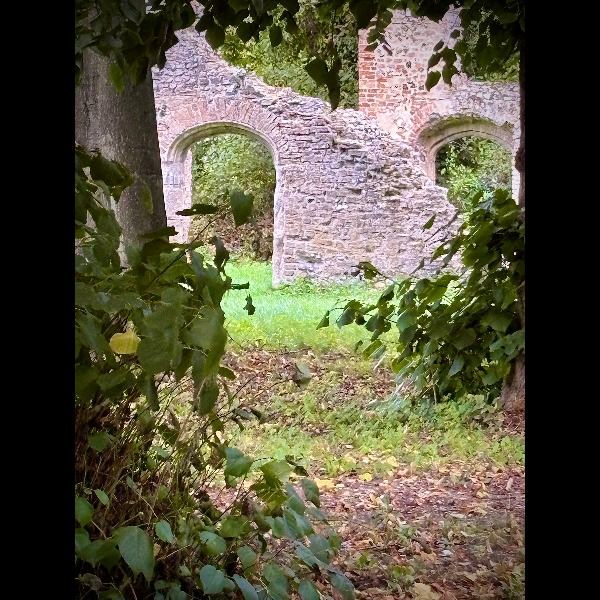
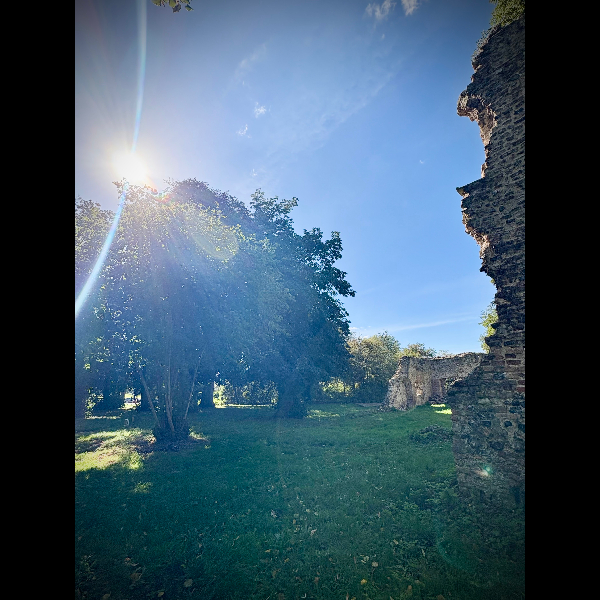
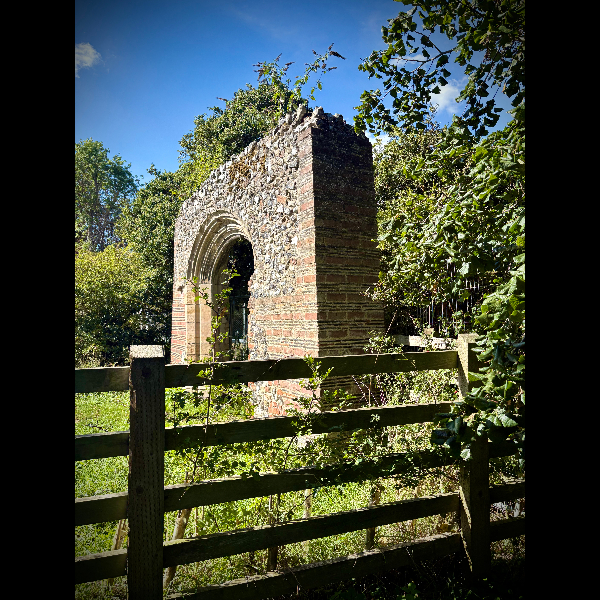
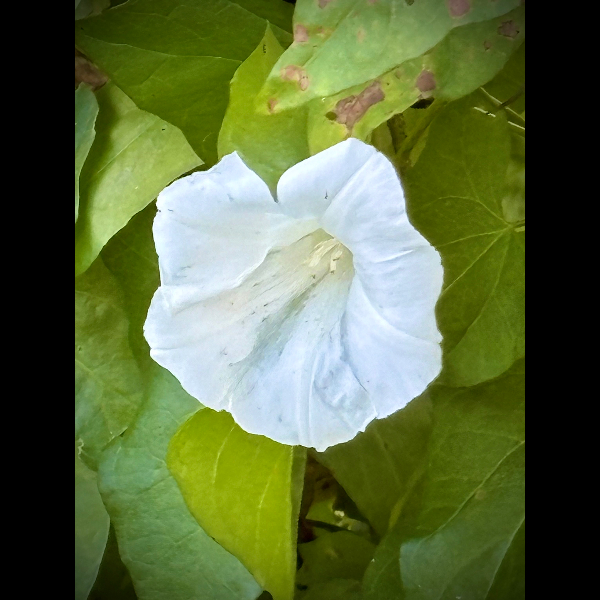

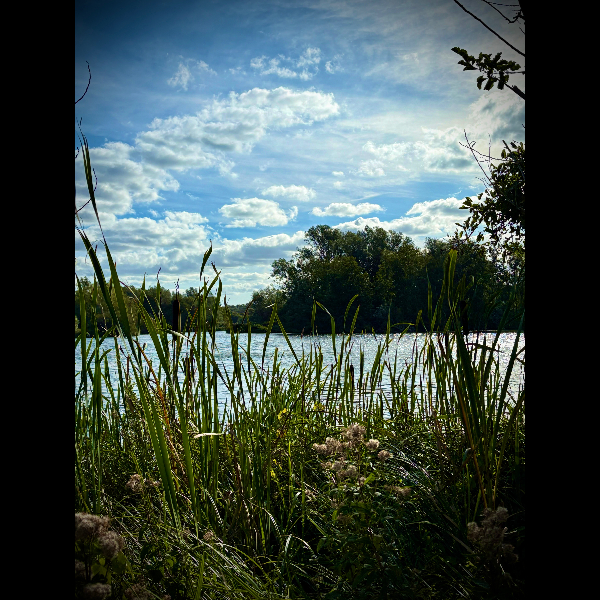
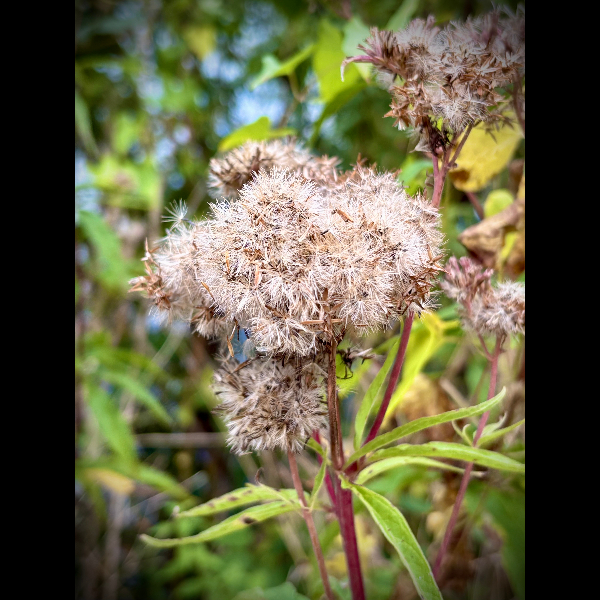
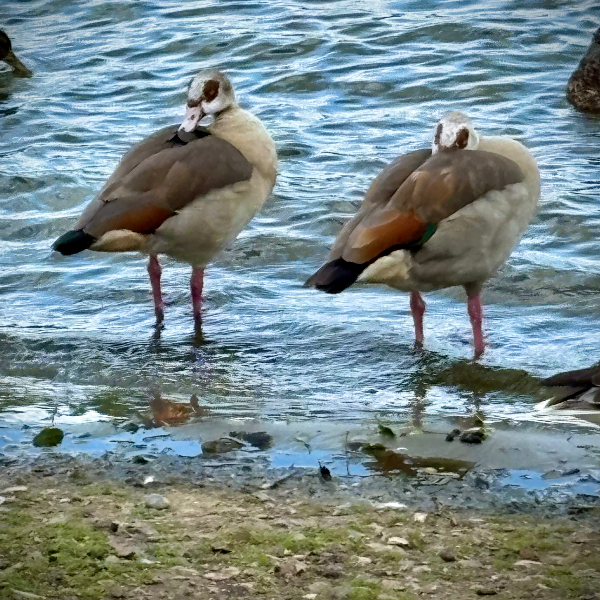
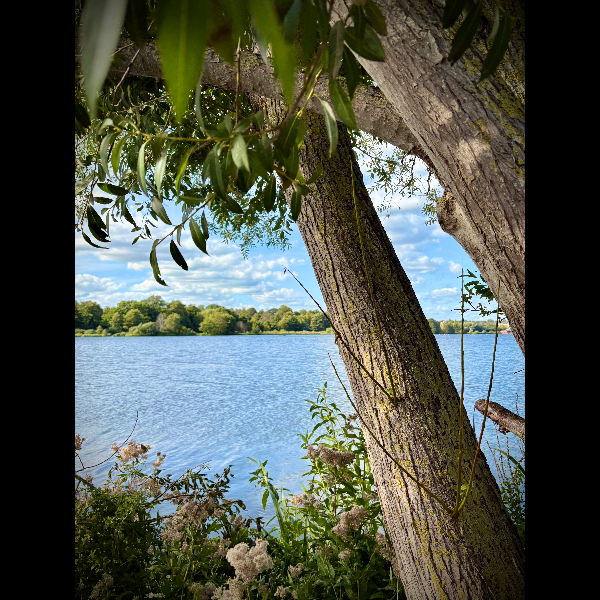
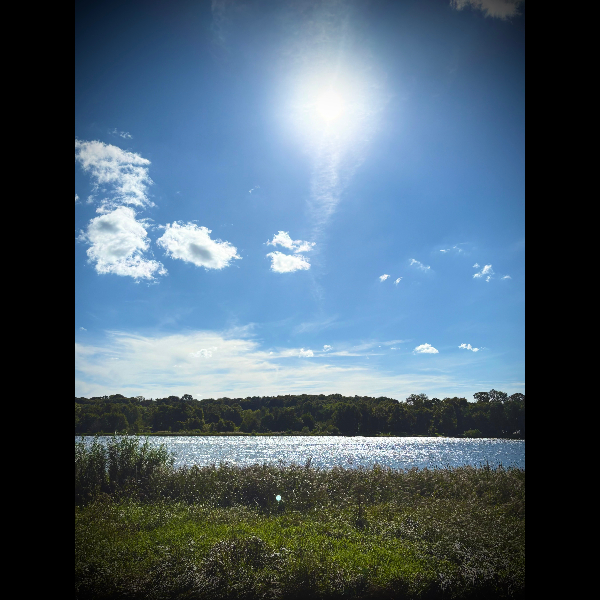
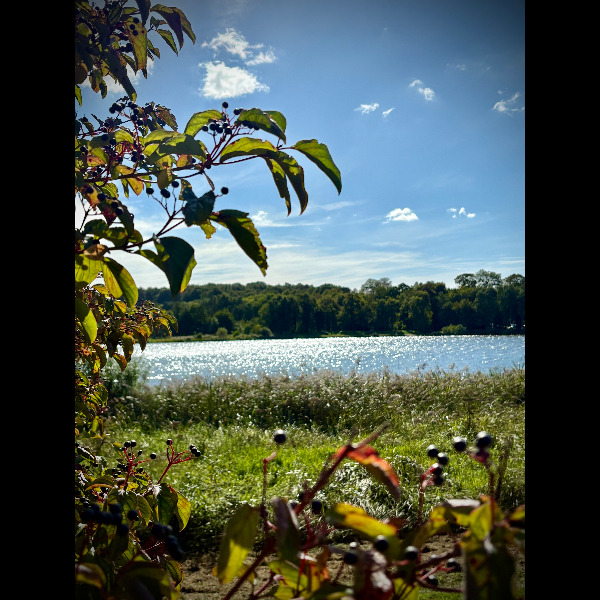
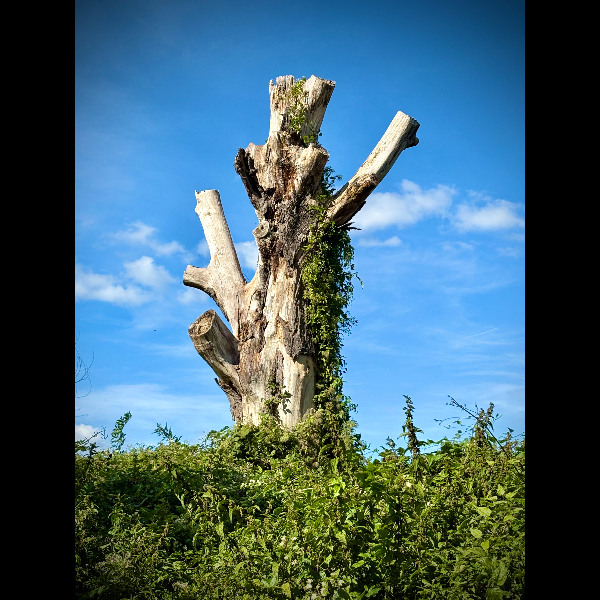
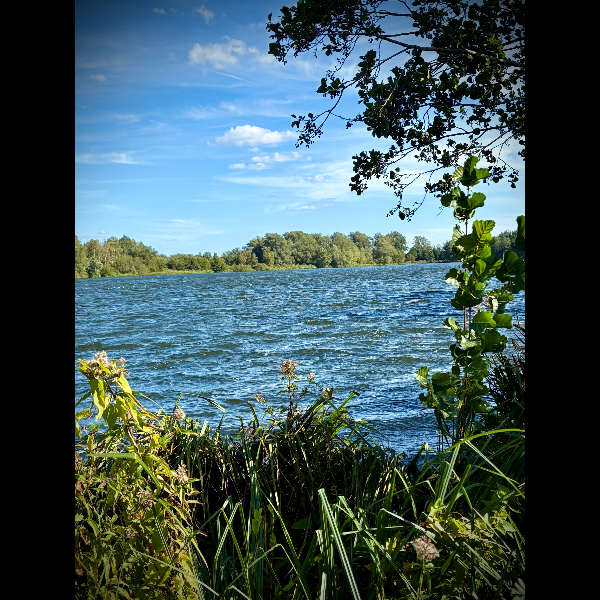
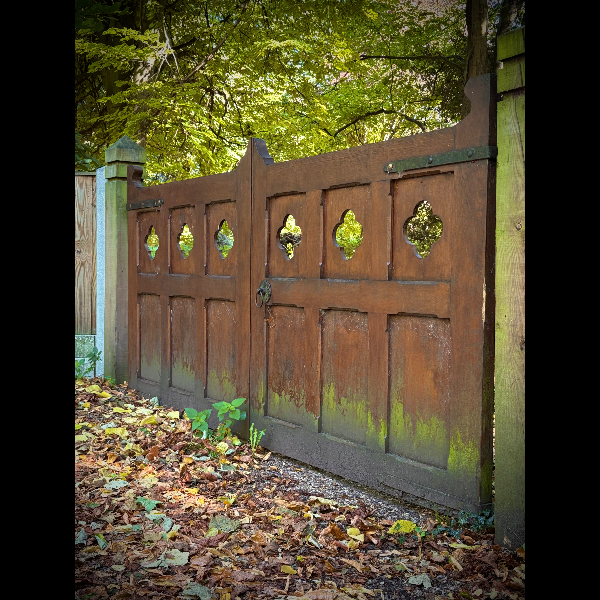
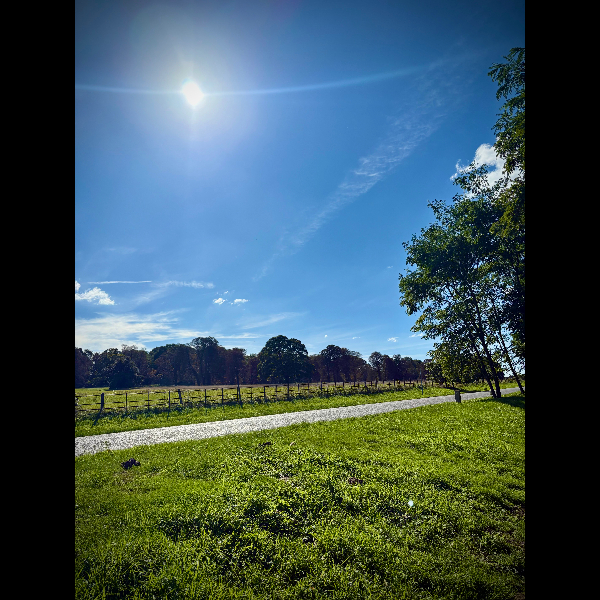
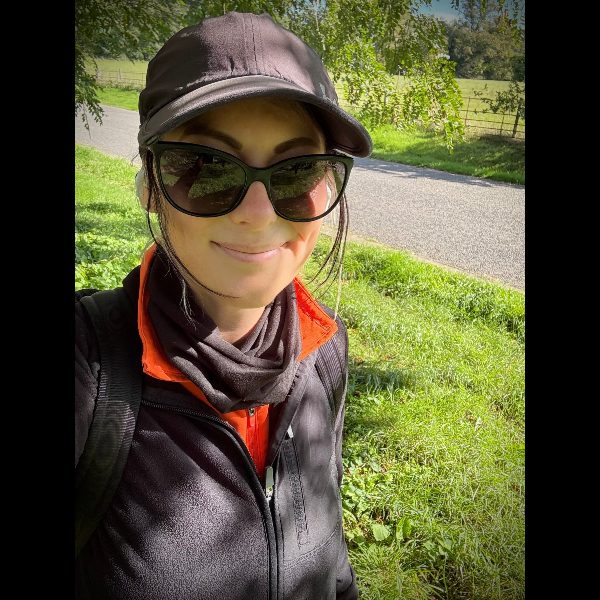
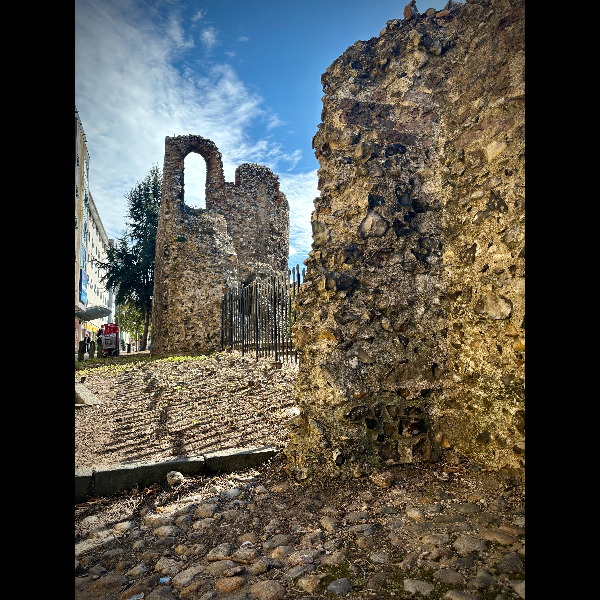
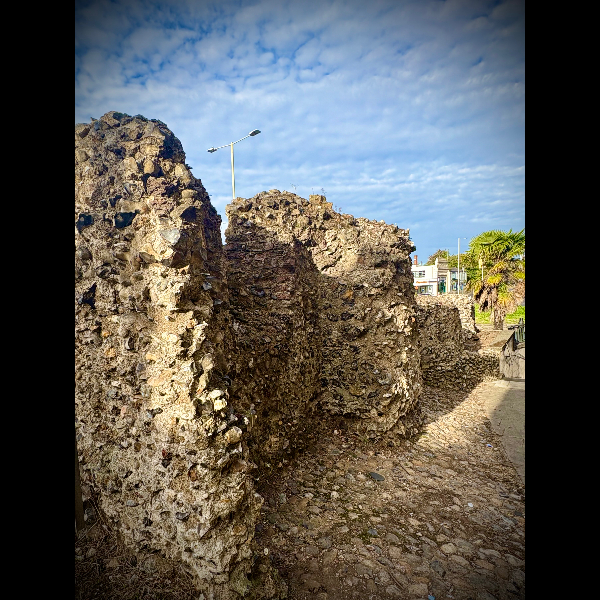
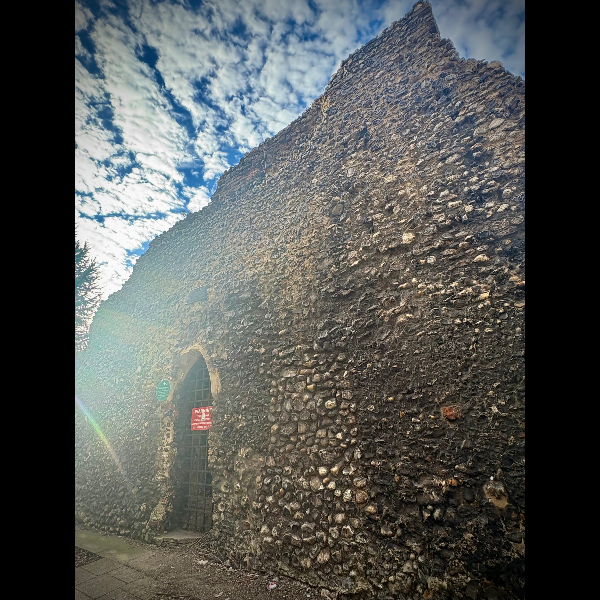
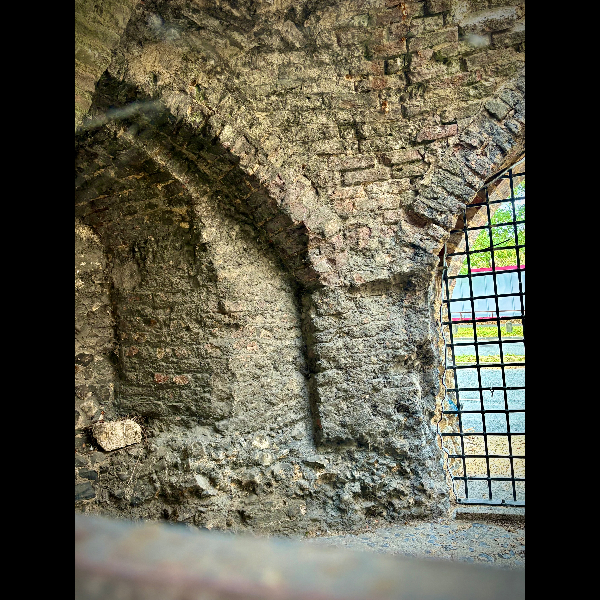
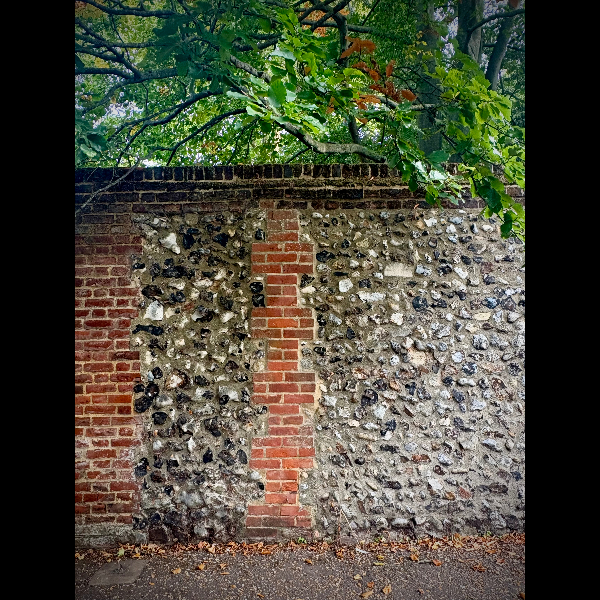
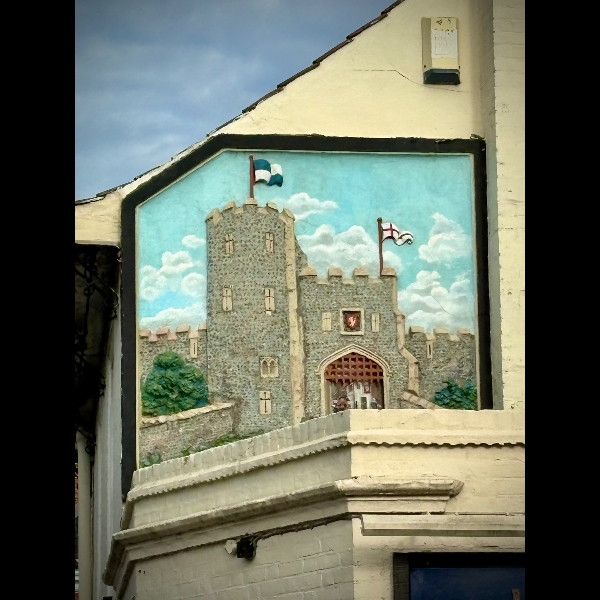
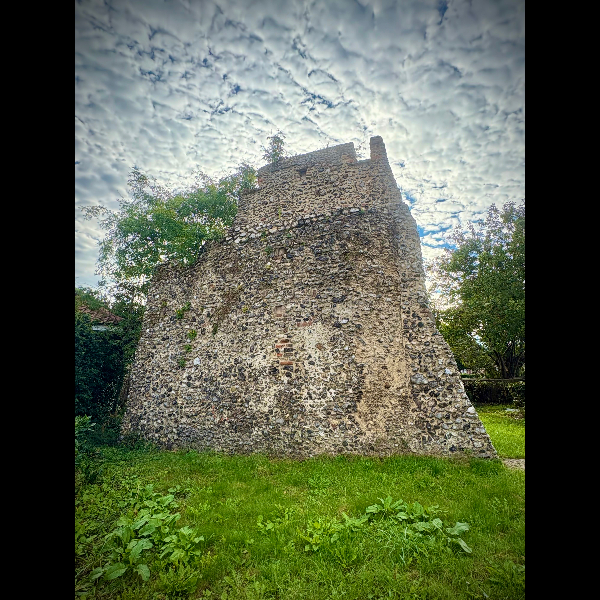
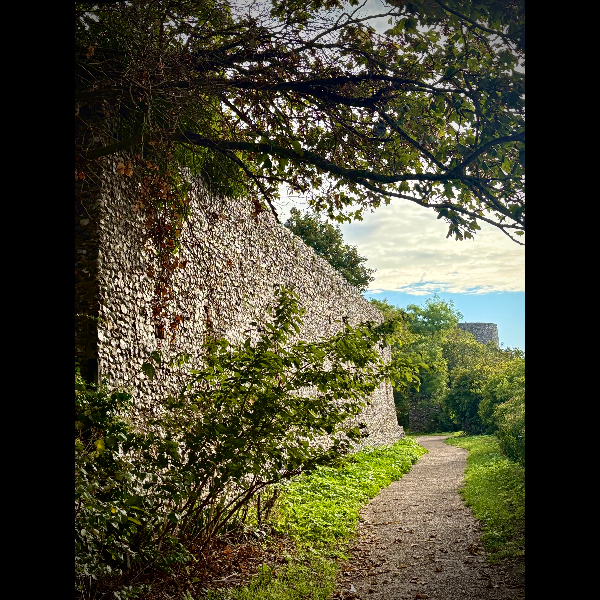
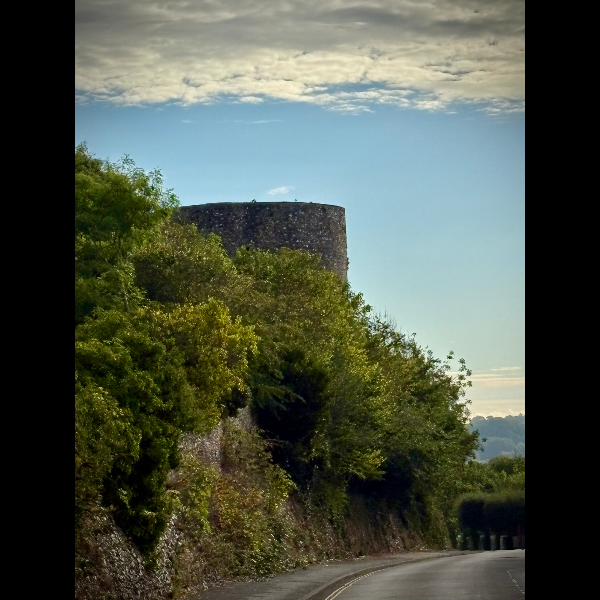
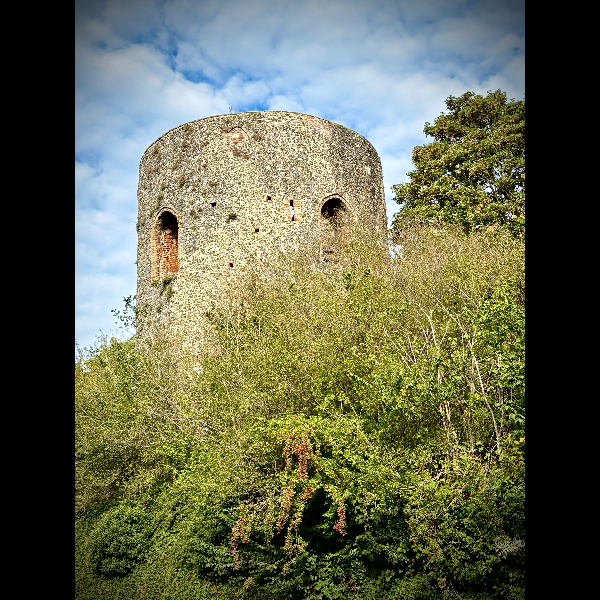
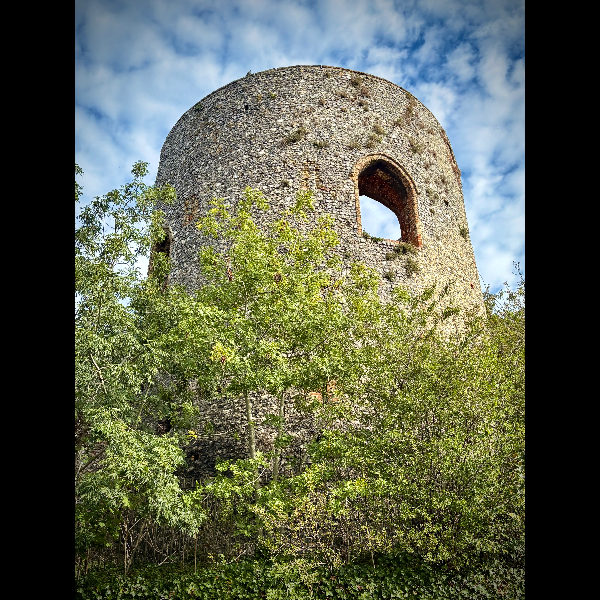
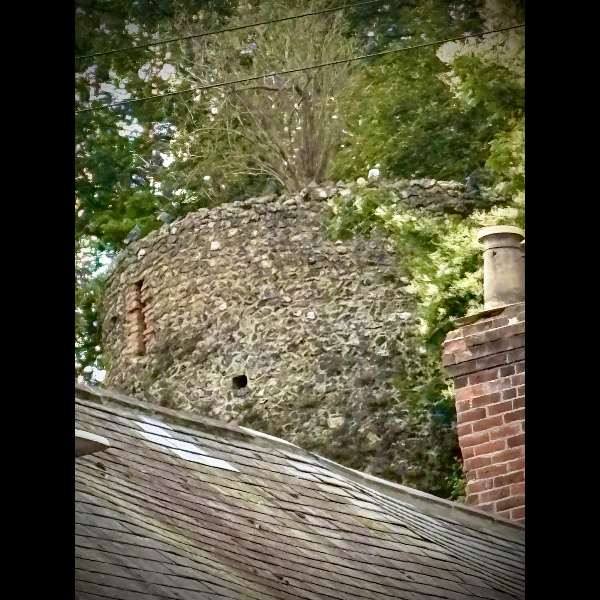
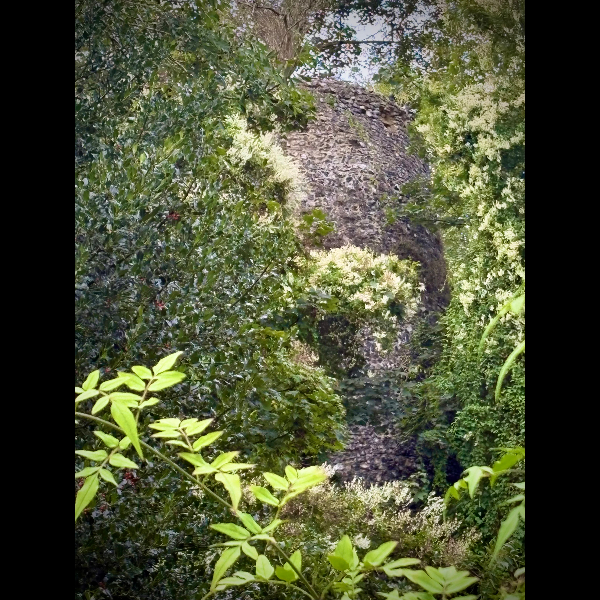
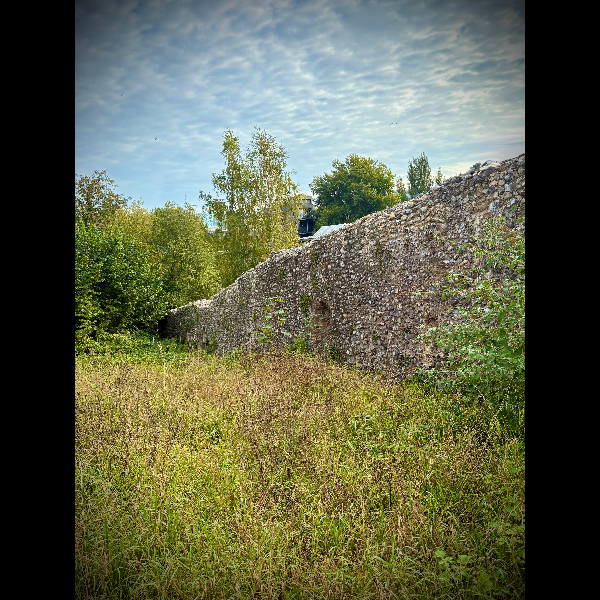
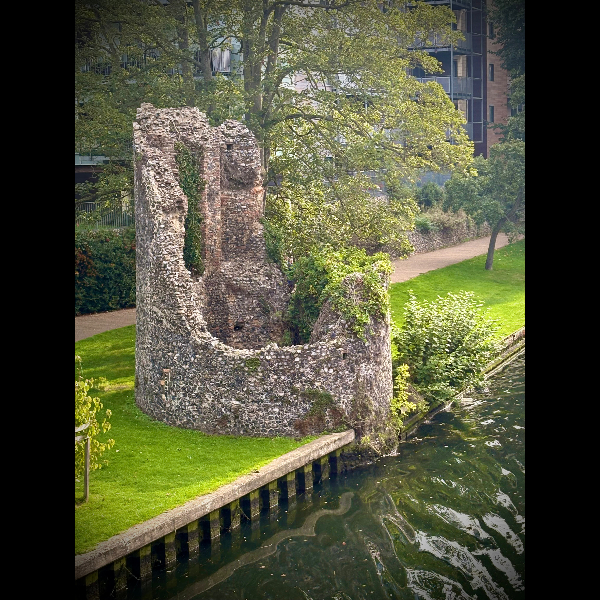
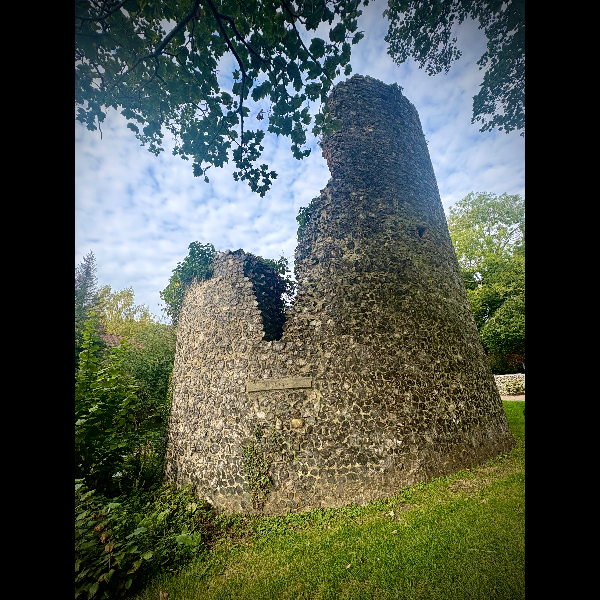
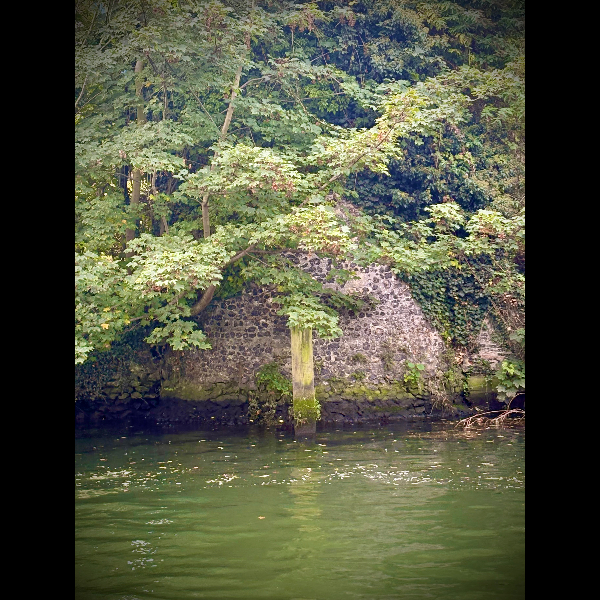
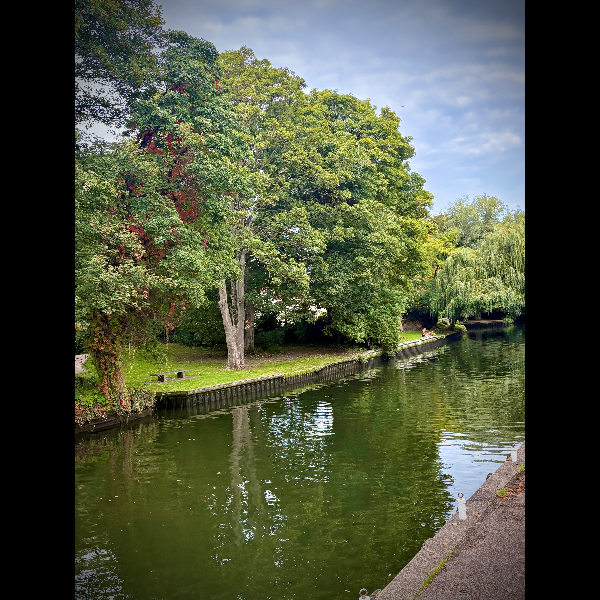
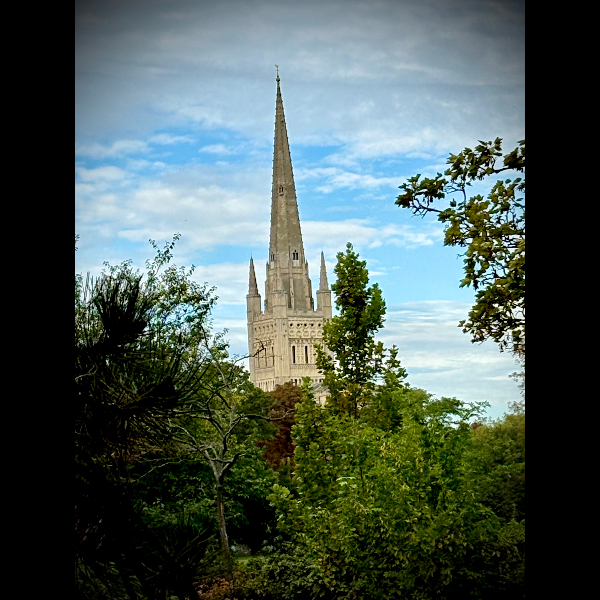
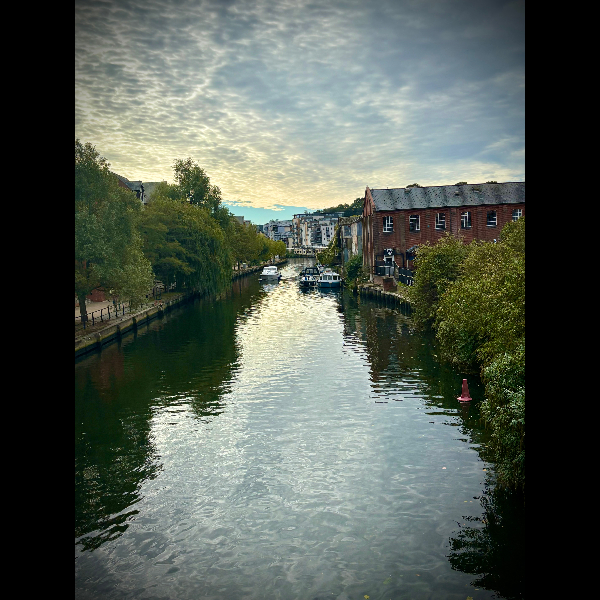
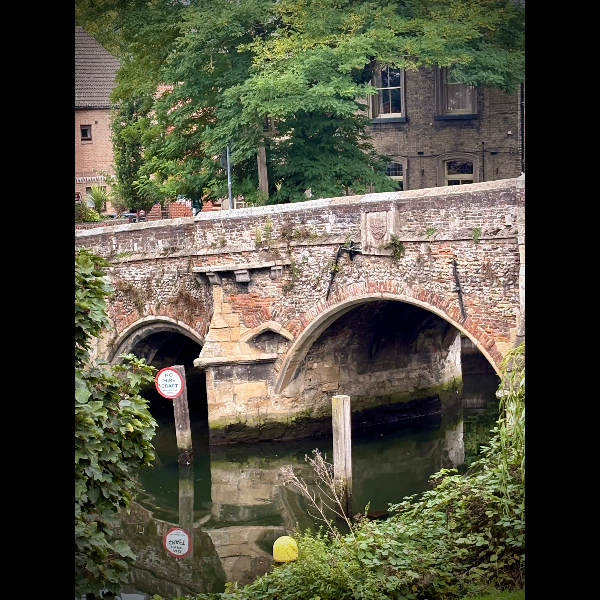
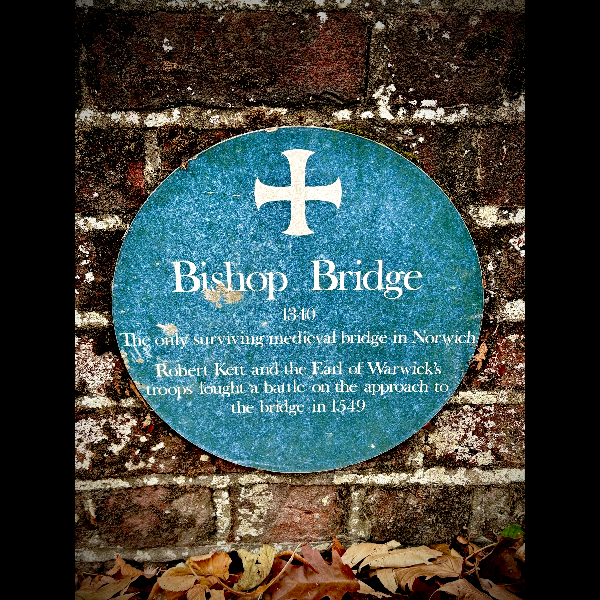
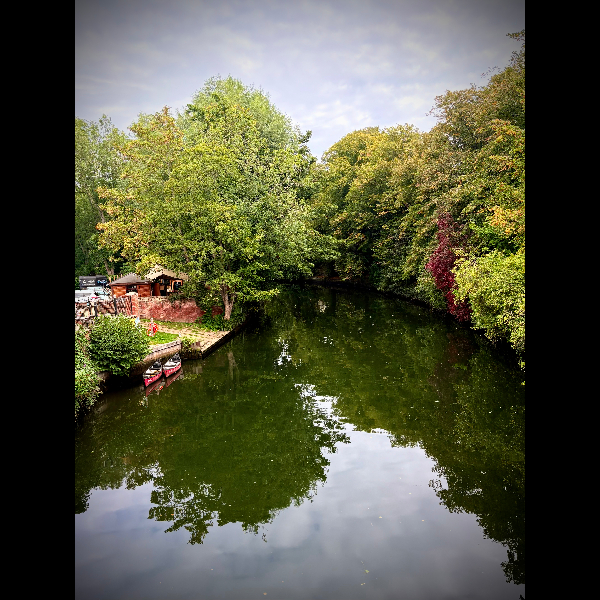
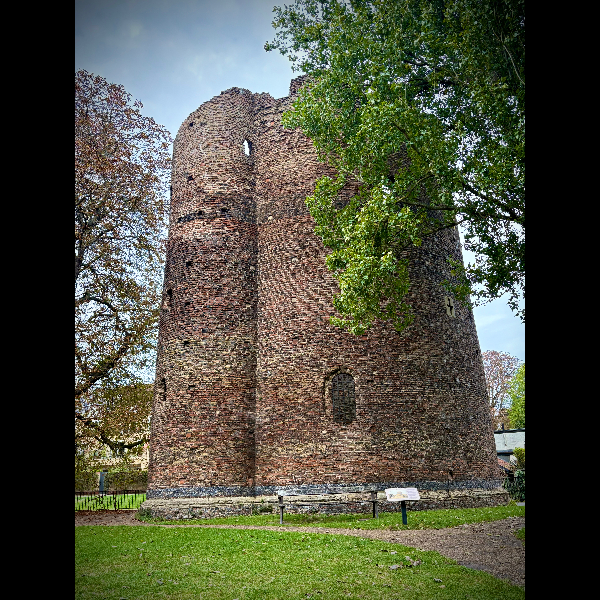
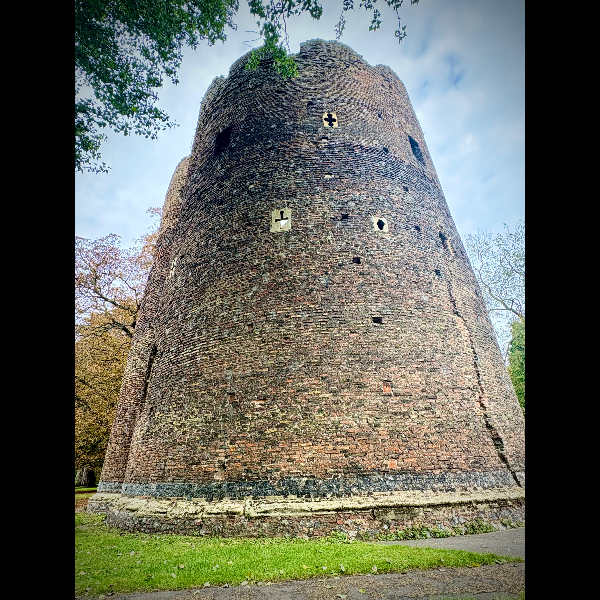
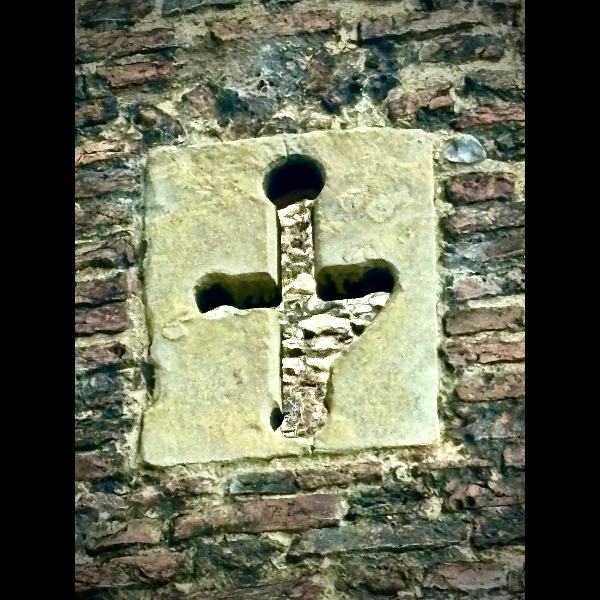
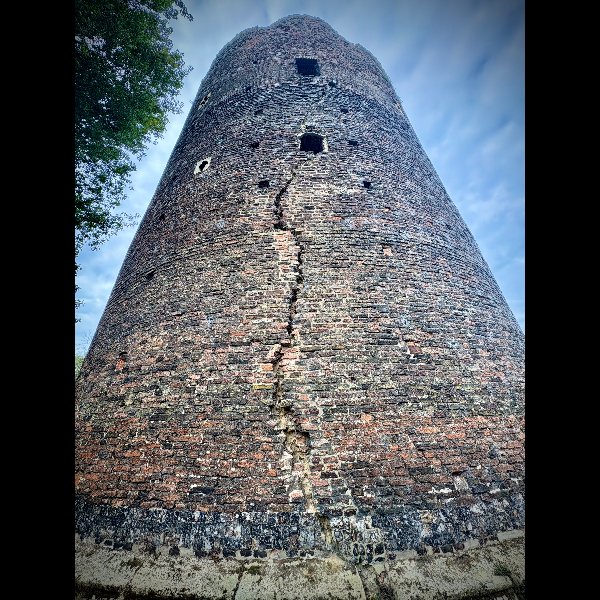
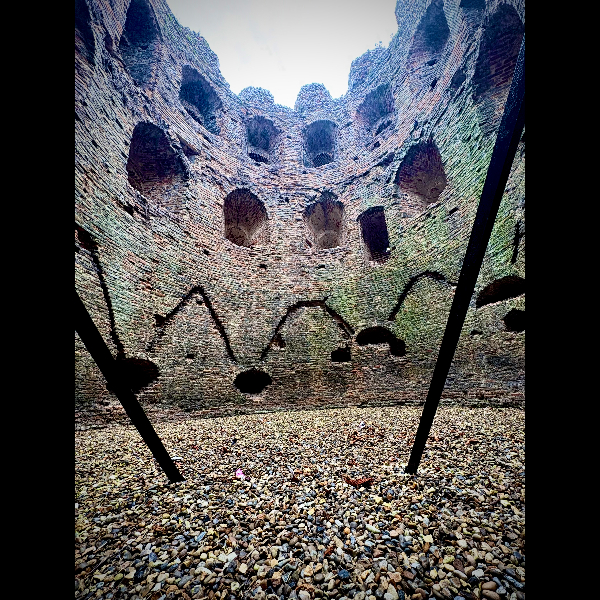
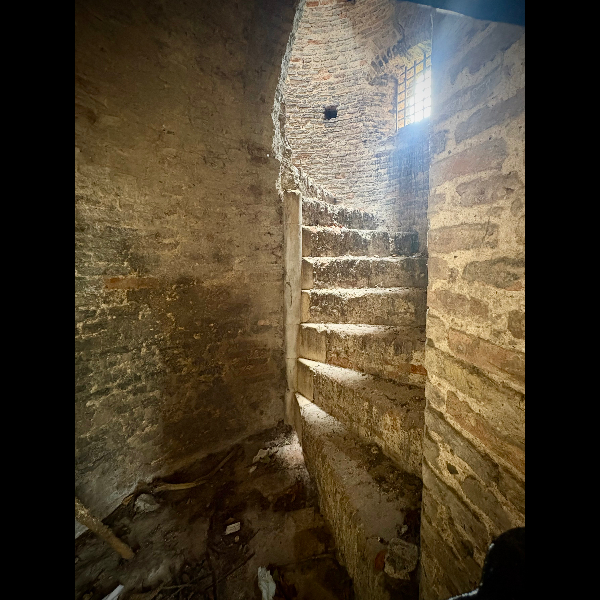
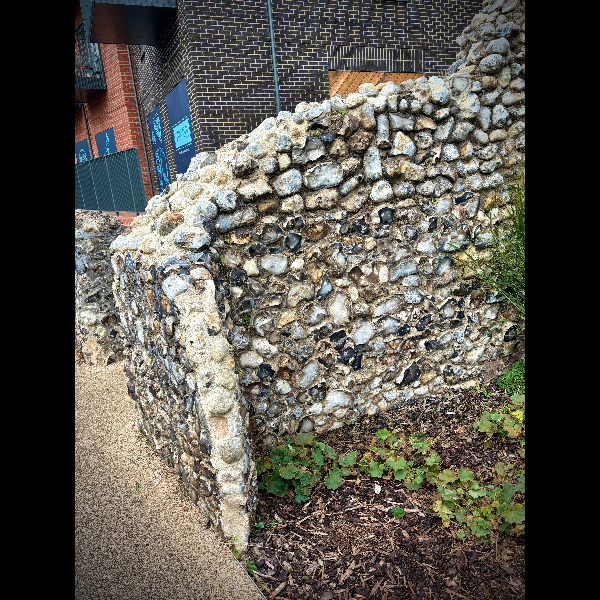
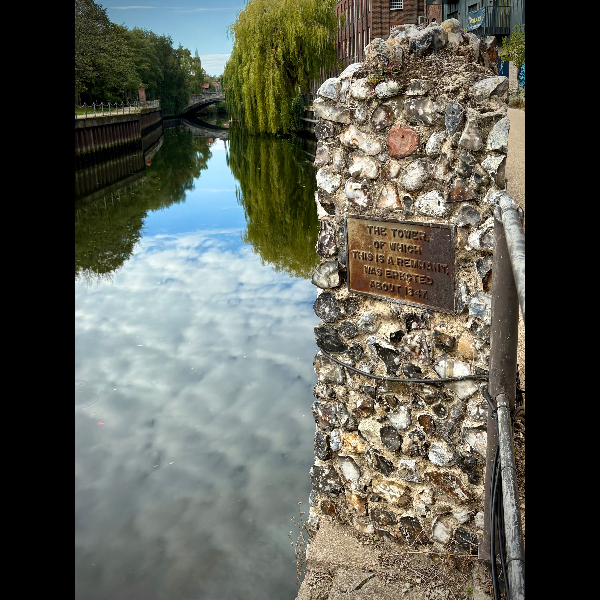
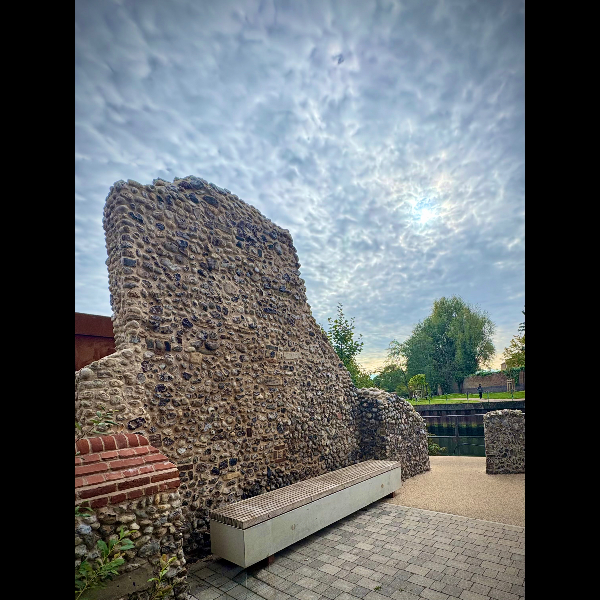
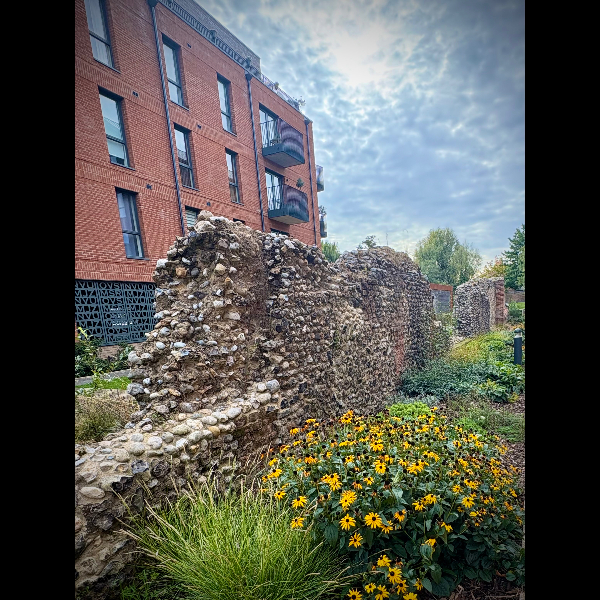
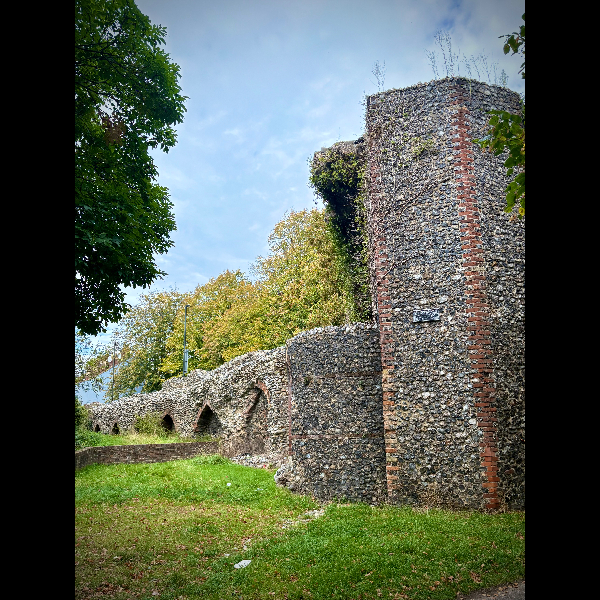
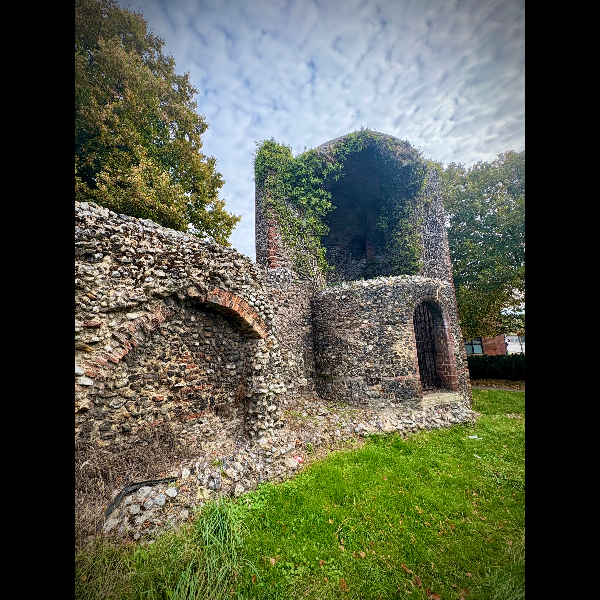
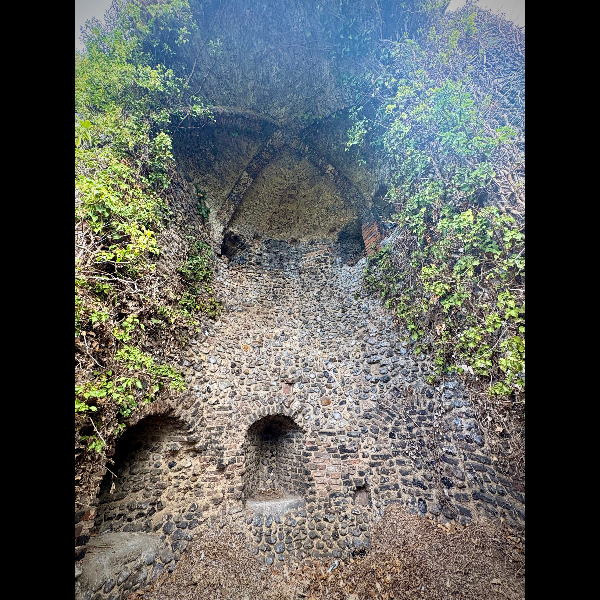
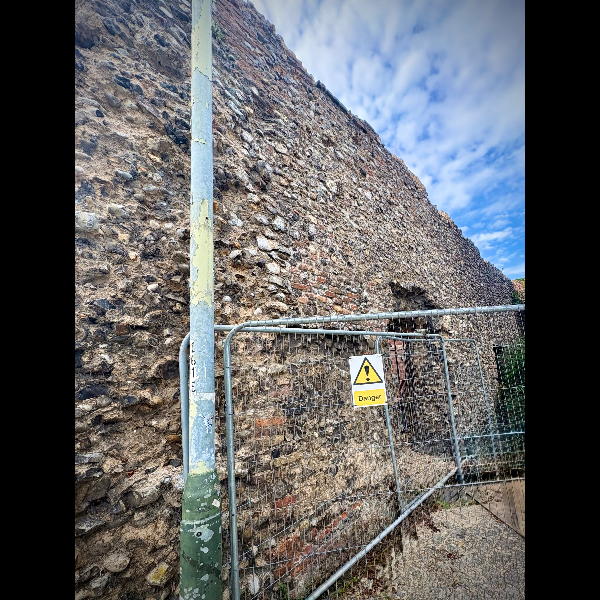
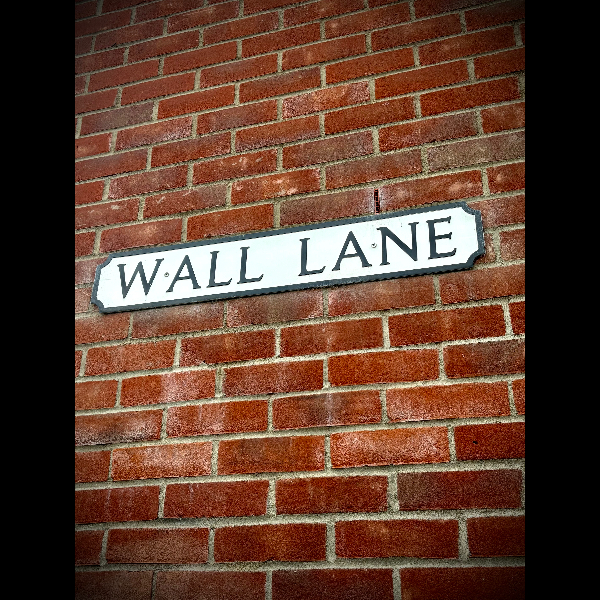
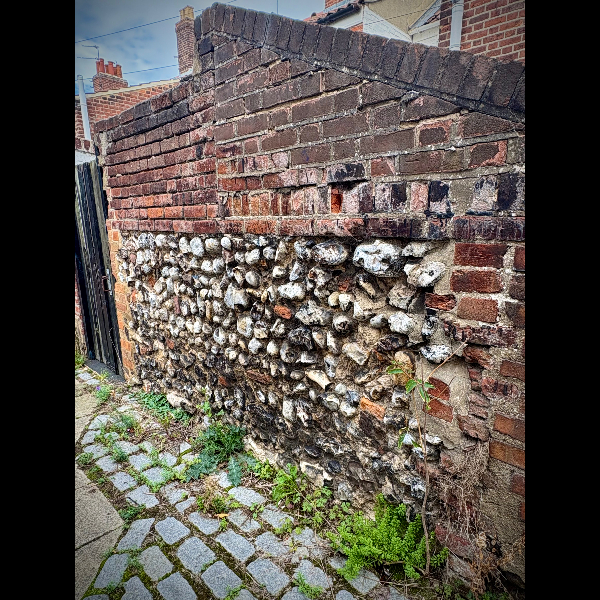
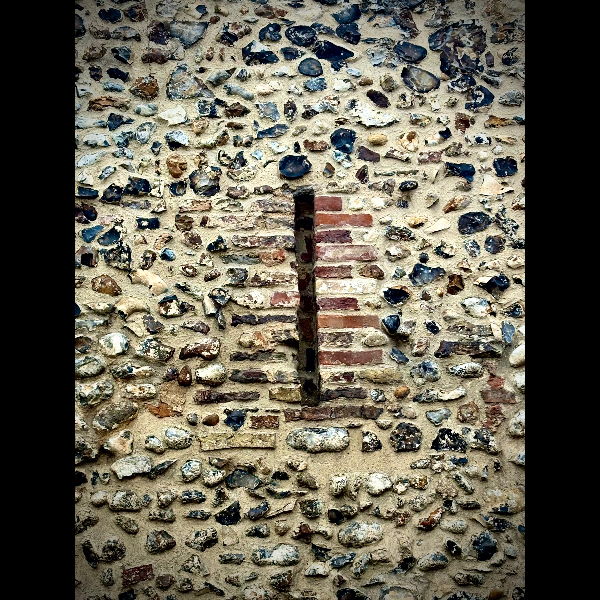
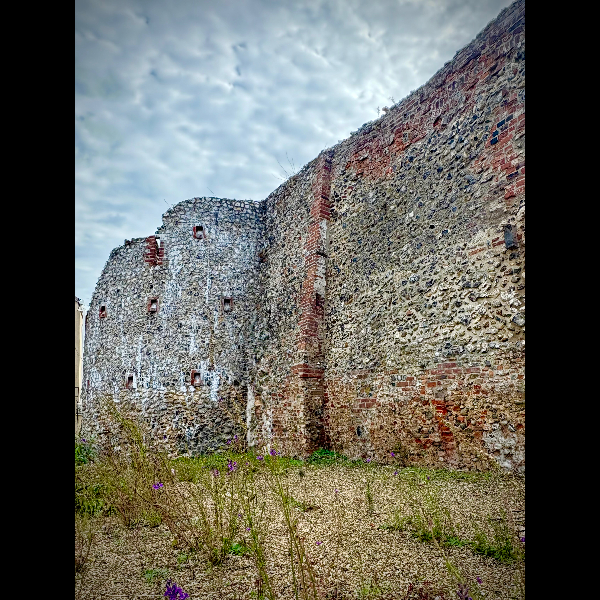
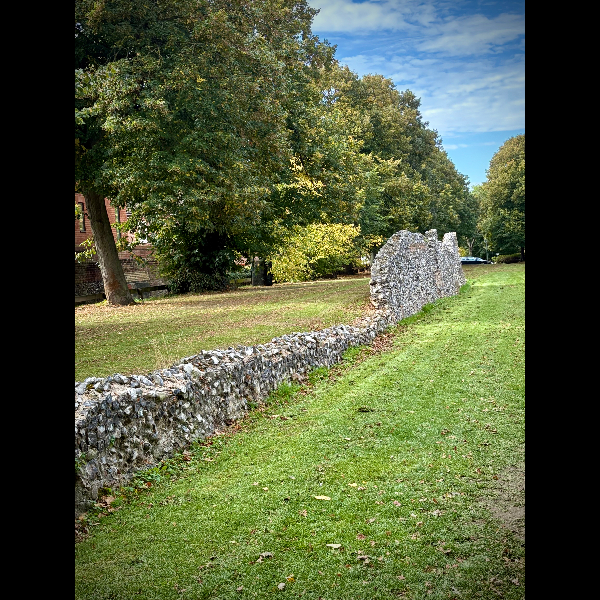
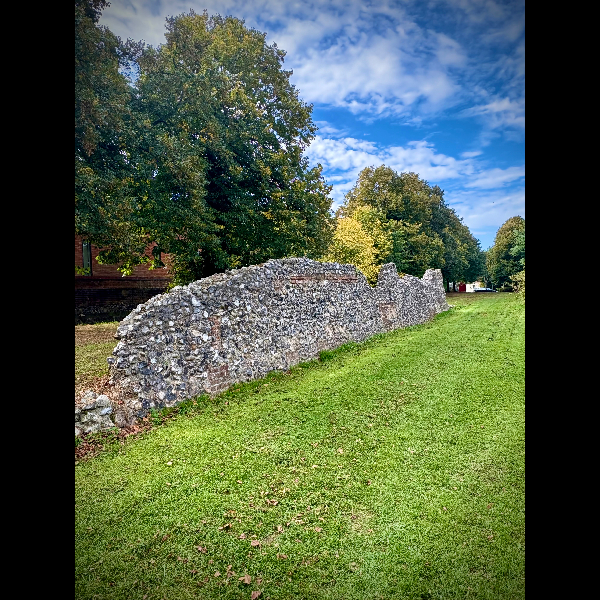
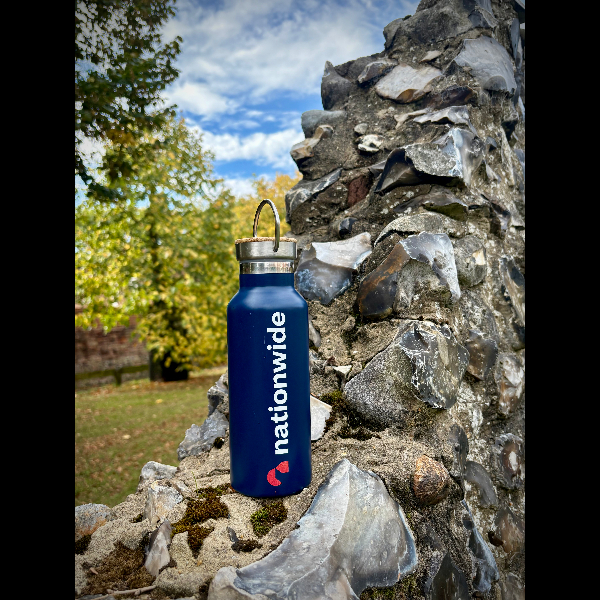
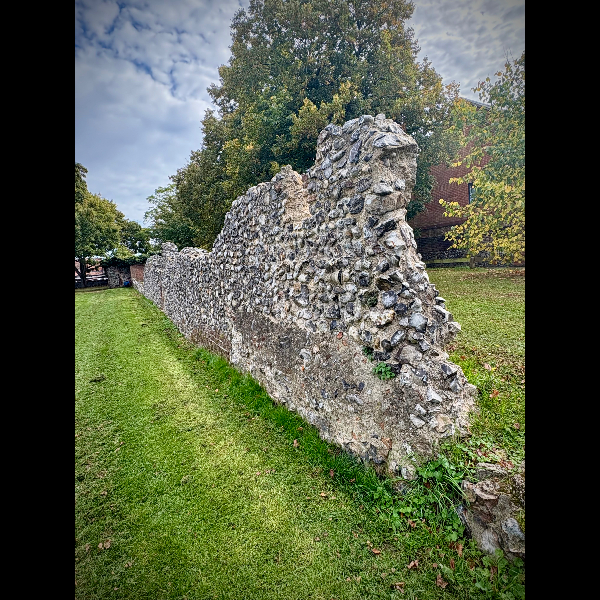
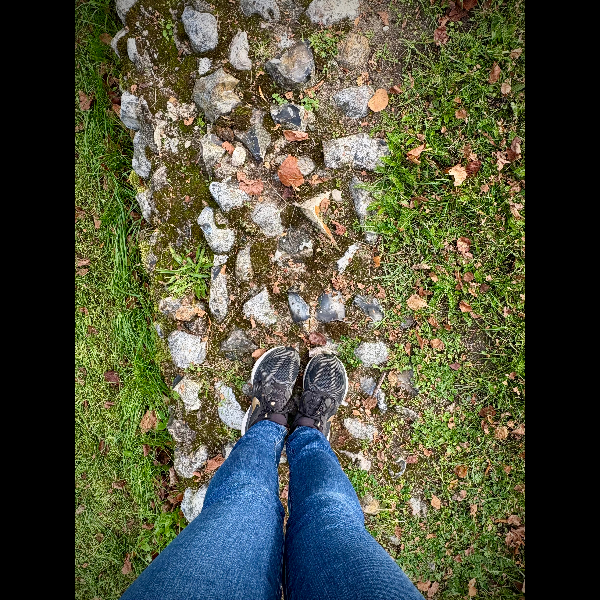
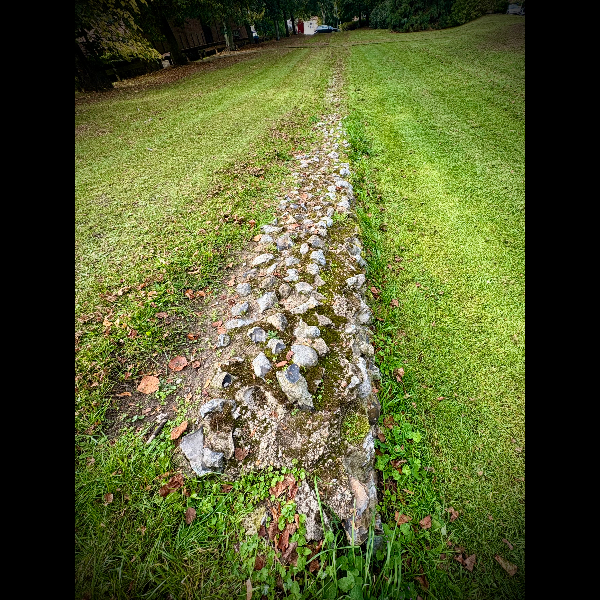
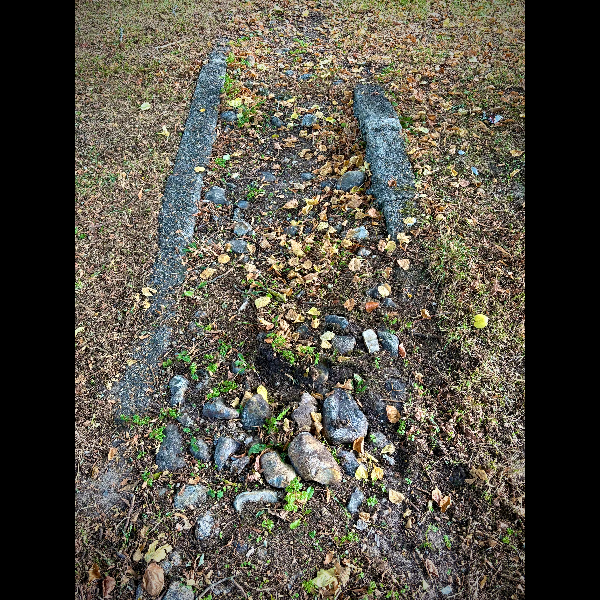
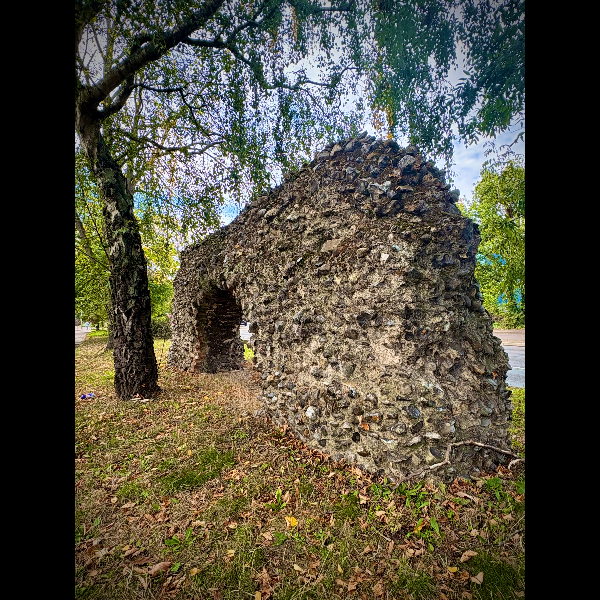
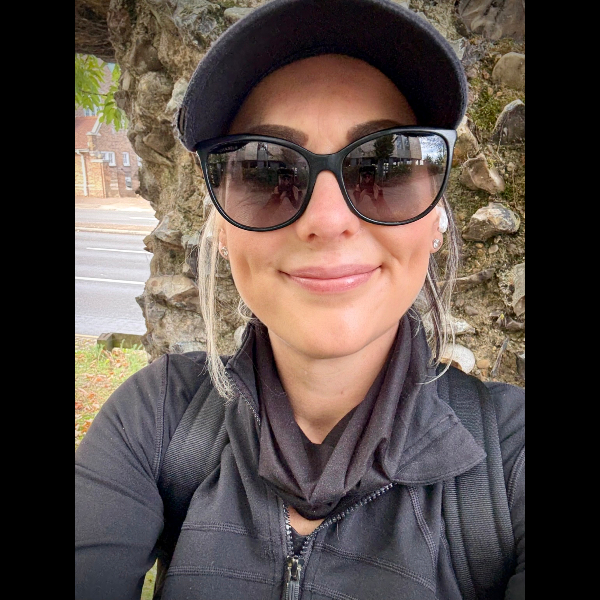
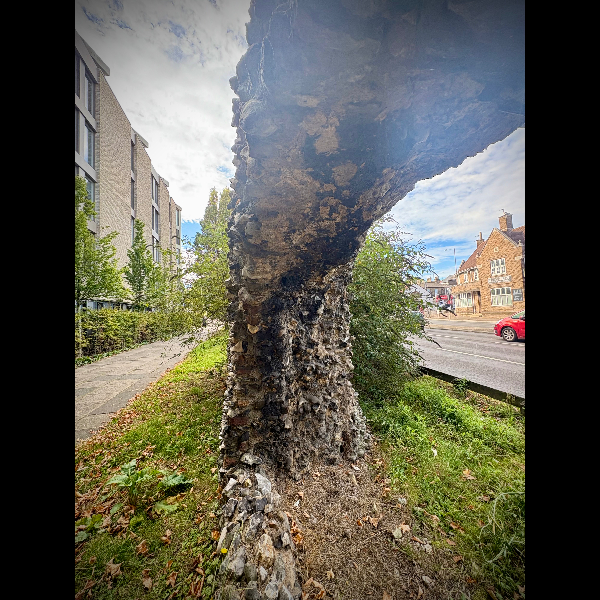
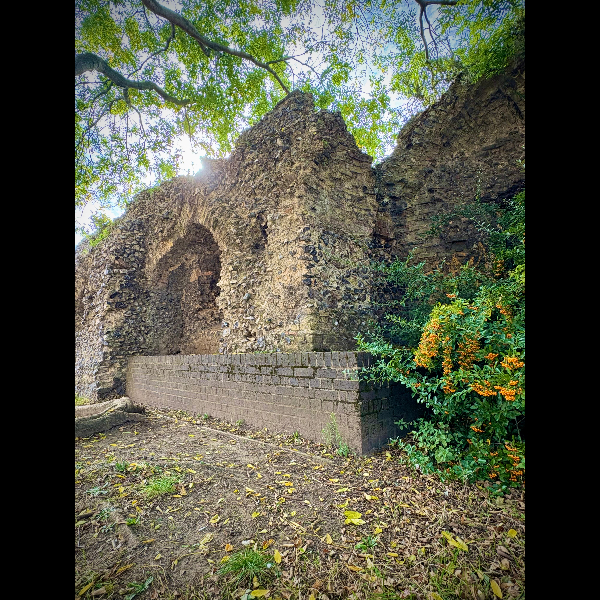
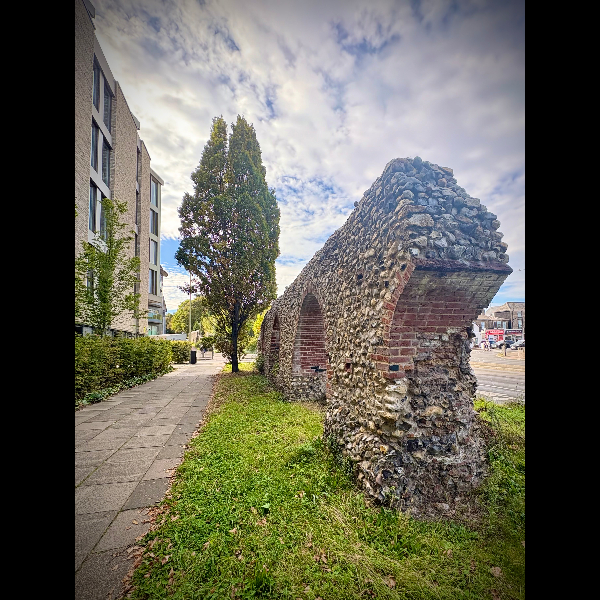
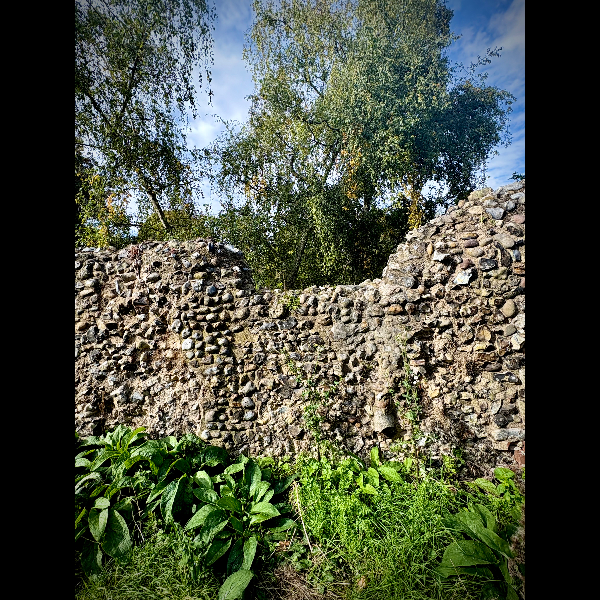
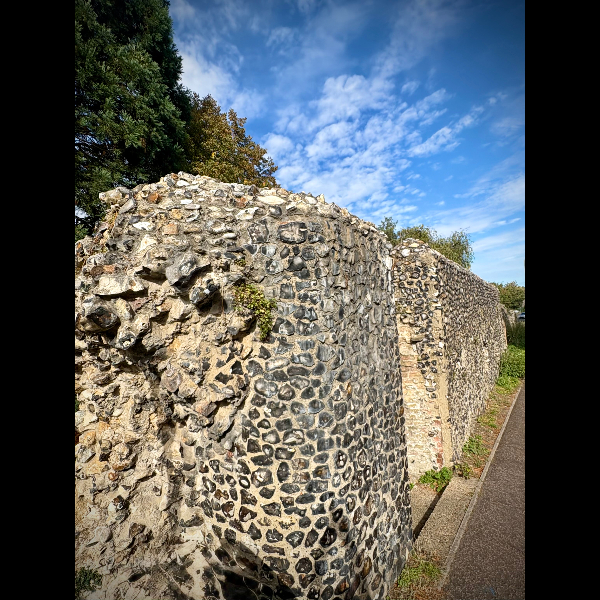
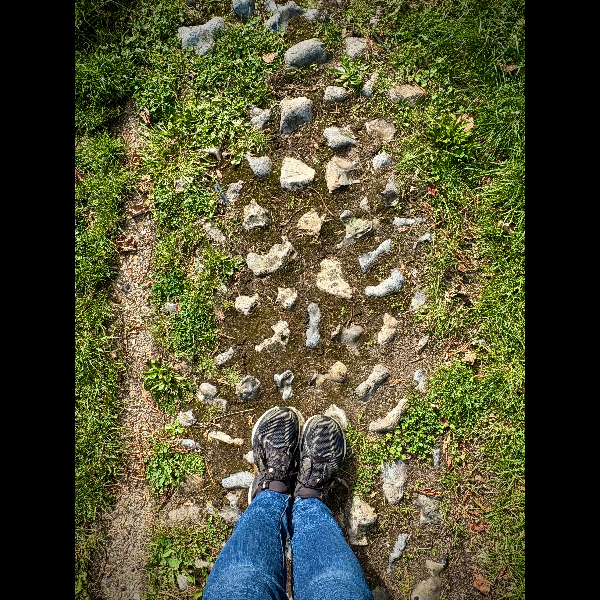
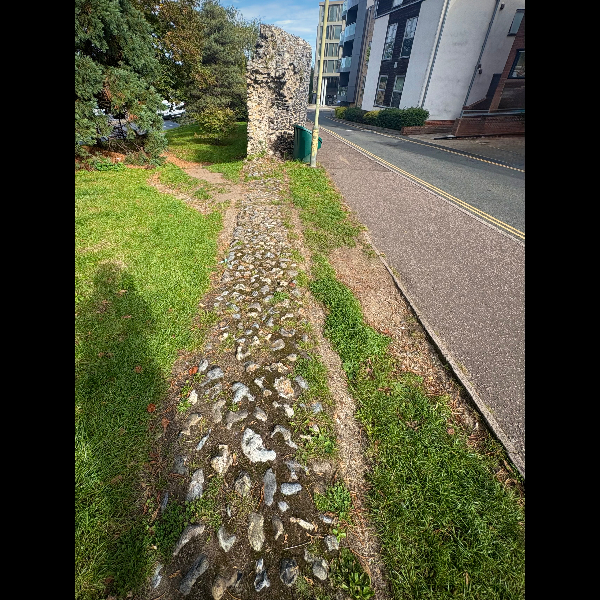
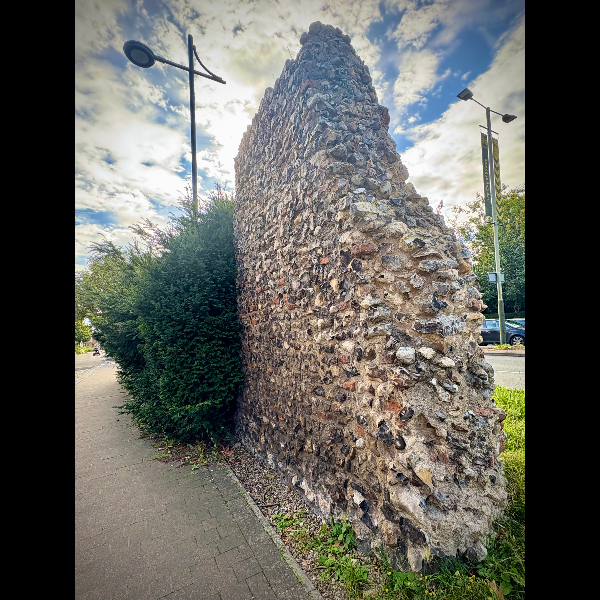
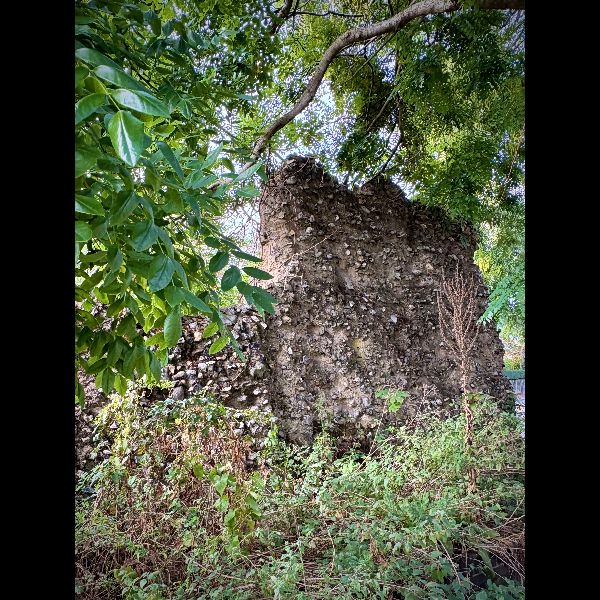
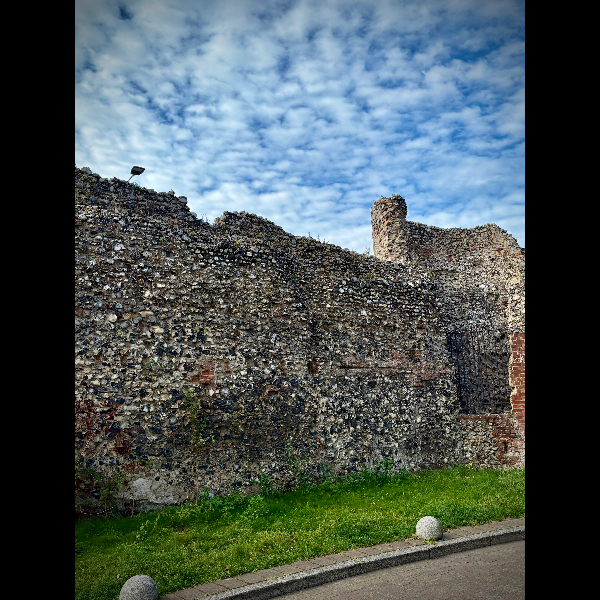
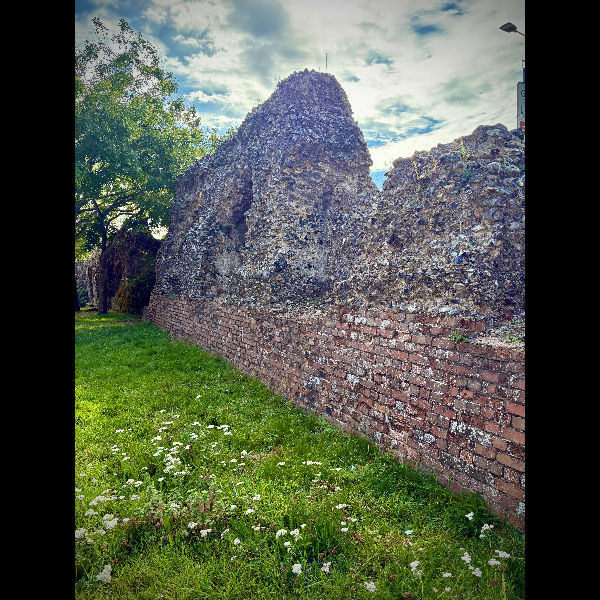
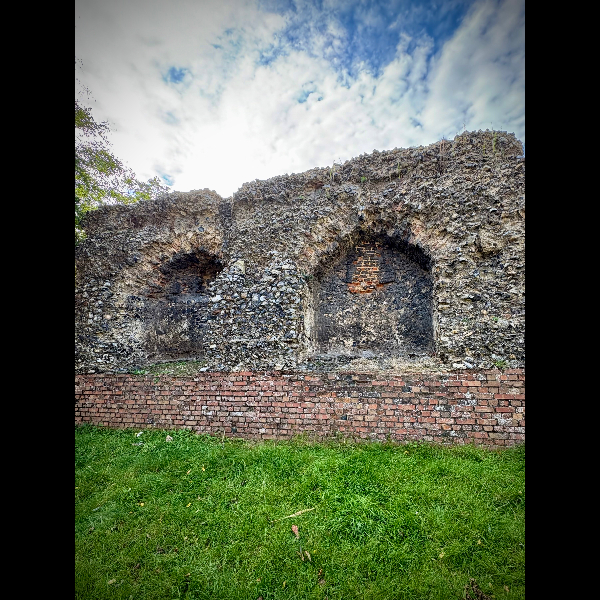
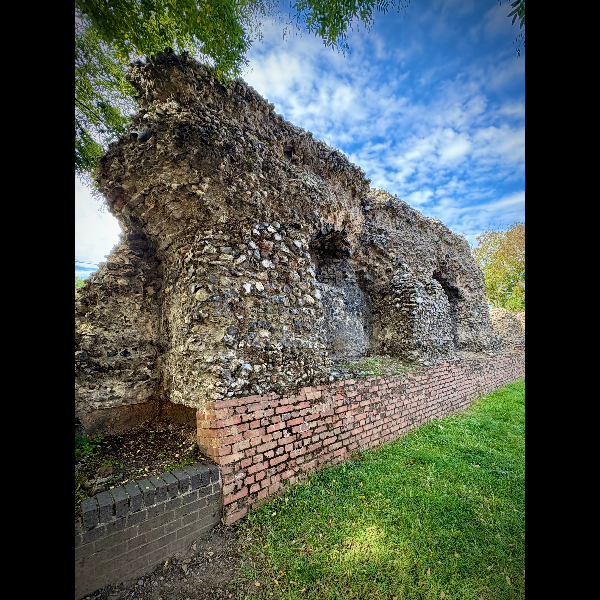
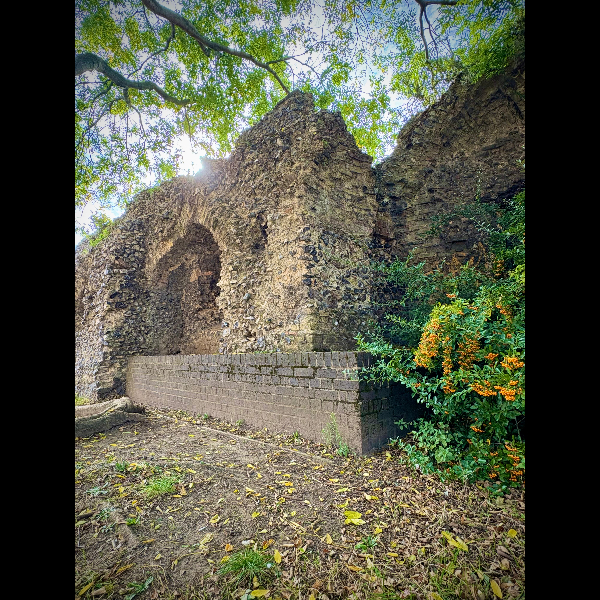
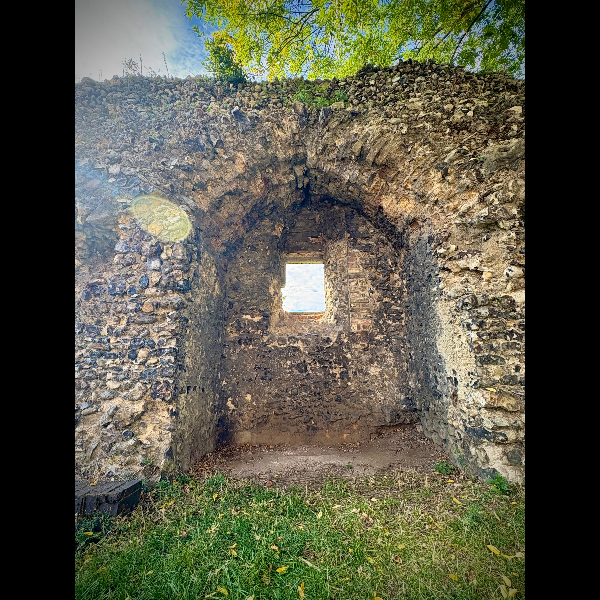
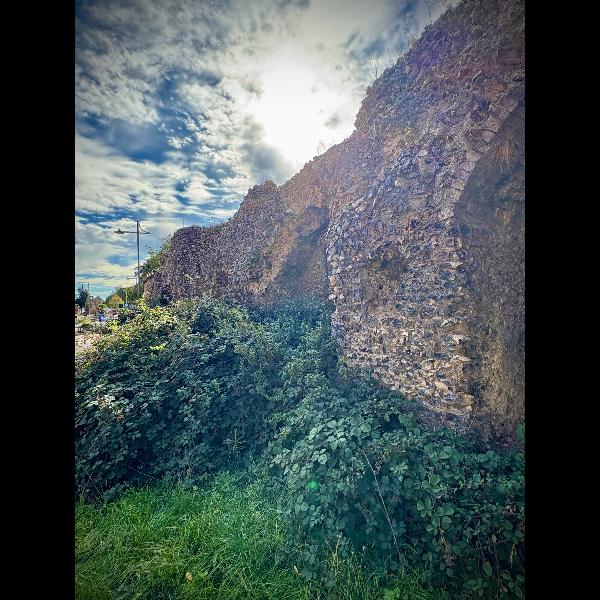
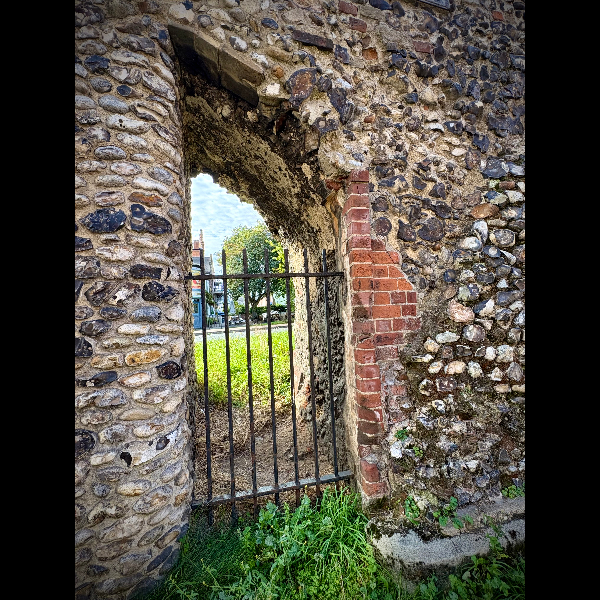
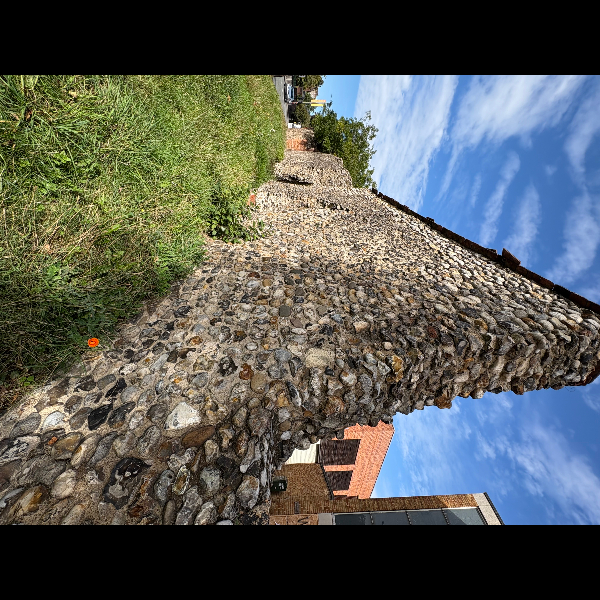
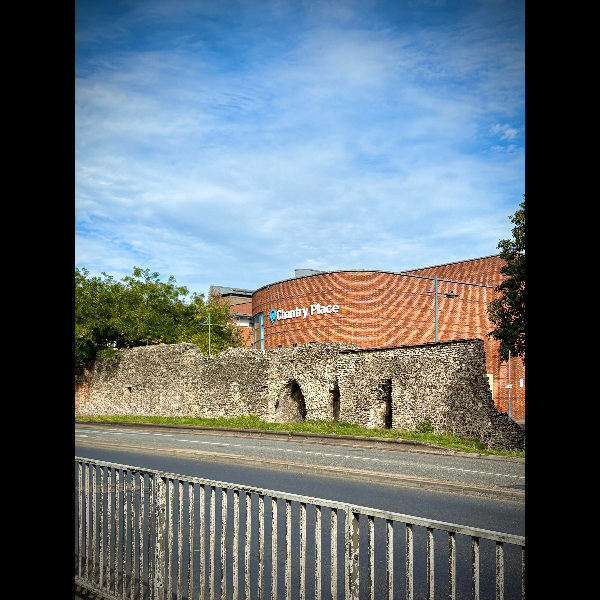
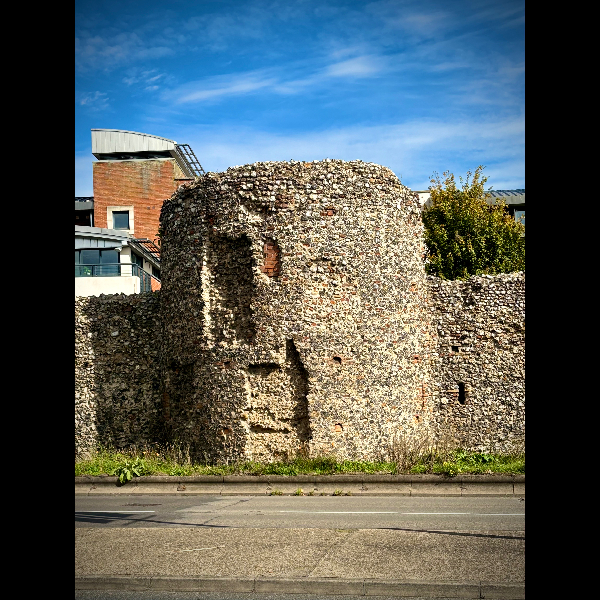
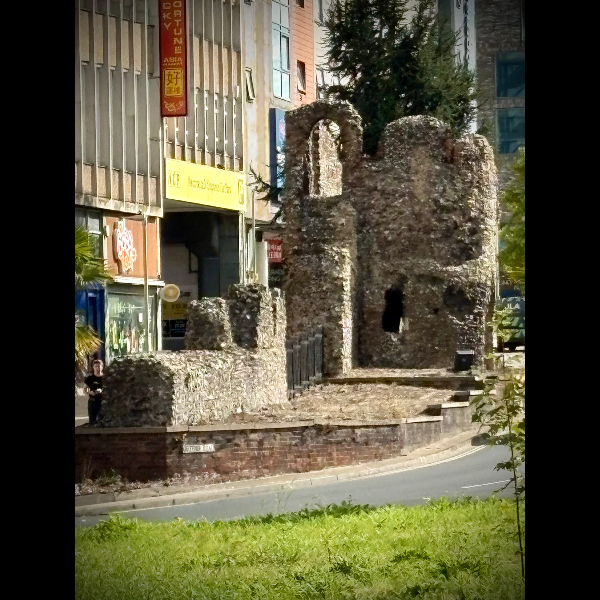
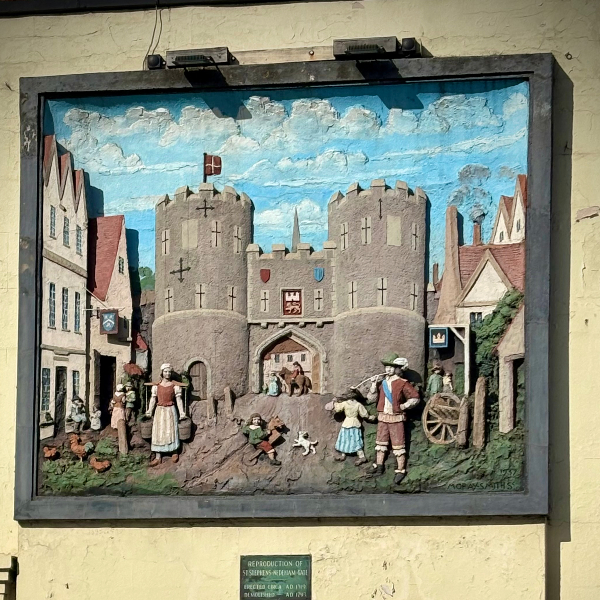
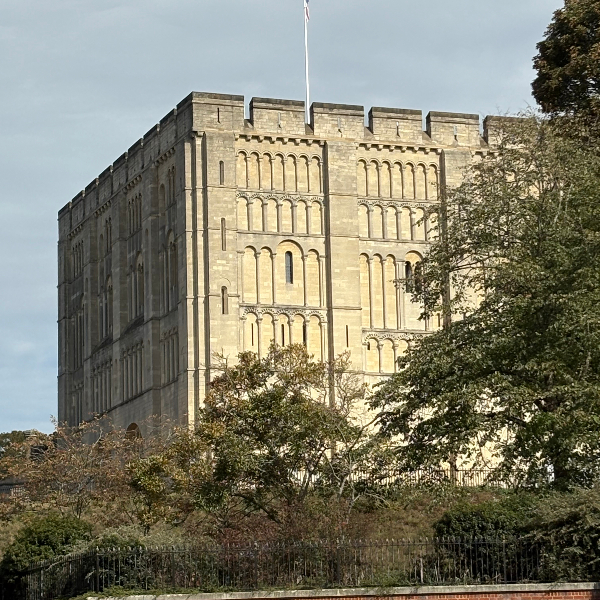
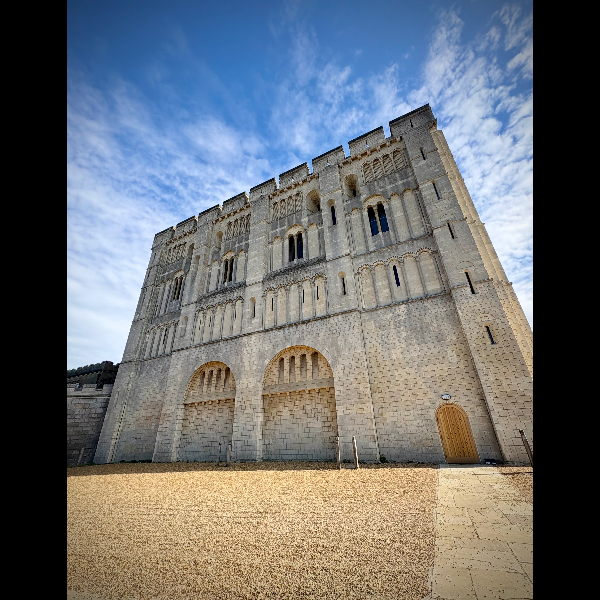
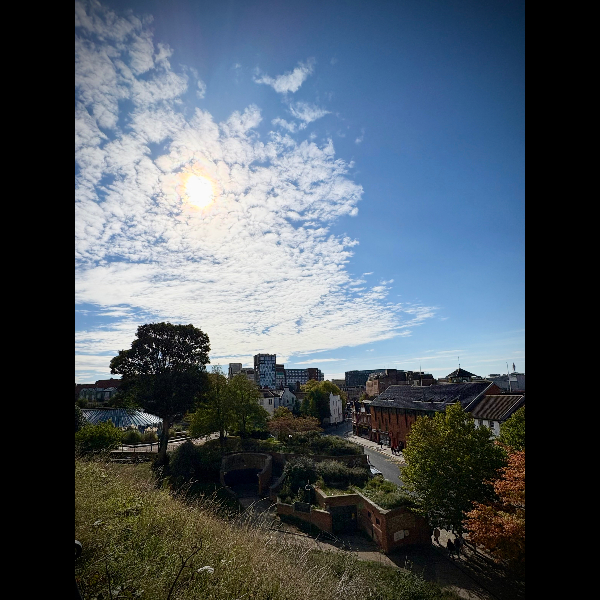
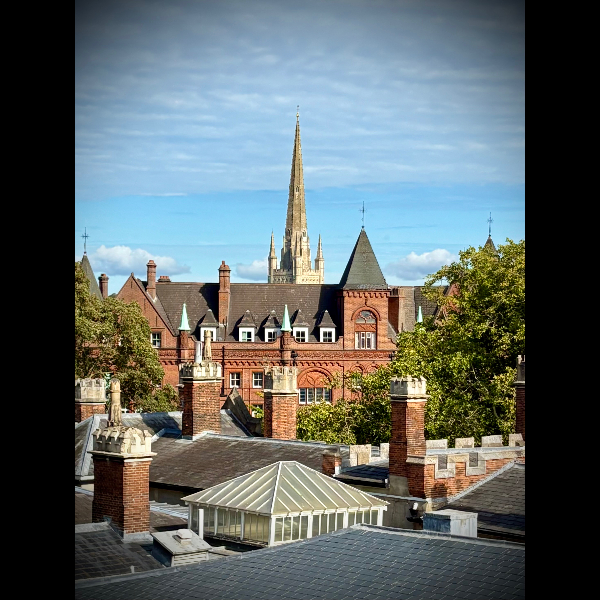
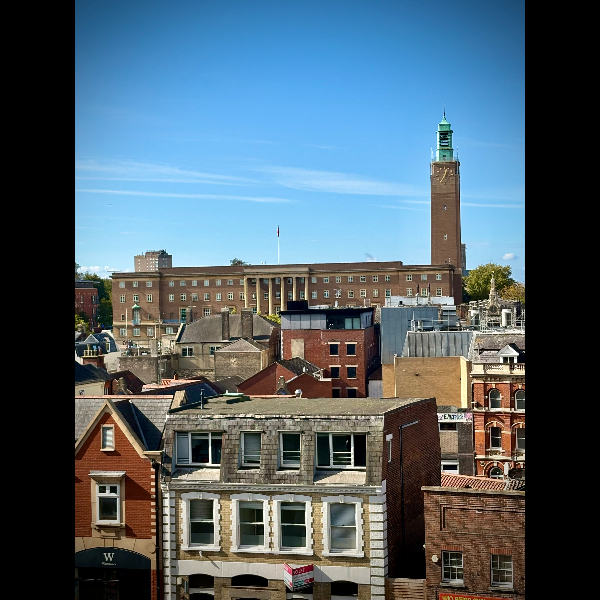
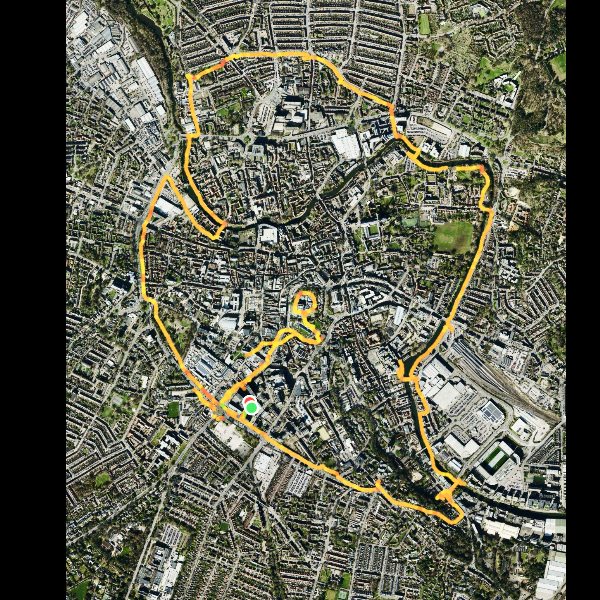






From George, Tamsyn and Tom